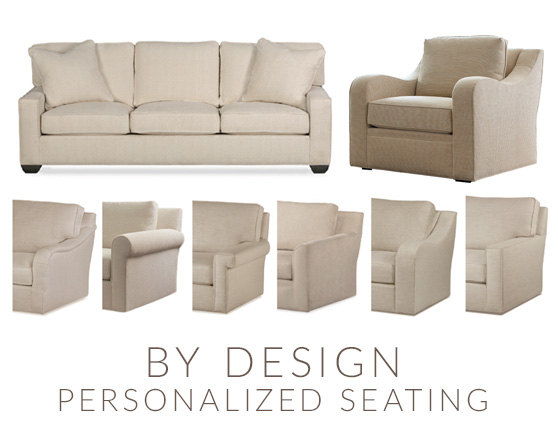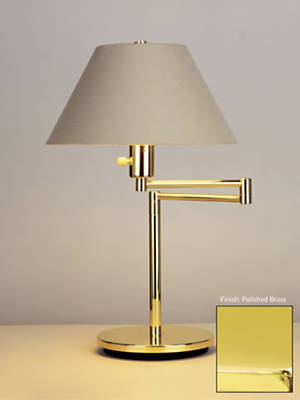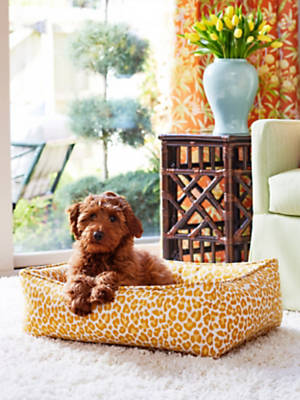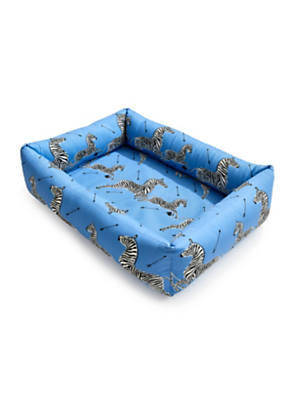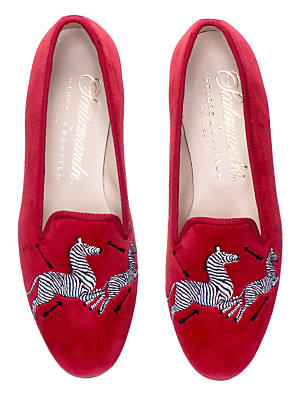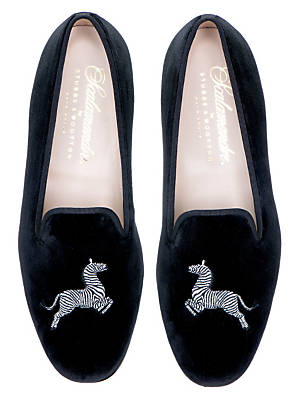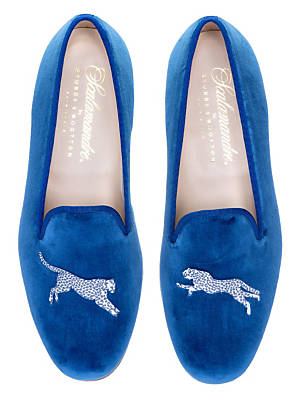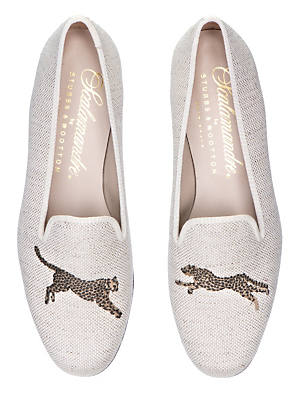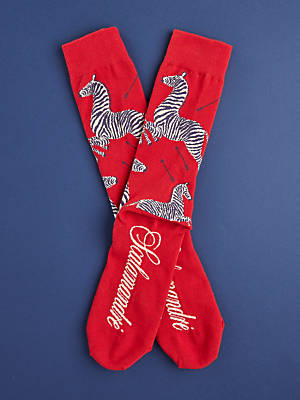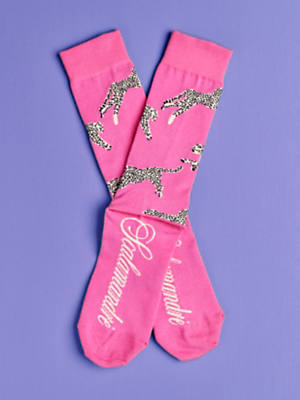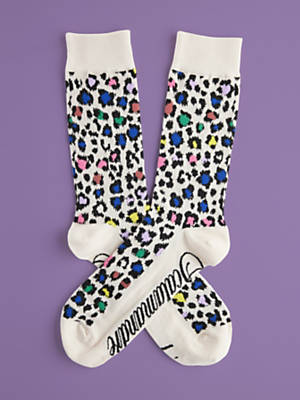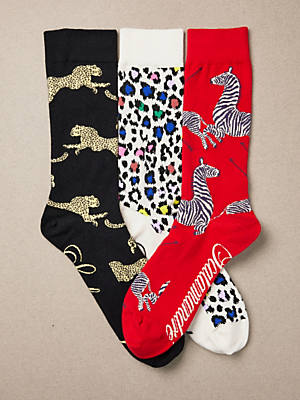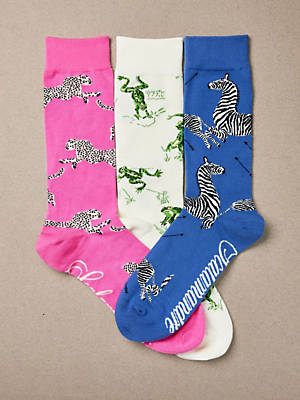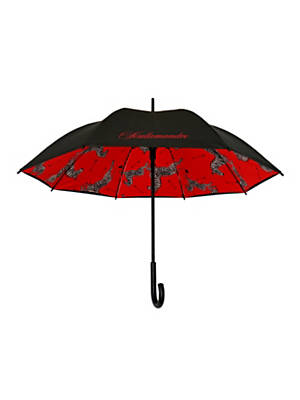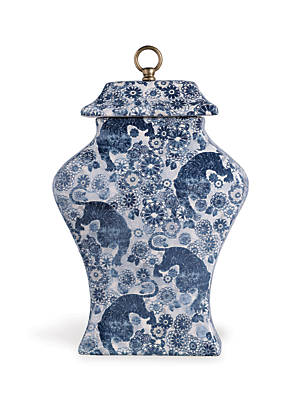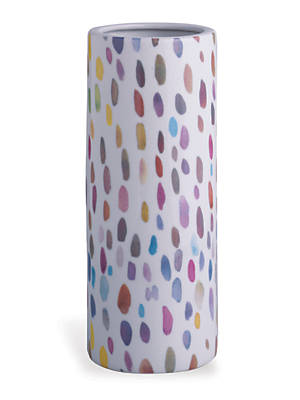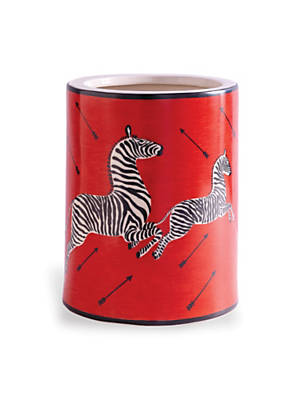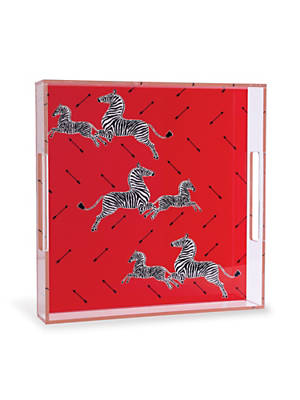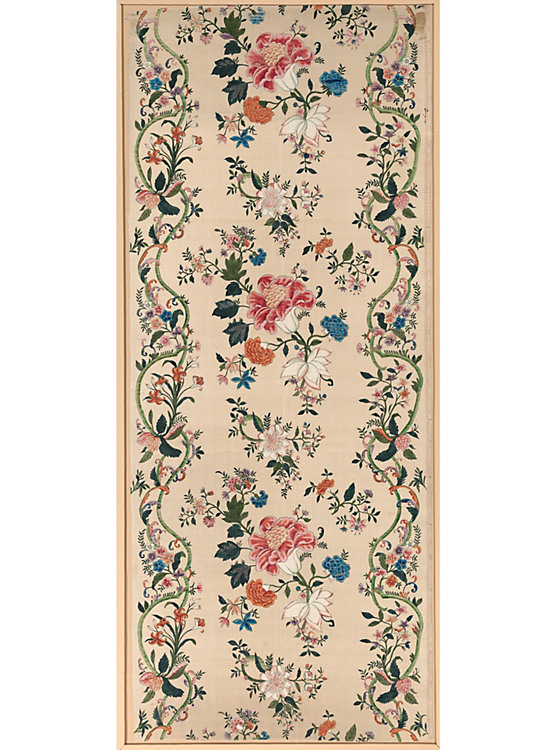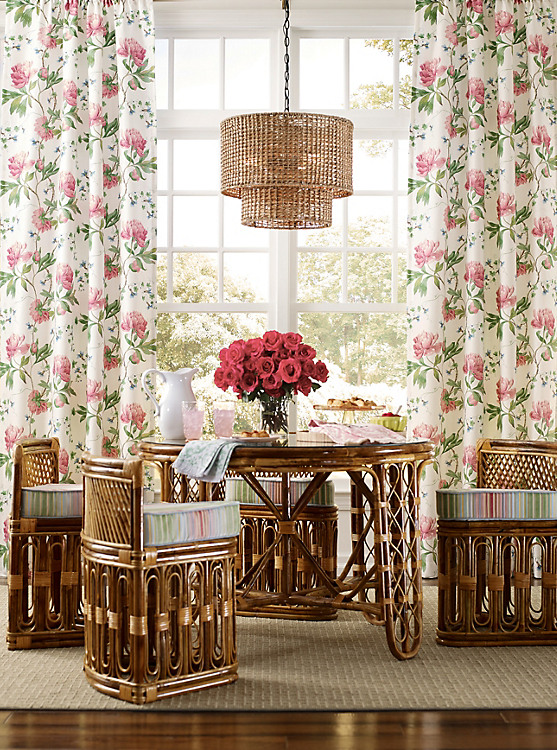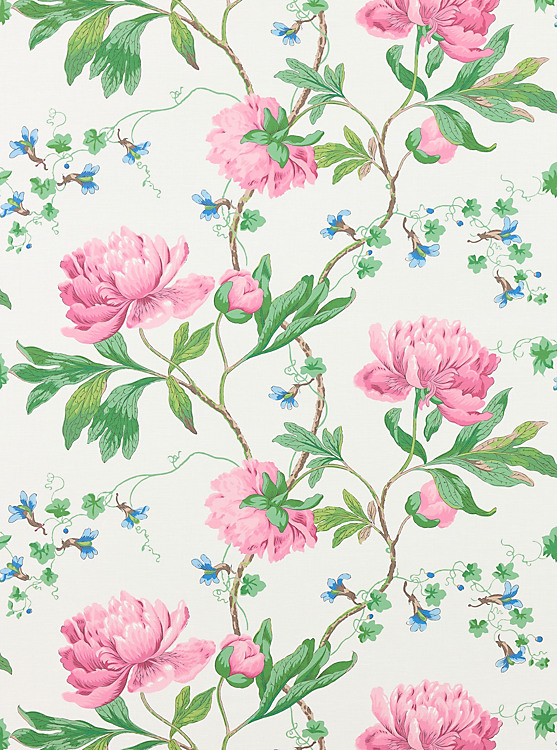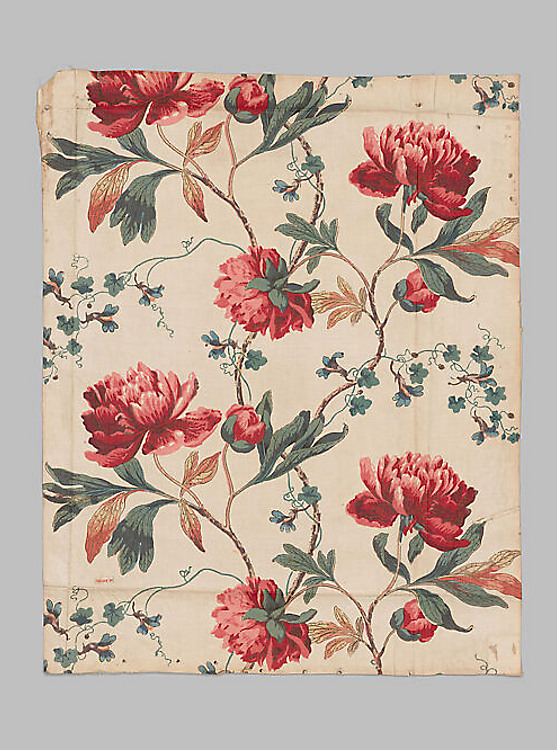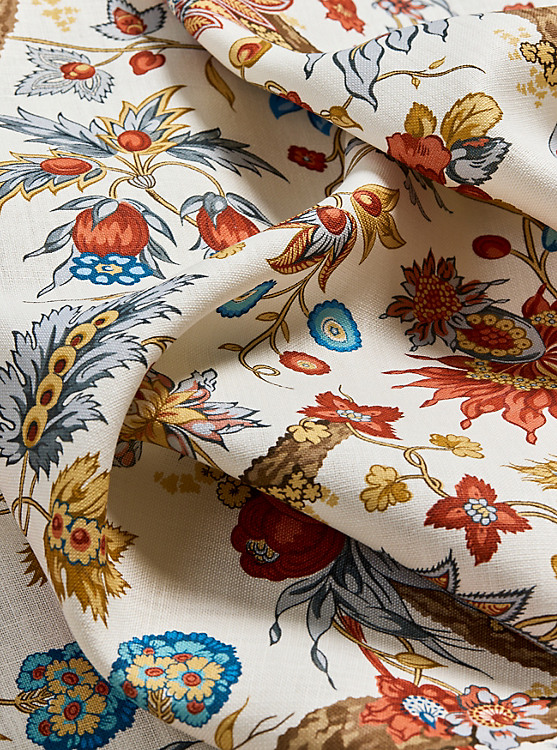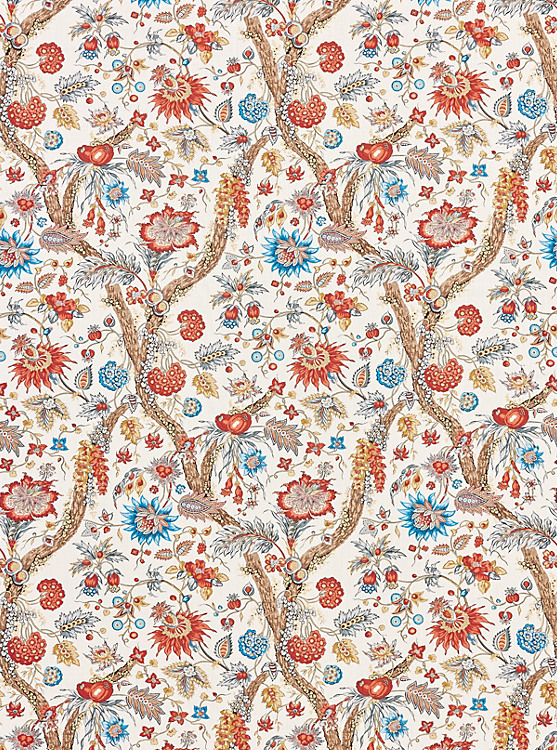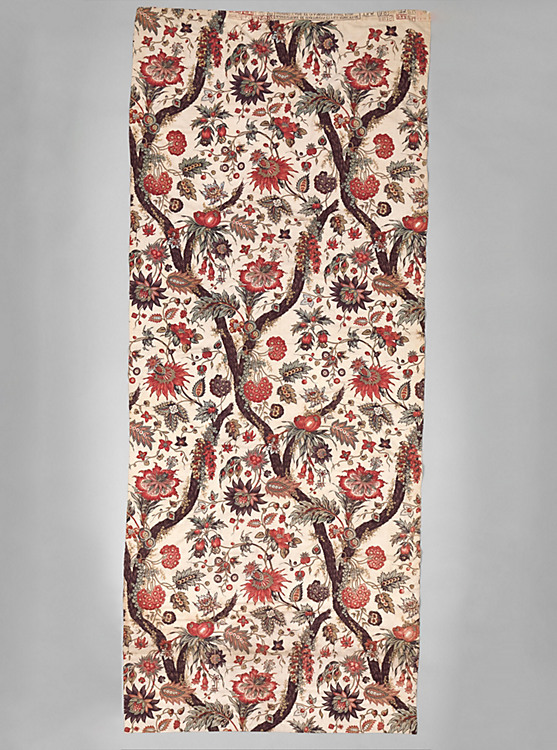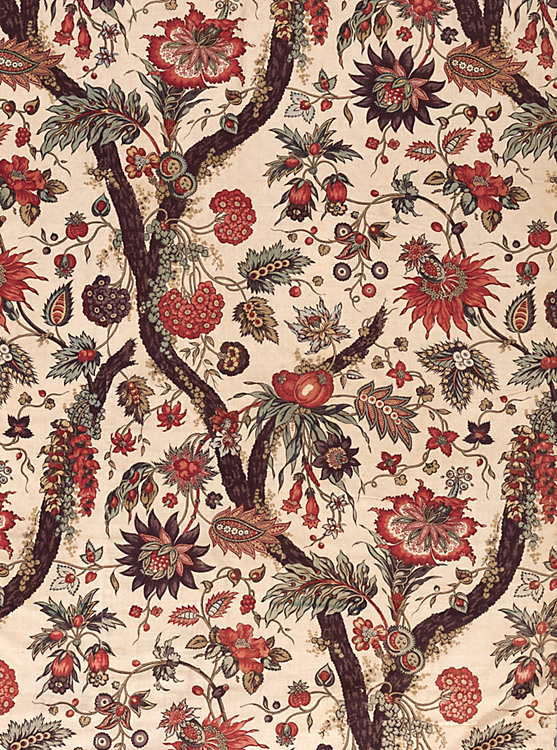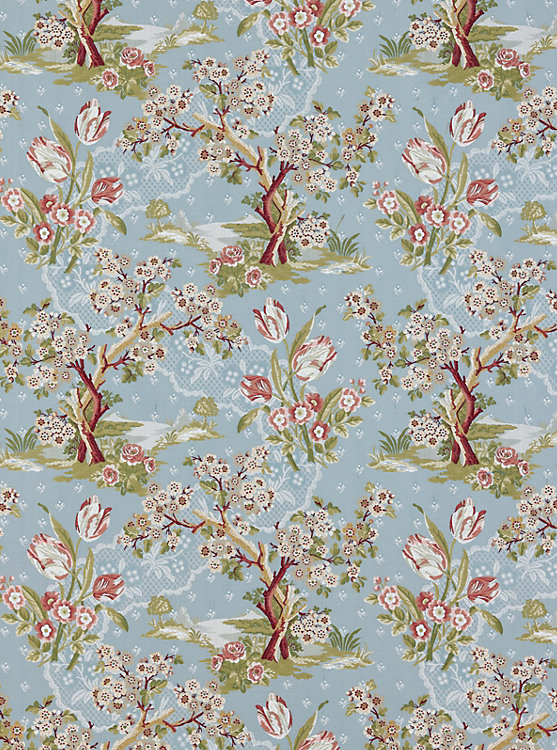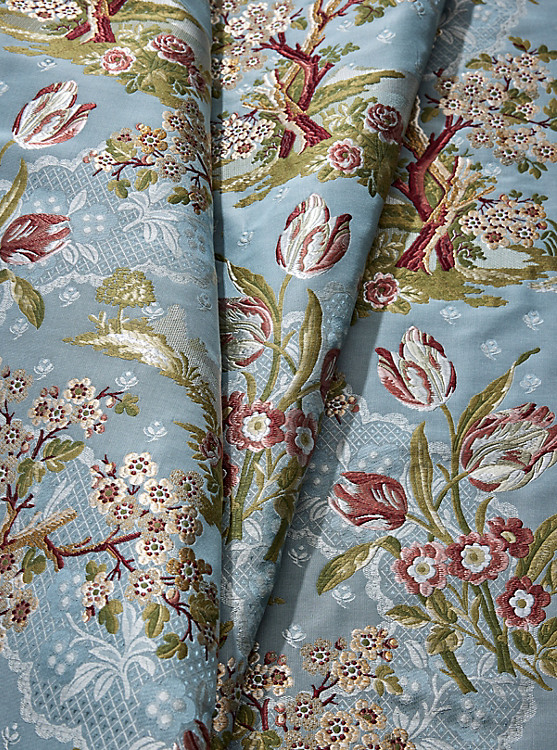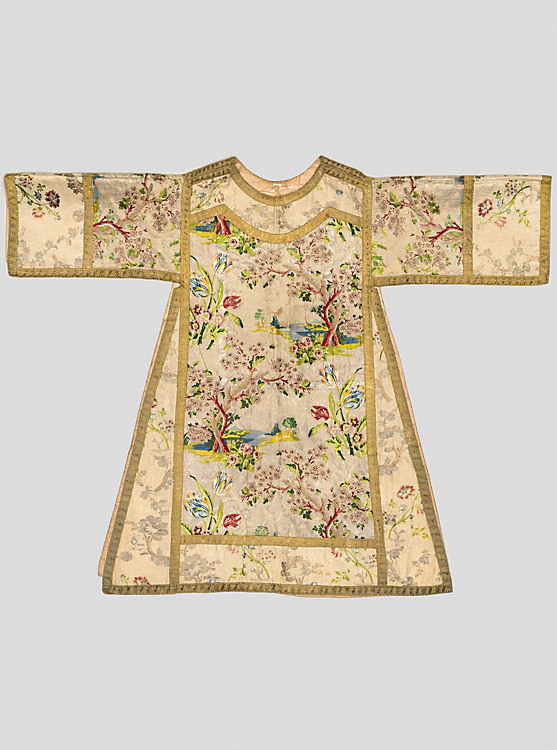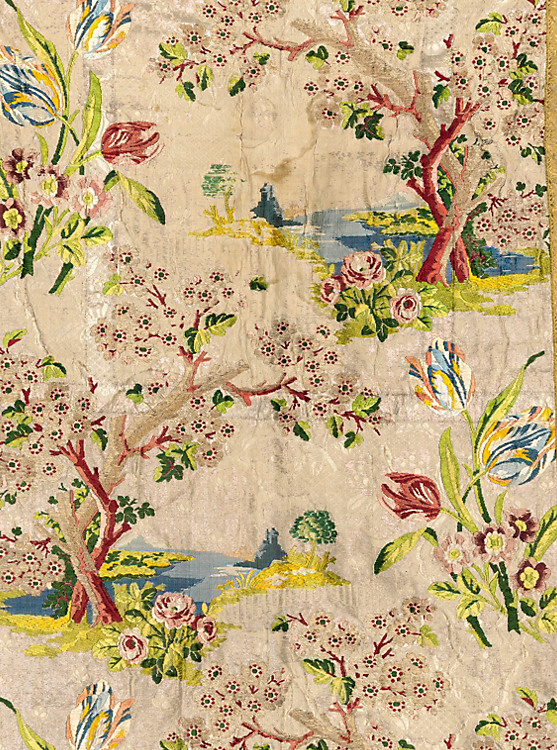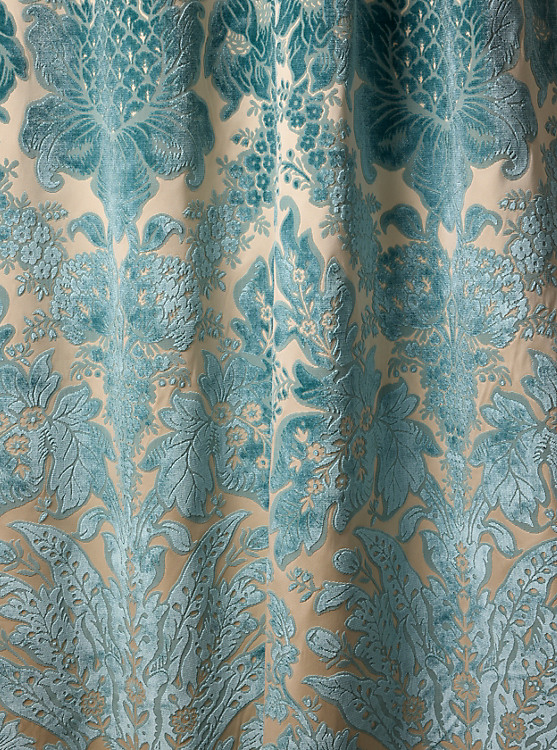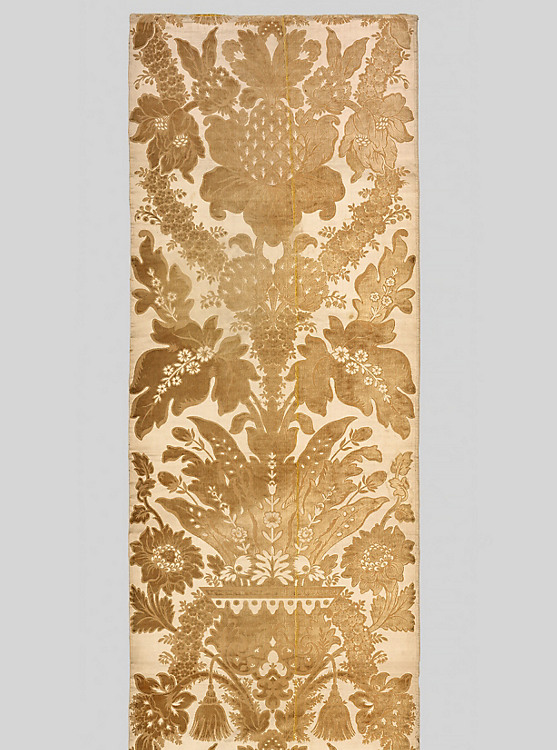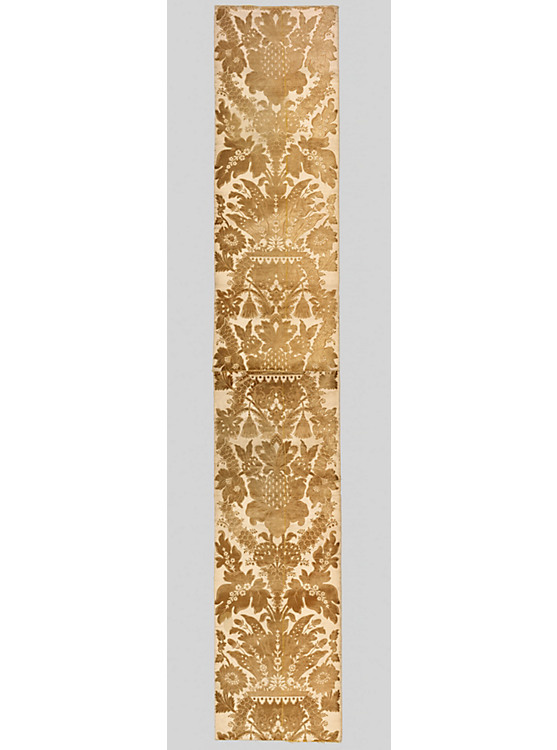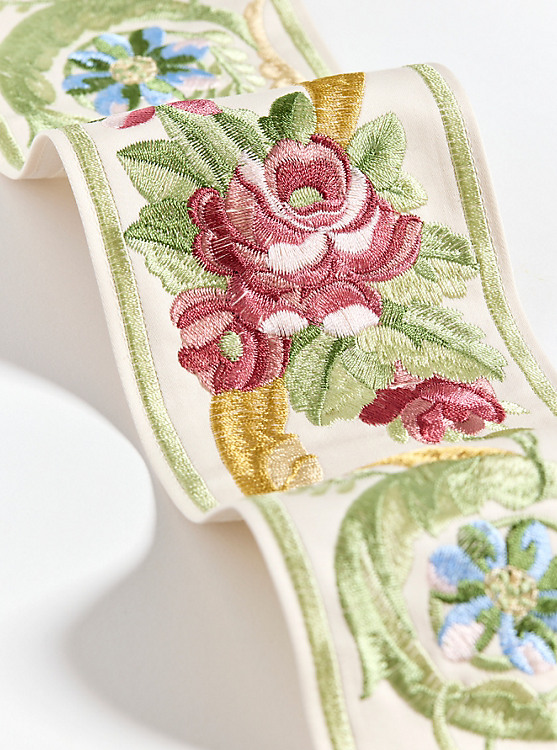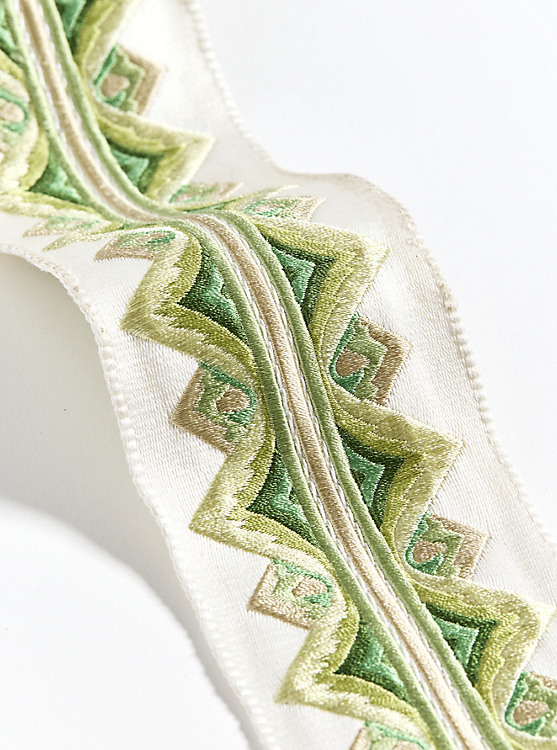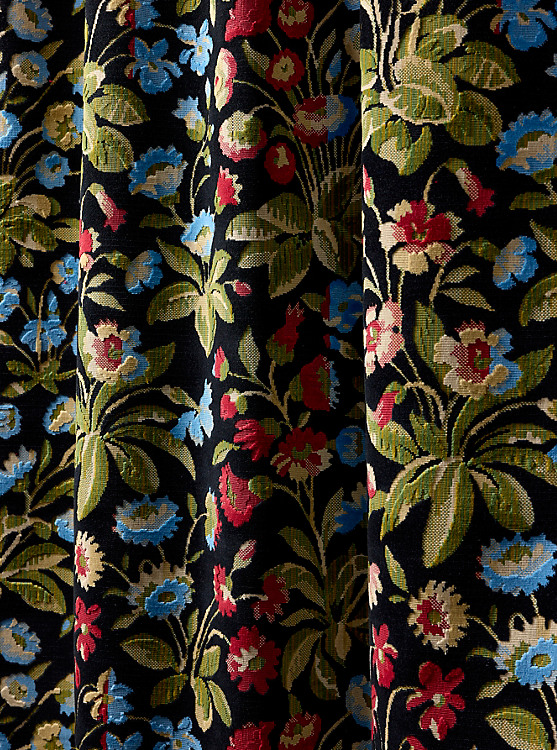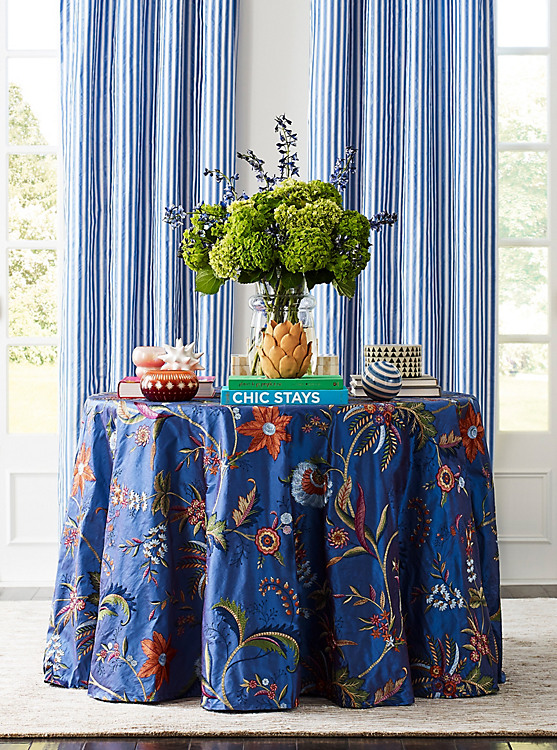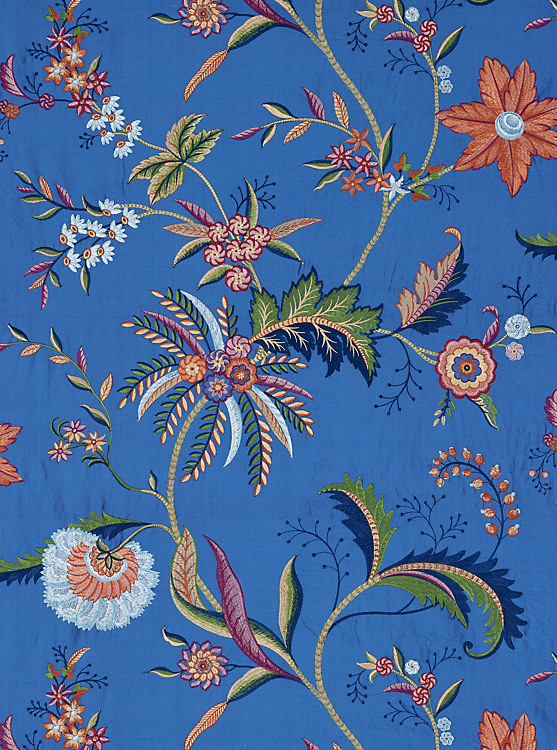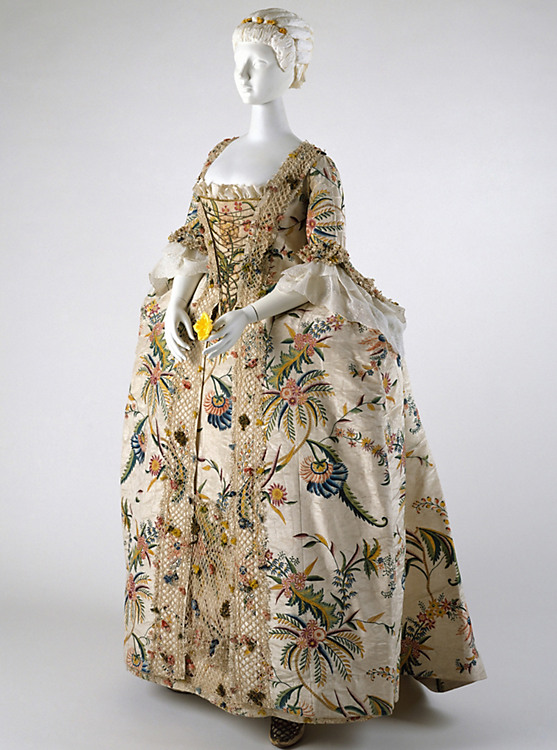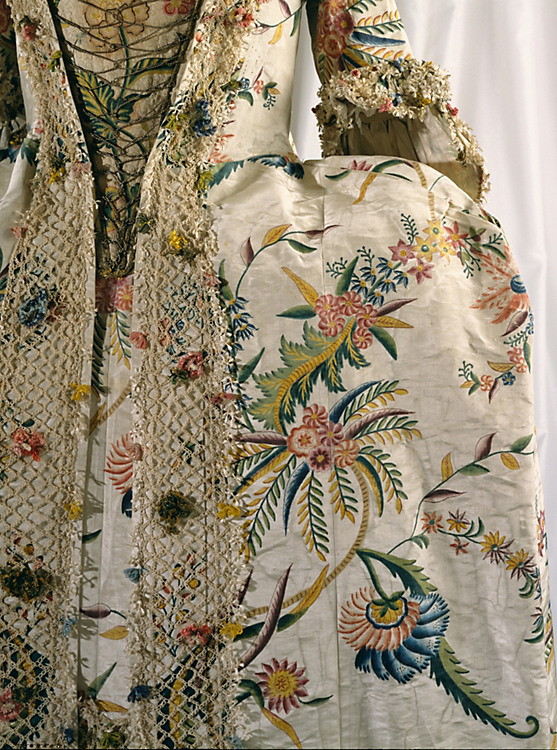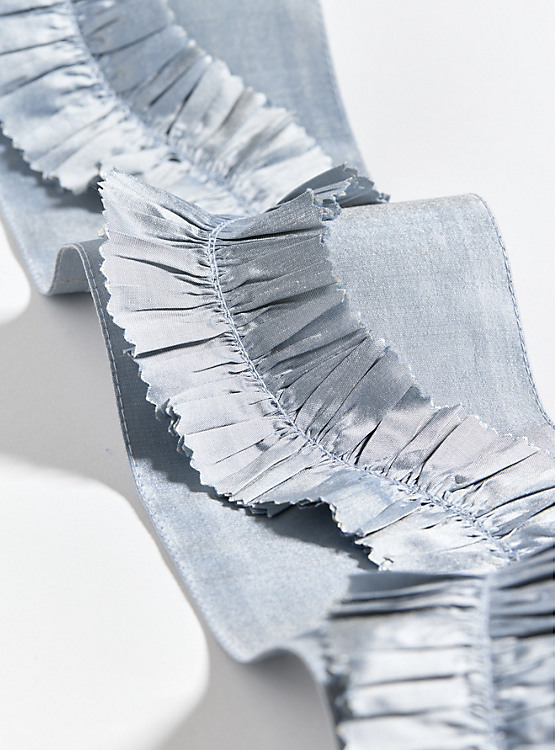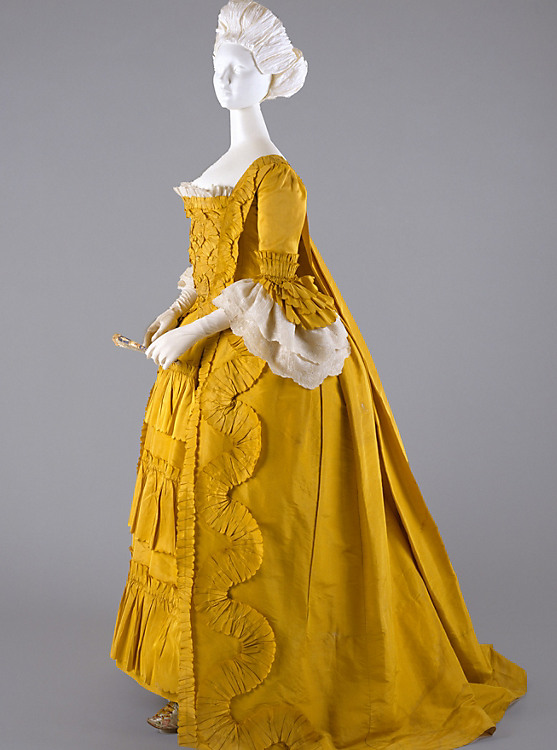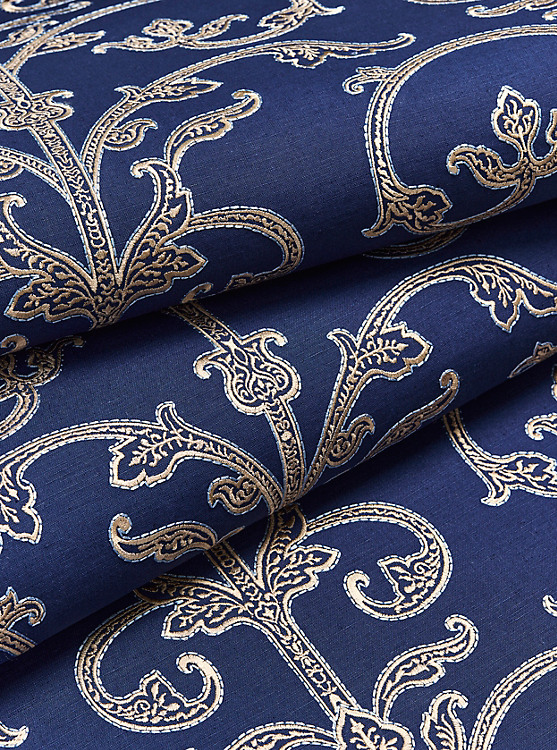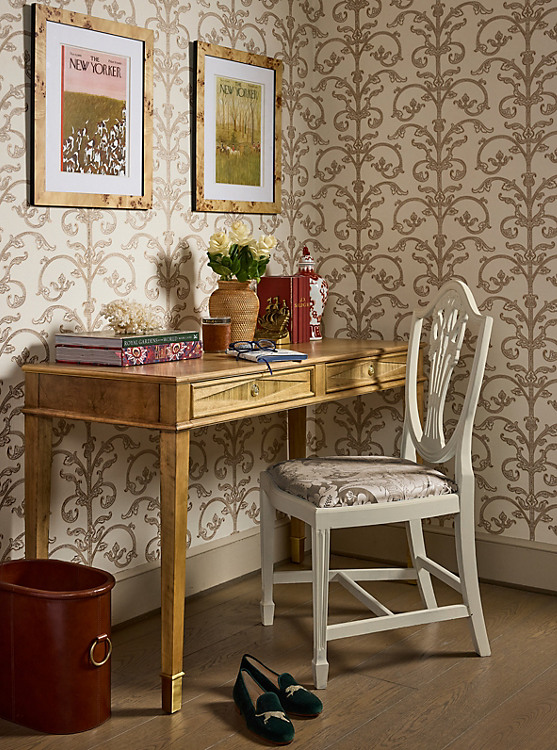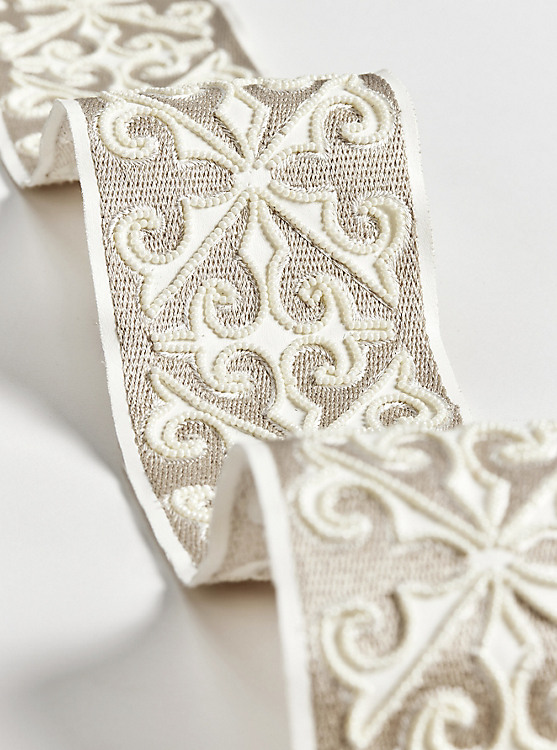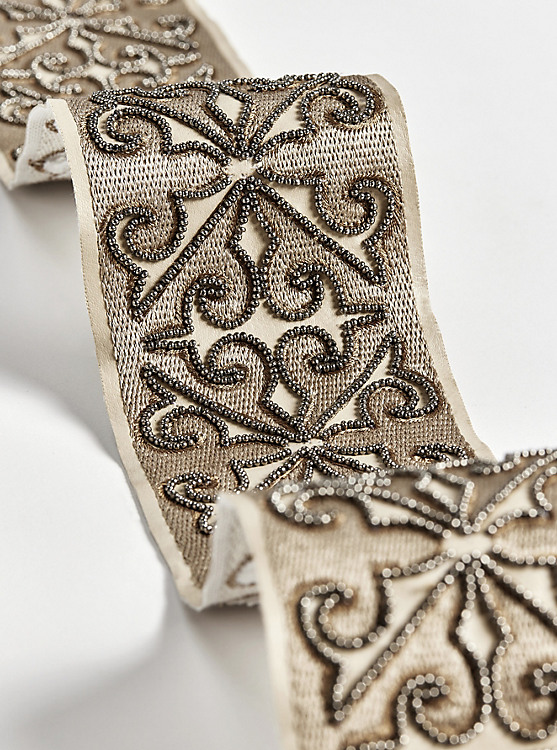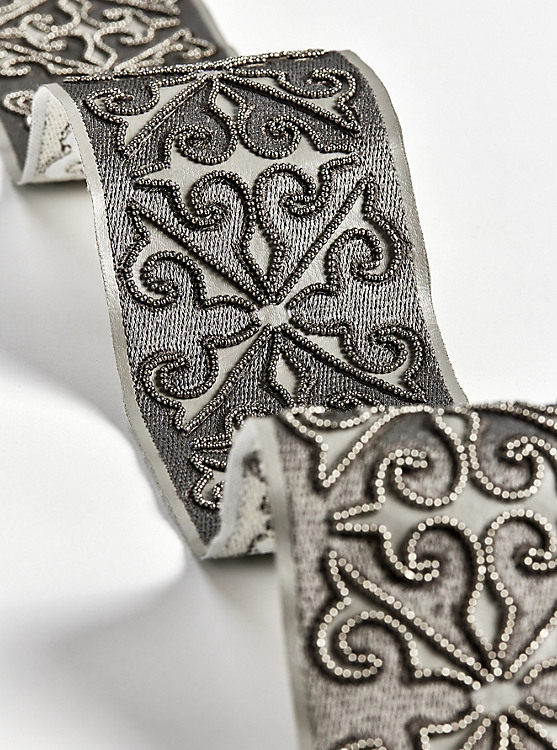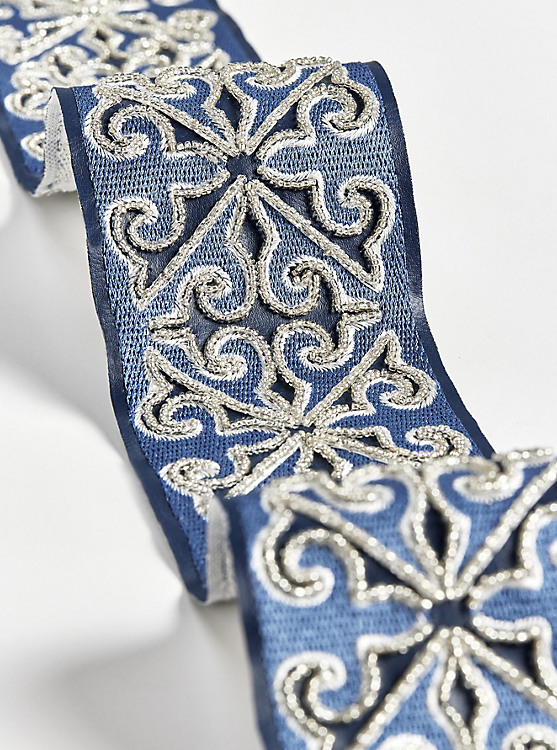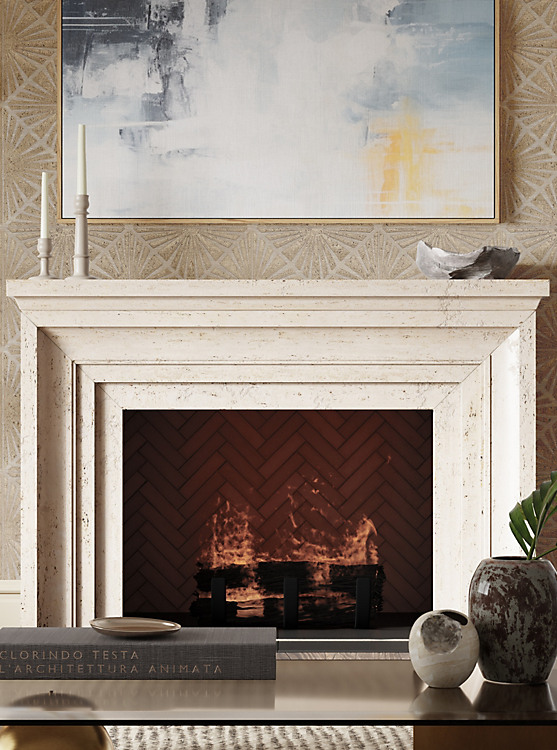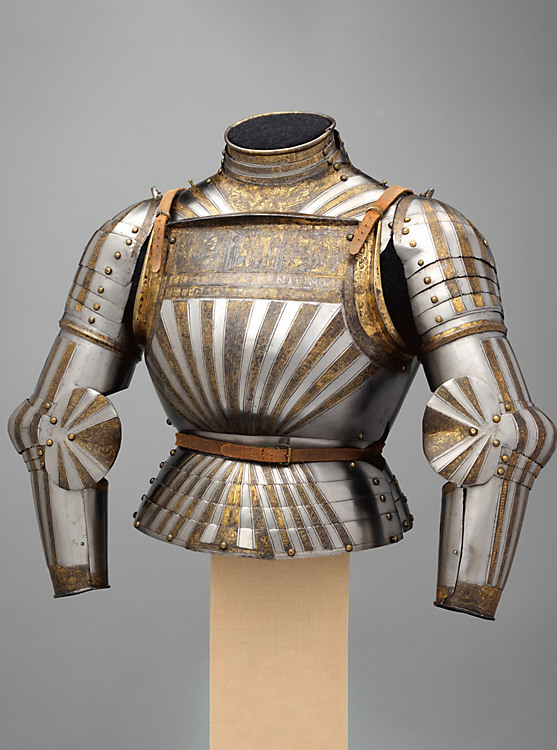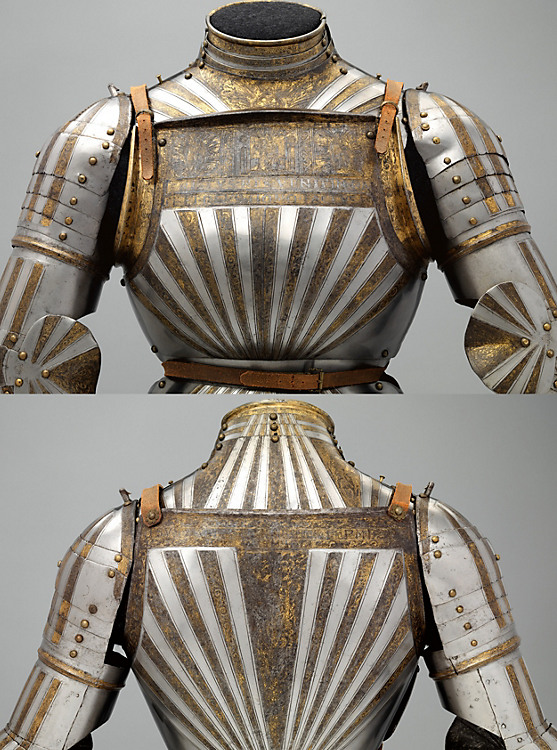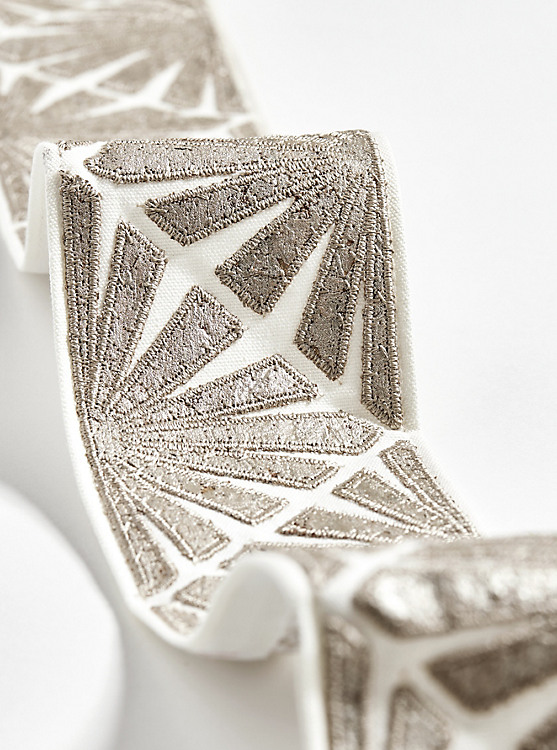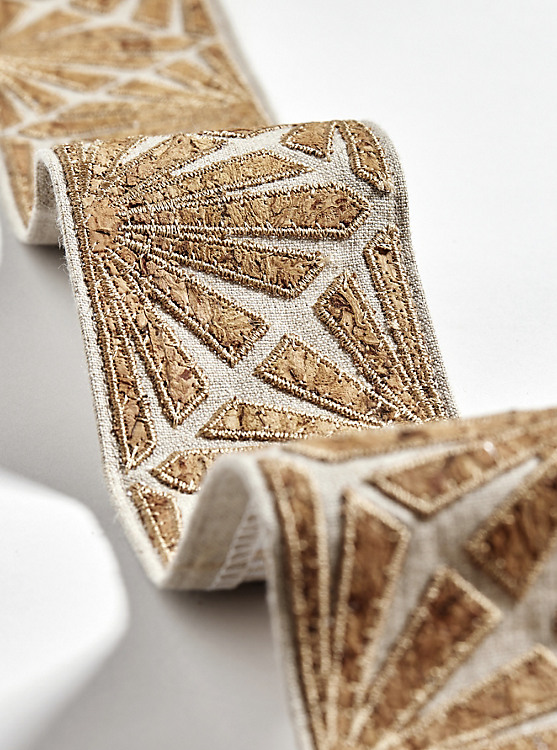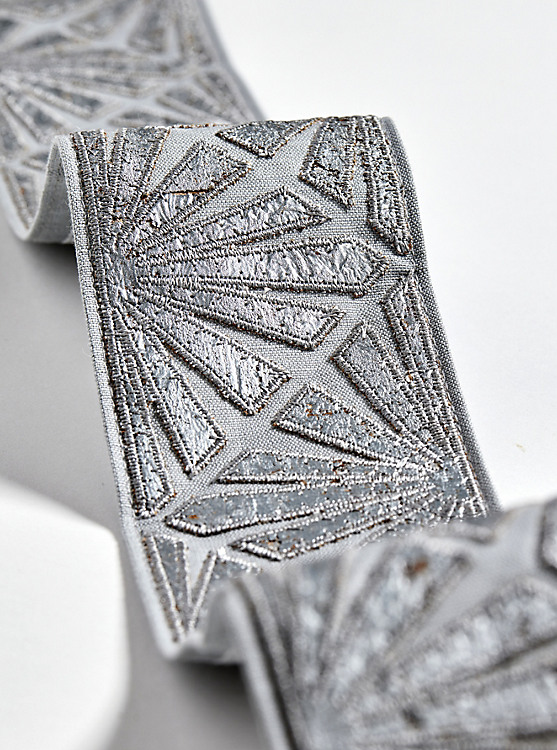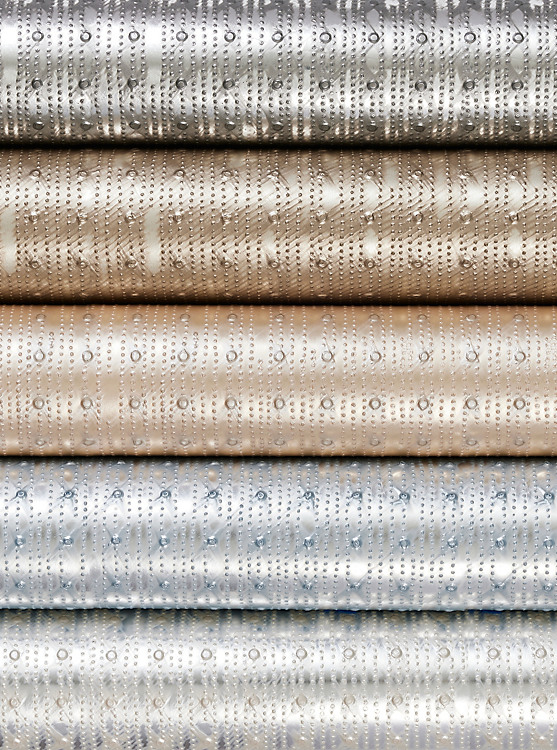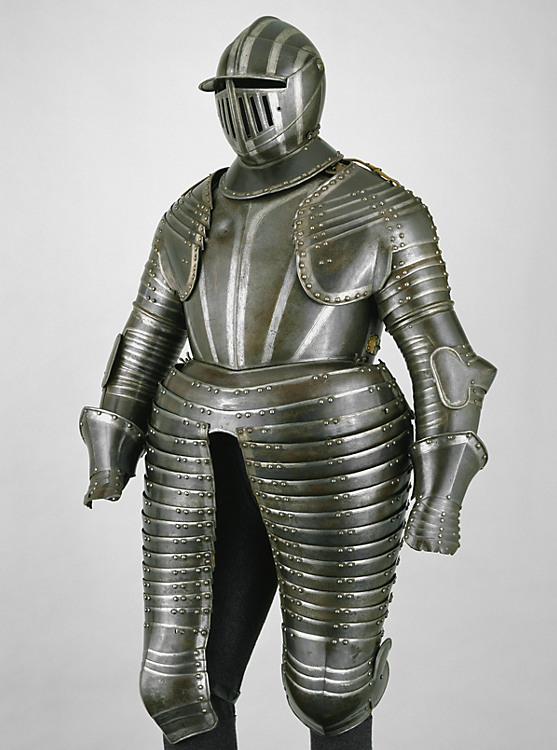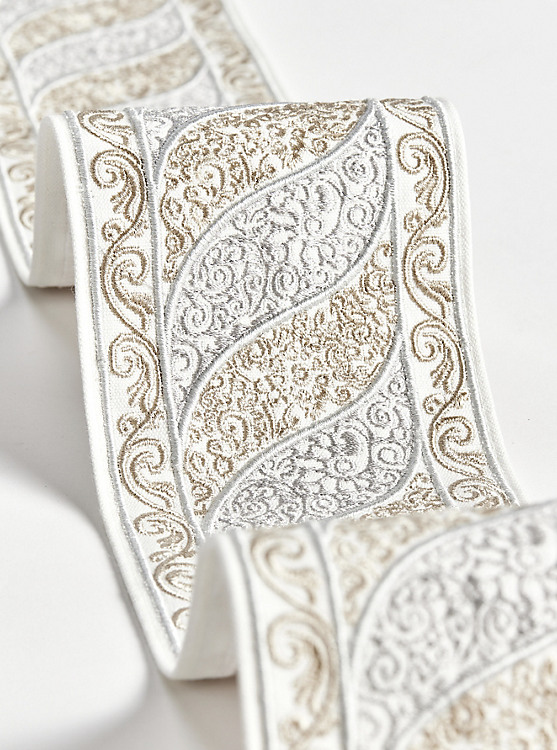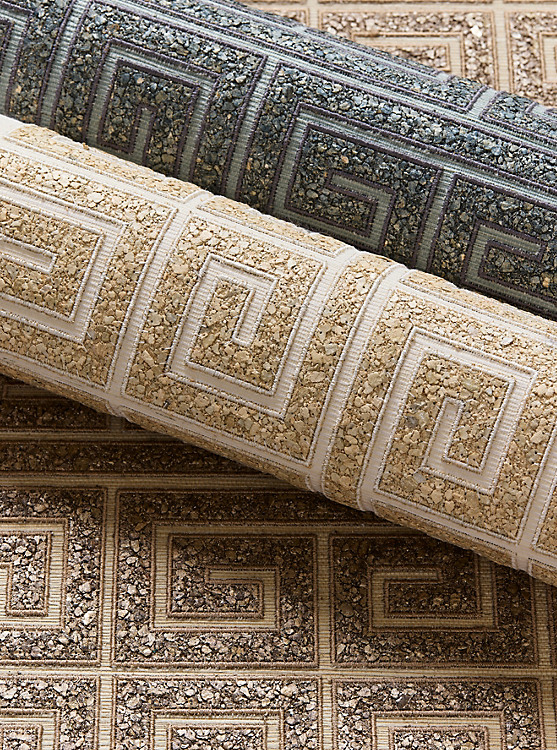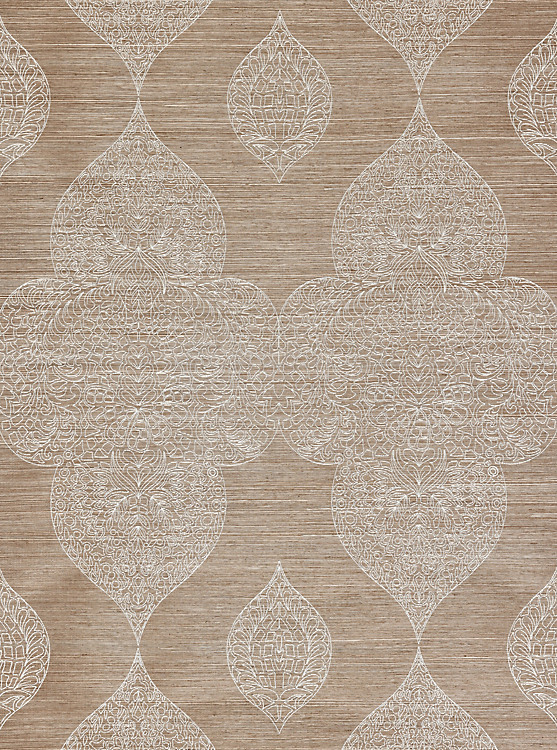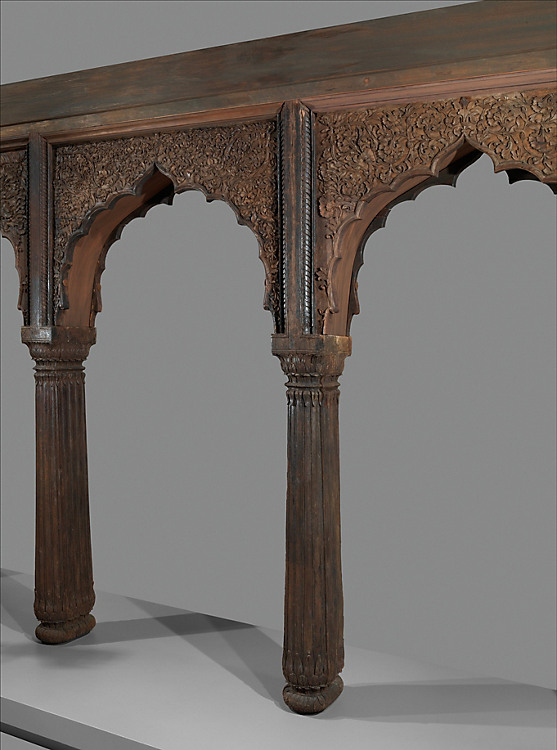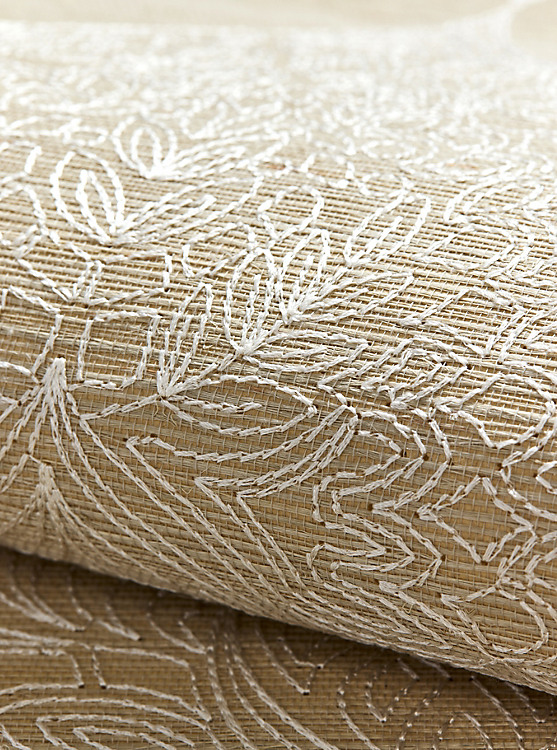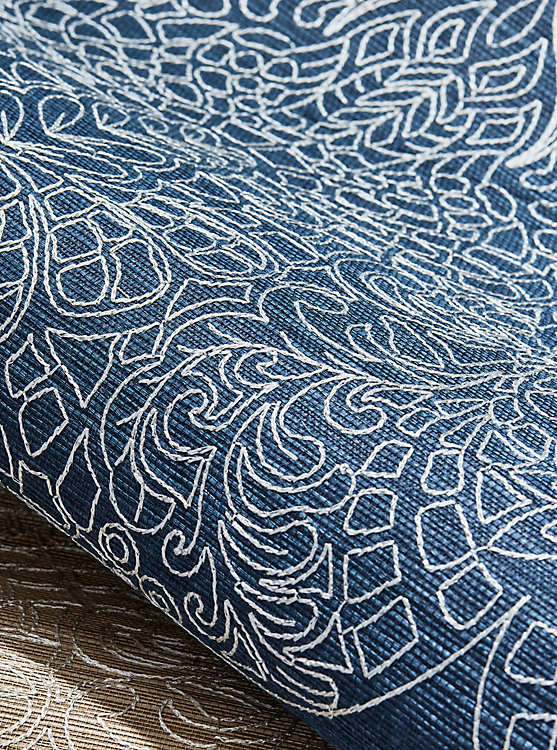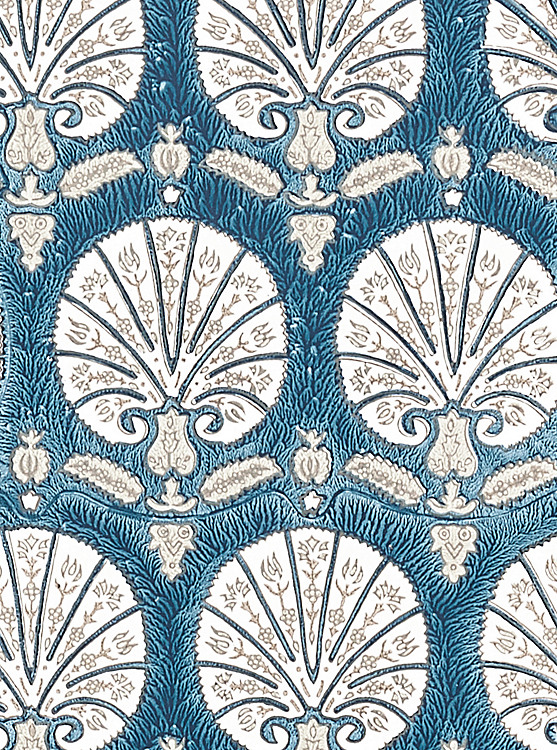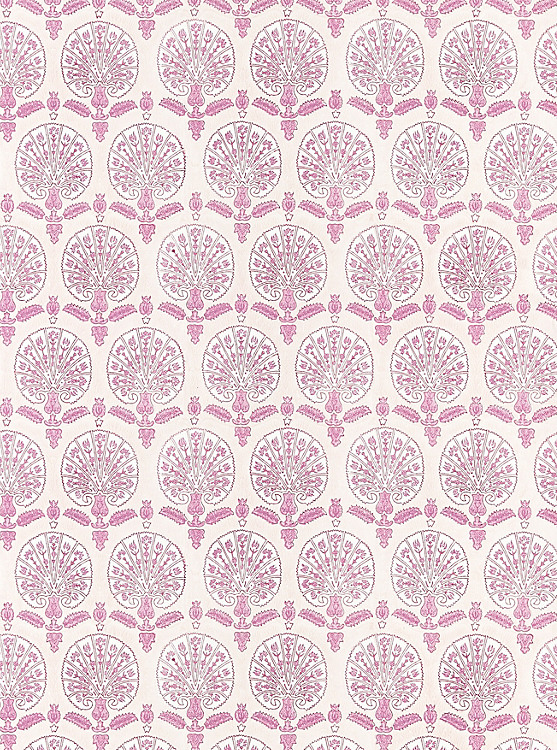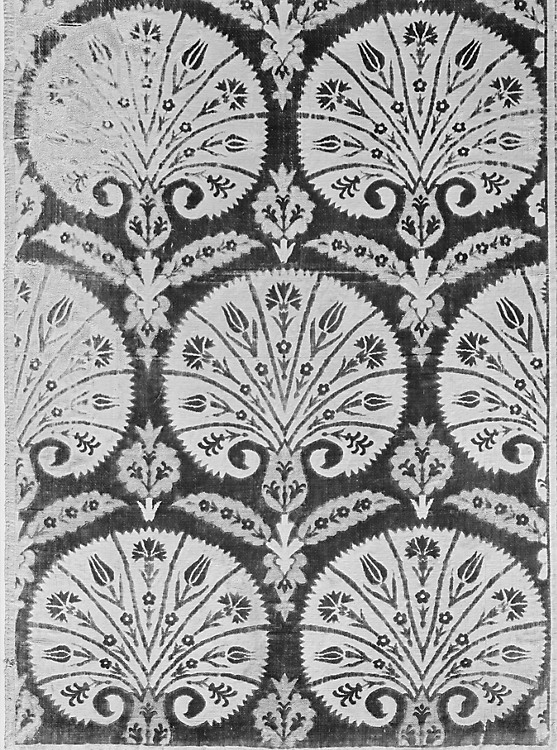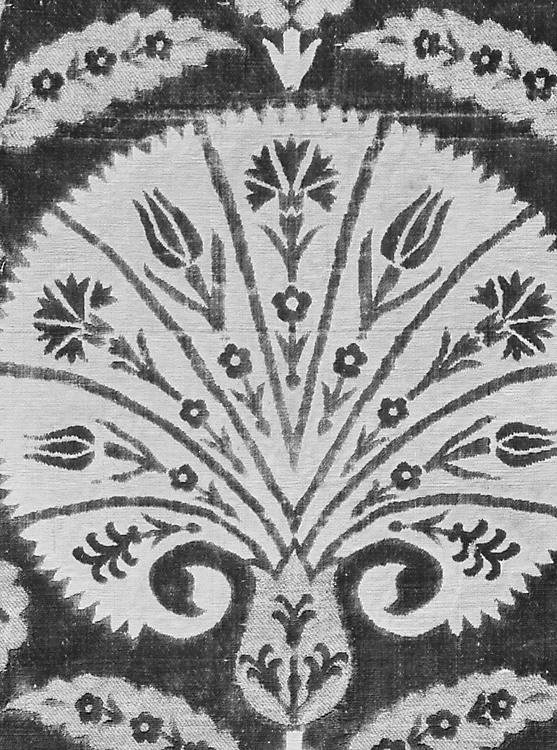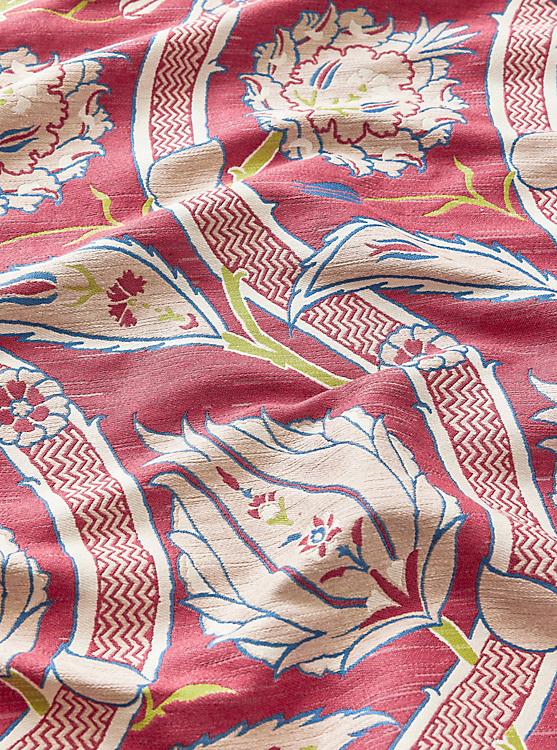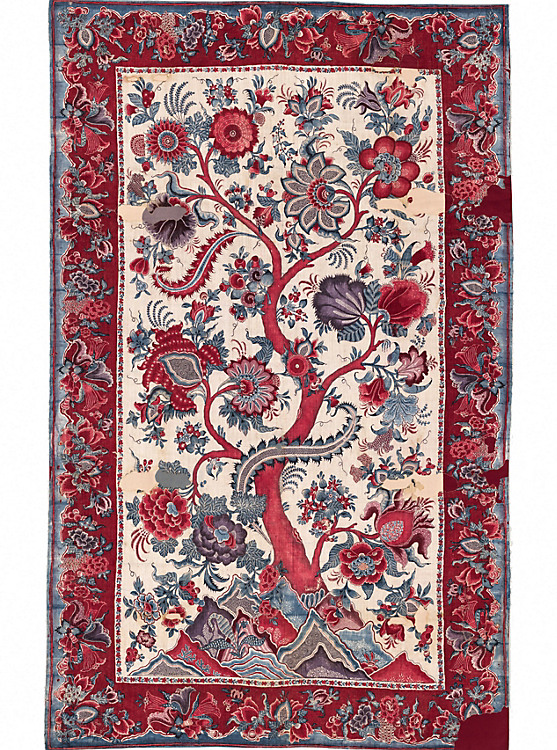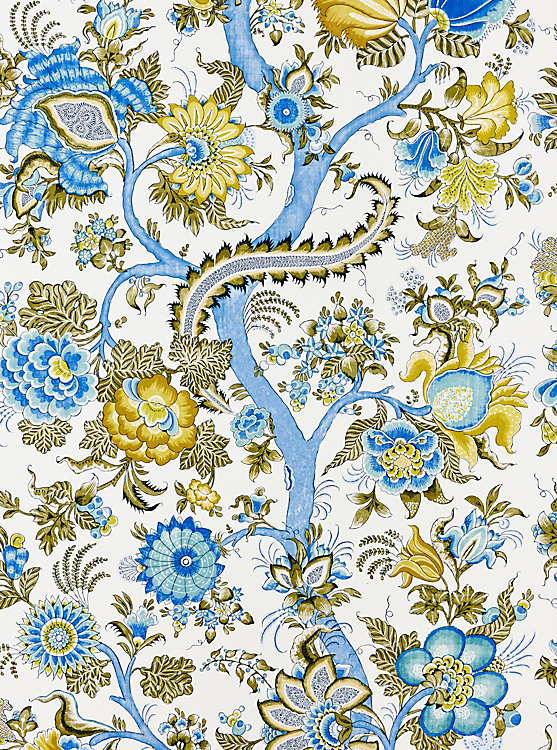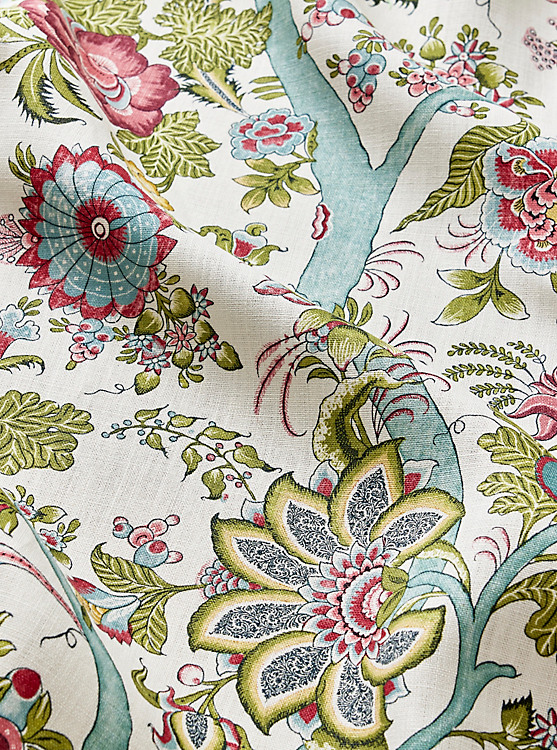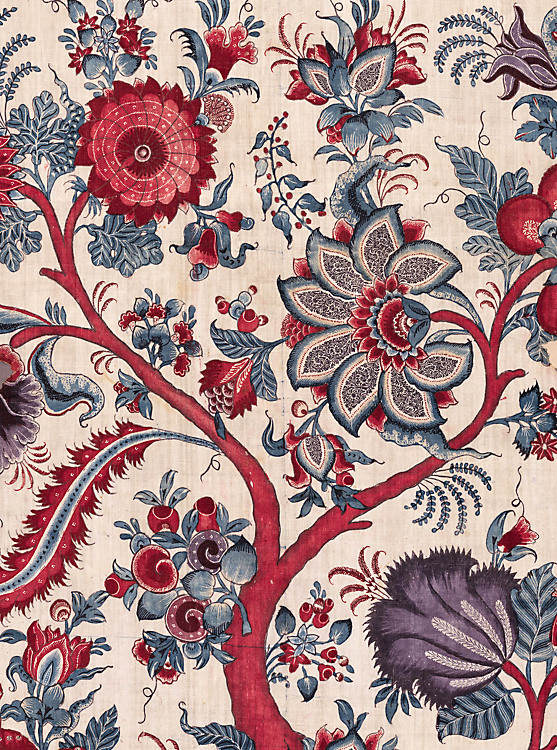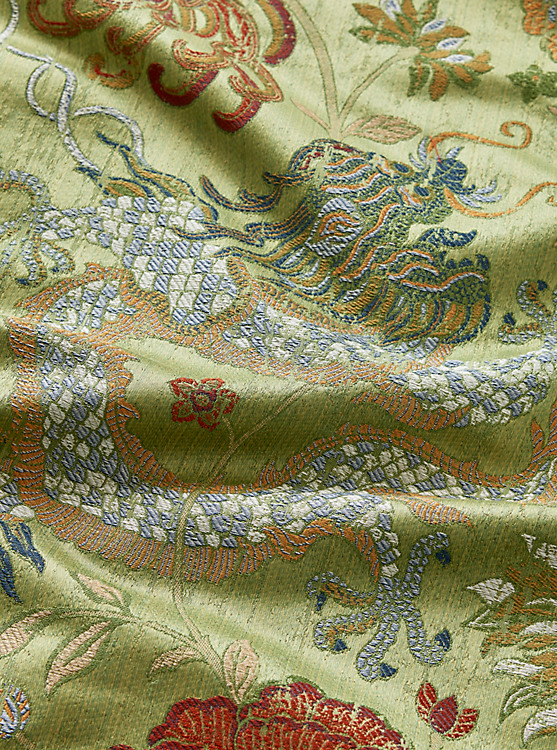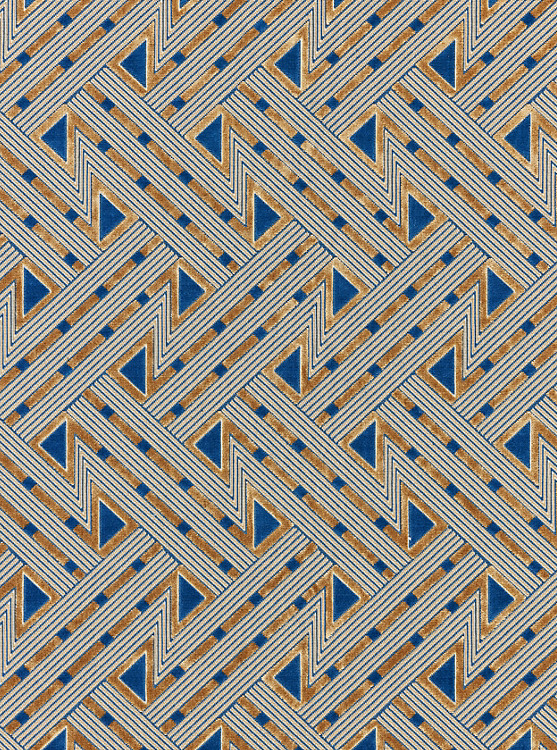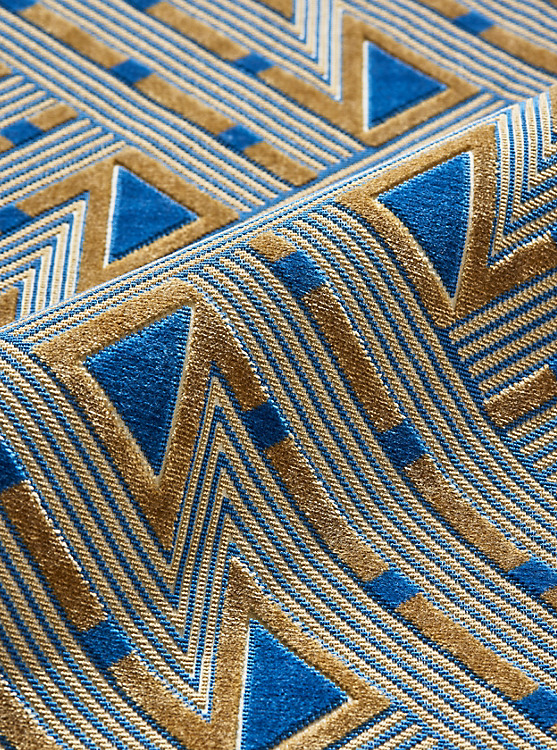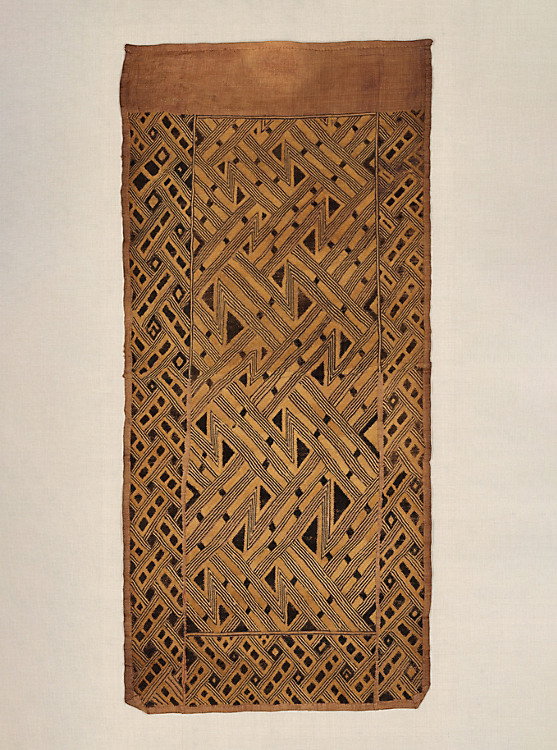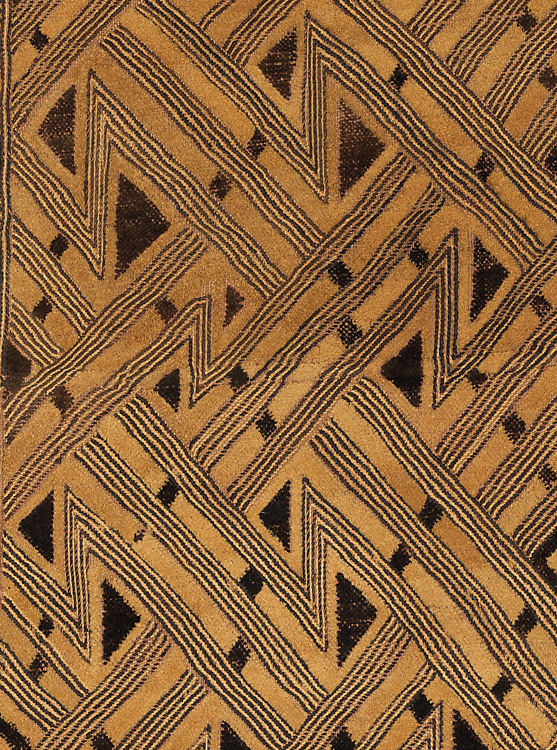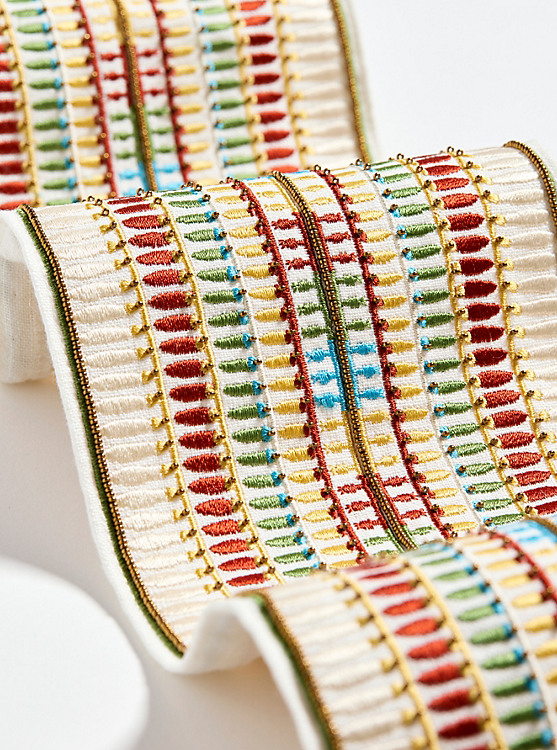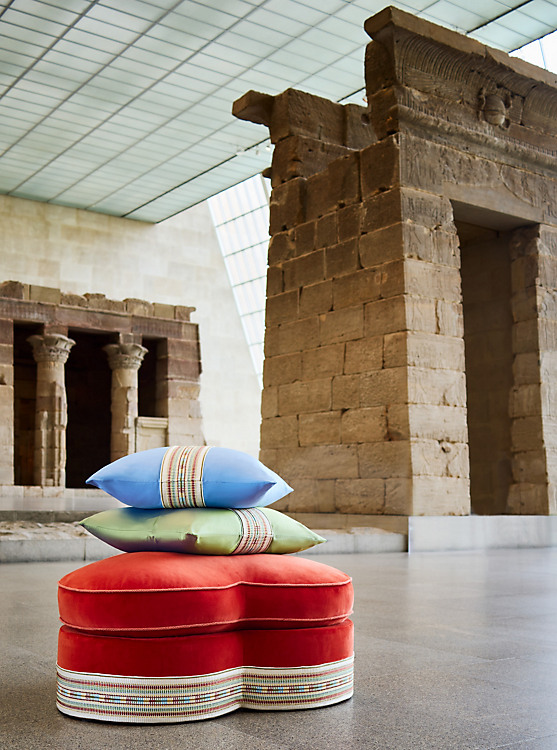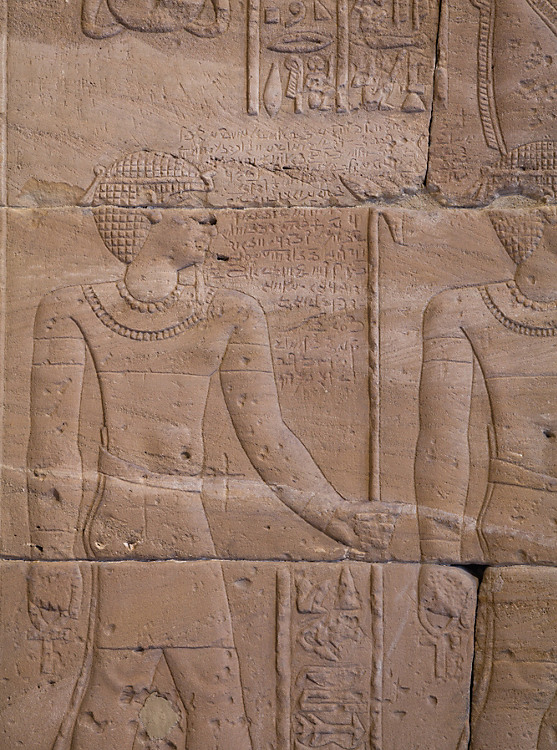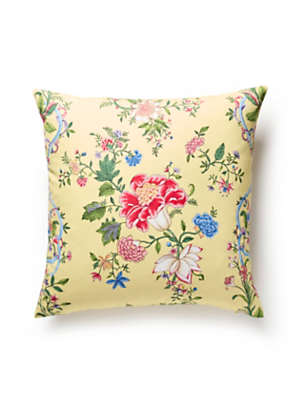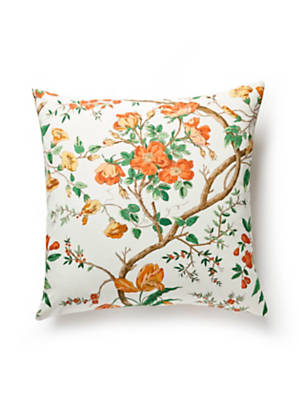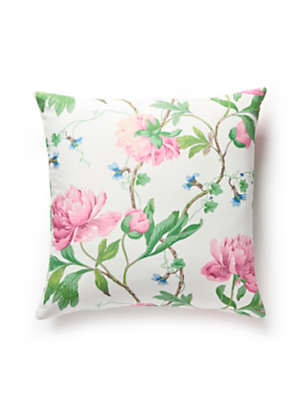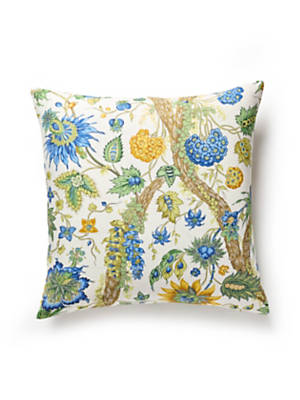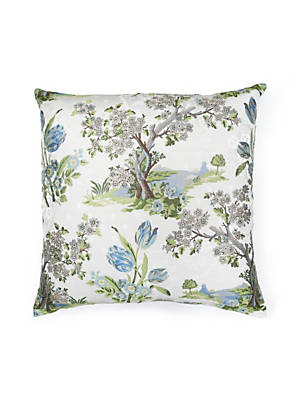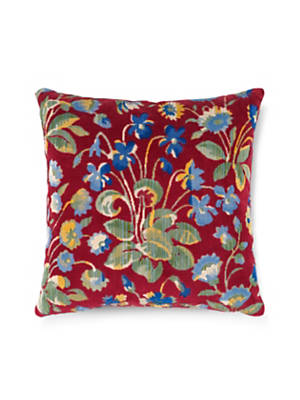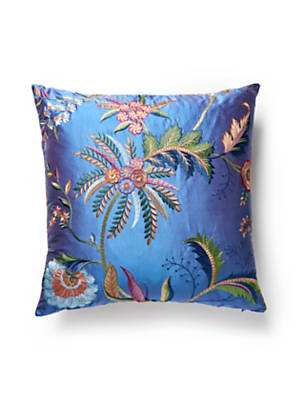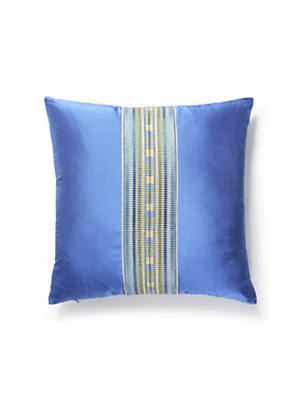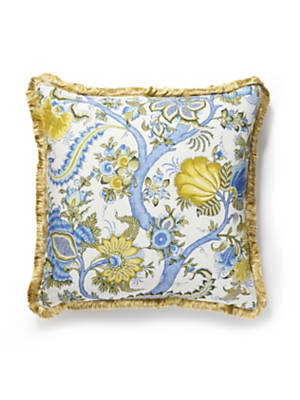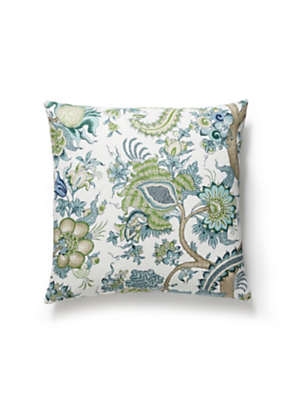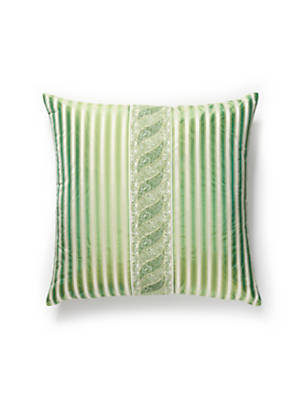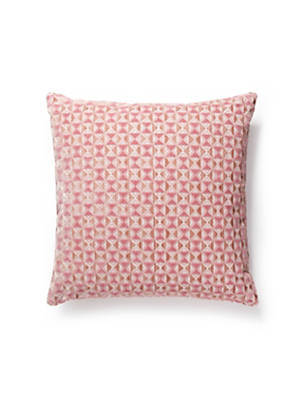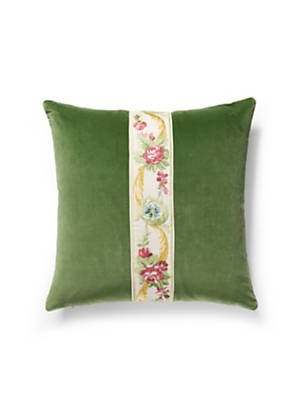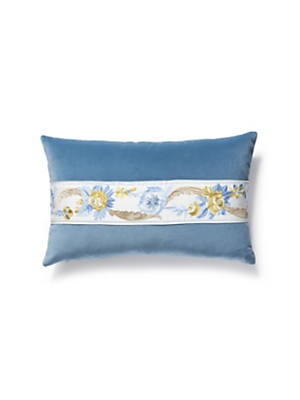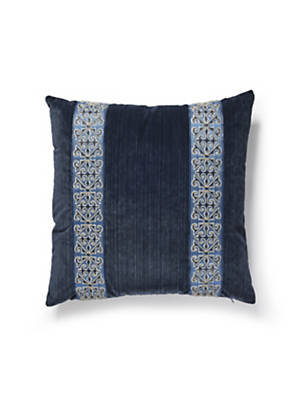 MY ACCOUNT & PROJECTS
MY ACCOUNT & PROJECTS
Your Cart
Your cart is empty.
$0.00

The Metropolitan Museum Of Art
Fabric, Wallcovering & Trimming
collection
This captivating collection, created in collaboration with The Met, draws on artworks and objects from across nine of The Met’s 17 curatorial departments to create a rich mosaic of historical narratives. Each design is a celebration of artisanship, inspired by exquisite forms and cultural traditions. Following our first collaboration with The Met in the 1970s, we bring museum magic into the home once again in homage to history and the grand beauty of art.
• Shop the Collection - Quick Look
• Explore by Curatorial Department
• Pillows
Scalamandré offerings inspired by The Met's curatorial departments
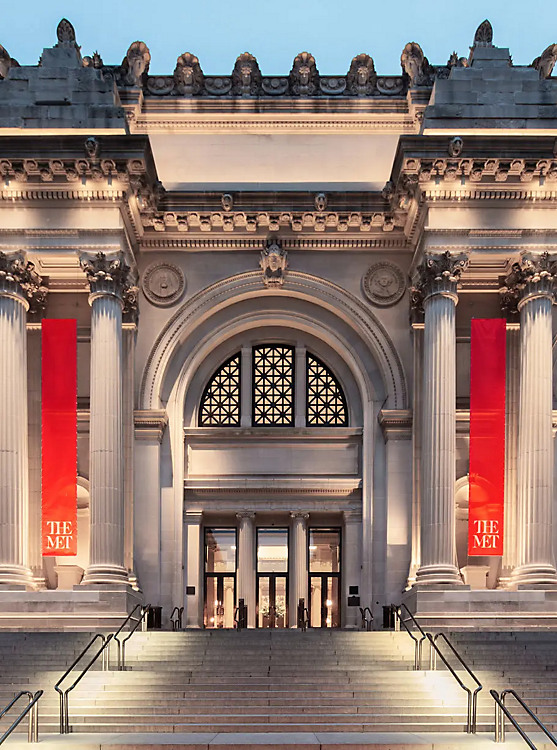
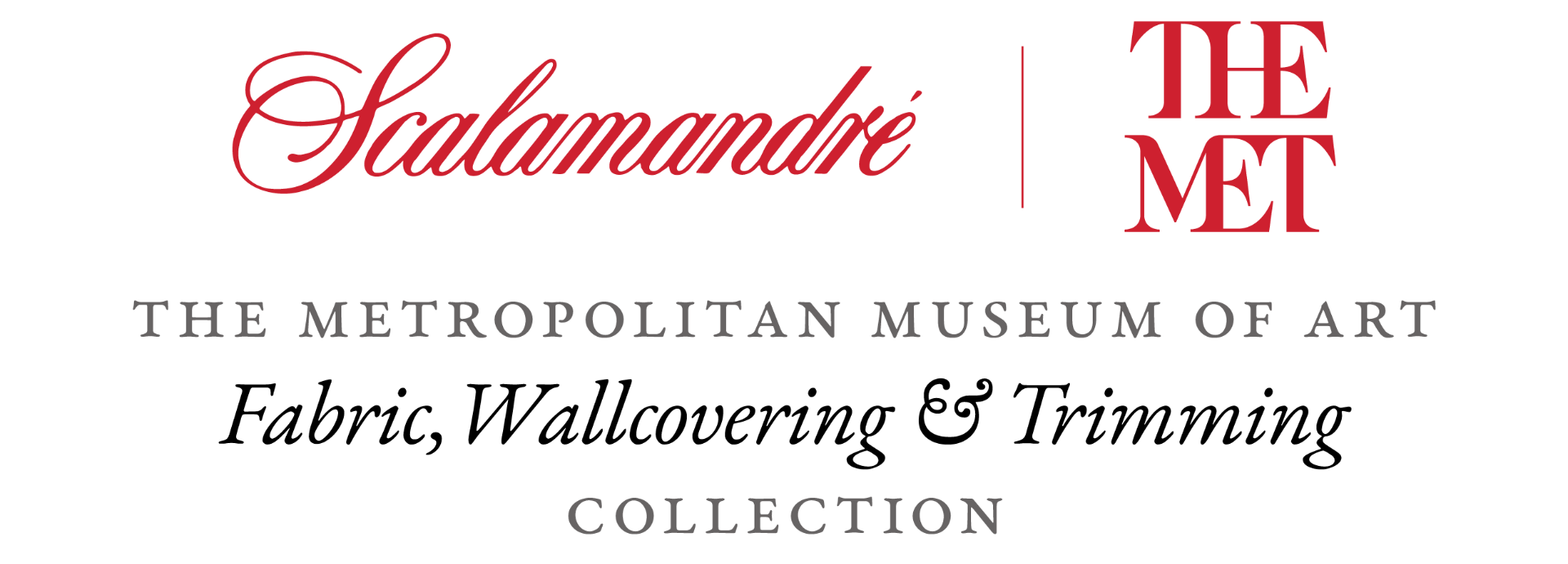

1.
European Sculpture & Decorative Arts
The fifty thousand objects in the Museum's comprehensive and historically important collection of European sculpture and decorative arts reflect the development of a number of art forms in Western European countries from the early fifteenth through the early twentieth century. The holdings include sculpture in many sizes and media, woodwork and furniture, ceramics and glass, metalwork and jewelry, horological and mathematical instruments, and tapestries and textiles. Ceramics made in Asia for export to European markets and sculpture and decorative arts produced in Latin America during this period are also included among these works.
1. a.
Camellia Trellis
Print Fabric & Wallcovering
SC 16548 & SC WP88566
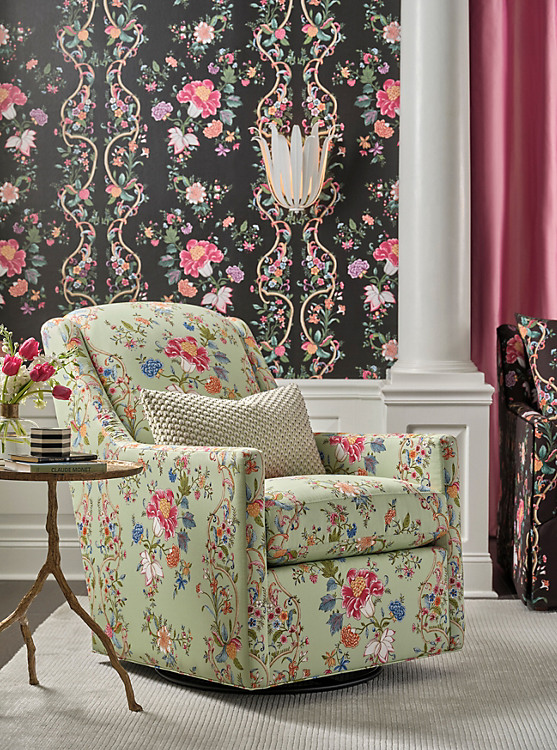
Camellia Trellis Print Fabric Width: 55"
Horizontial Repeat: 27.5", Vertical Repeat: 41"
Camellia Trellis Wallcovering Width: 27"
Horizontial Repeat: 27", Vertical Repeat: 43.25"
Camellia Trellis is reimagined from an early 18th-century silk panel crafted in China for the French market. The original, now in The Met collection, is painted with delicate camellia and lotus flowers among blooming vines. Such drapeable silks, fashioned for diverse applications such as dresses, elegant fan leaves, and decorative screen panels, characterized the final phase of China’s ancient silk trade with the West.

Camellia Trellis Print Fabric & Wallcovering
Click on the product below to learn more, request memos, place a reserve or order yardage.
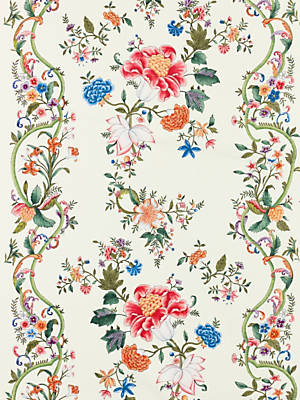
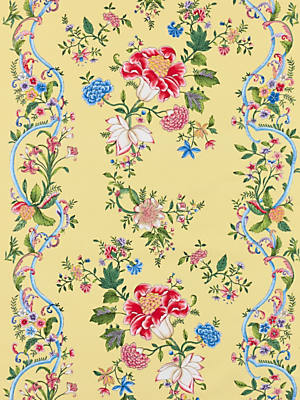

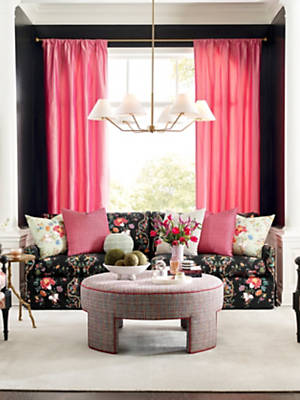
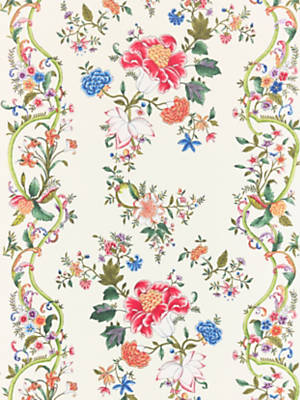
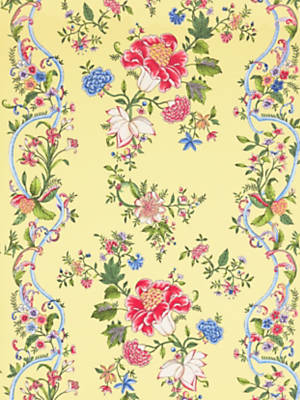

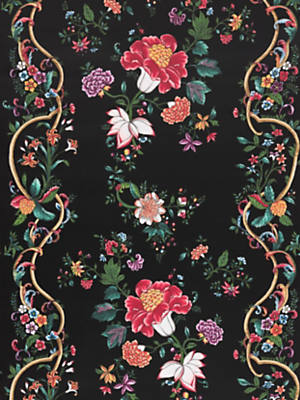
1. b.
Persephone Print
Print Fabric & Wallcovering
SC 16651 & SC WP88563
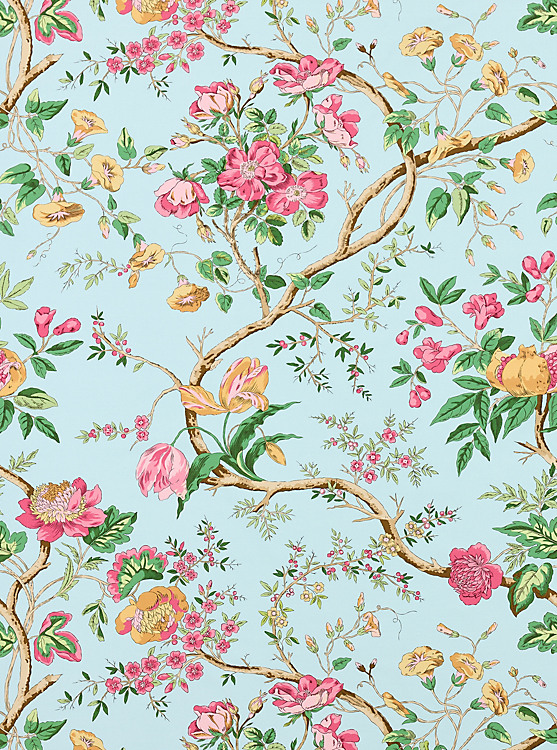
Persephone Print Fabric Width: 54.5"
Horizontial Repeat: 27.25", Vertical Repeat: 29.5"
Persephone Wallcovering Width: 27"
Horizontial Repeat: 27", Vertical Repeat: 30.25"
Drawing its inspiration from an 18th-century French textile bearing a motif of fruiting and flowering branches, Persephone Print is a nod to The Met collection as well as our brand’s rich textile history. Recalling Pomegranate, an archival masterpiece produced by Scalamandré in 1976, Persephone Print features a luxurious portrayal of interwoven vines adorned with resplendent flora and lush greenery, harmoniously intertwined with bursting pomegranates, which symbolize abundance and authority.
Persephone Print Fabric & Wallcovering
Click on the product below to learn more, request memos, place a reserve or order yardage.
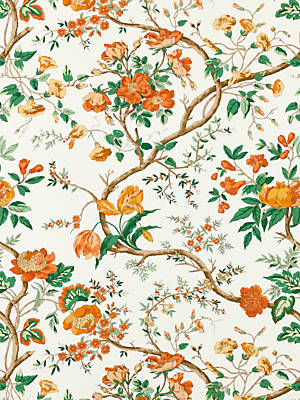
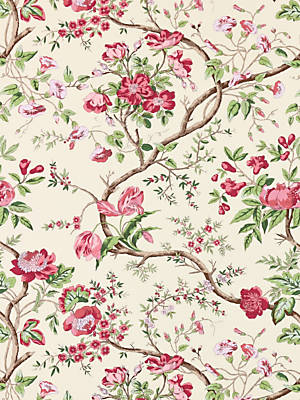
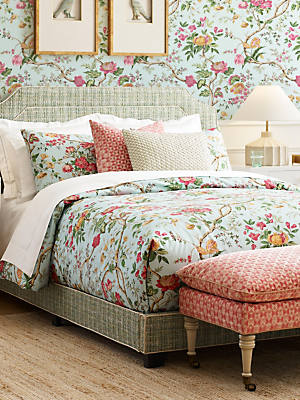
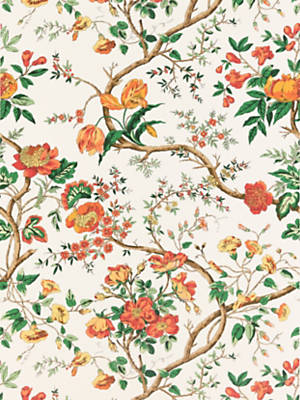
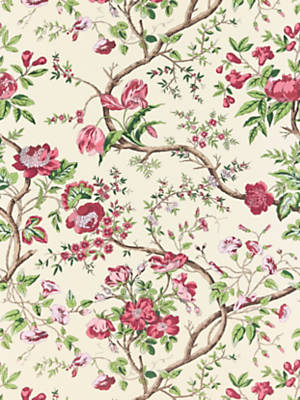
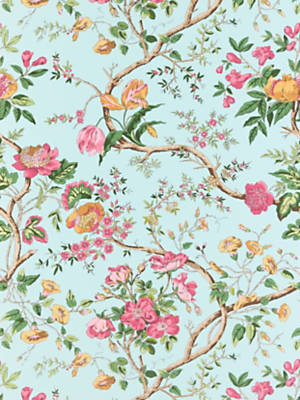
1. c.
Isadora Print
Print Fabric & Wallcovering
SC 16650 & SC WP88562
Isadora Print Fabric Width: 54"
Horizontial Repeat: 27", Vertical Repeat: 18"
Isadora Wallcovering Width: 27"
Horizontial Repeat: 27", Vertical Repeat: 18"
Isadora is a botanical dream, exuding the spirit of a magnificent 19th-century French printed masterpiece. This exquisite print is adorned with fully blossomed peonies, infusing vitality and charm into every corner of your space. A faithful reincarnation of the original document, this pattern was meticulously resurrected from the cherished archives of Scalamandré, serving as a delightful homage to its illustrious heritage in collaboration with The Met.

Isadora Print Fabric & Wallcovering
Click on the product below to learn more, request memos, place a reserve or order yardage.
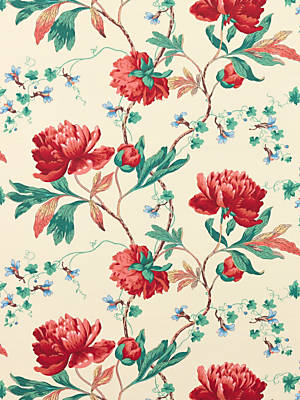
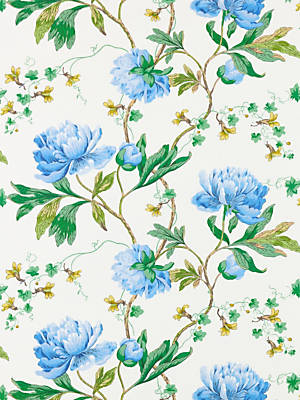
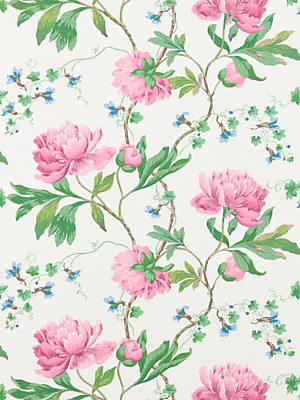
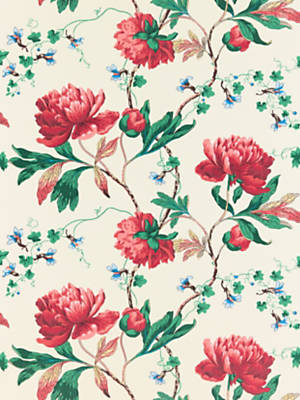
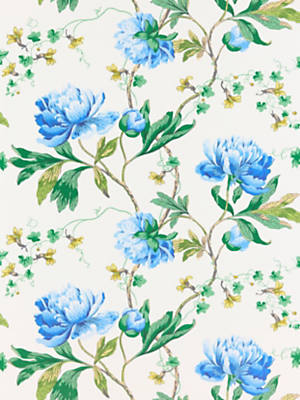
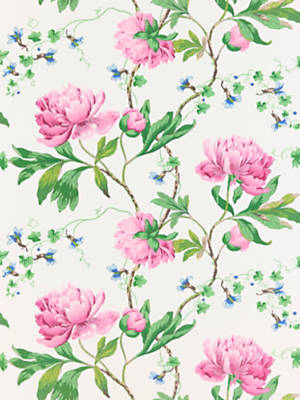
1. d.
Fleurs Tropicales
Print Fabric
SC 16647
Manufactory Hartmann et Fils (French)
Cotton, 1799
Gift of William Sloane Coffin, 1926 6.265.44
Drawing inspiration from a floral textile produced in 1799 by the French manufactory Hartmann et Fils, Fleurs Tropicales presents an exuberant floral motif in four captivating colorways. Woven from the finest 100% linen, our textile exudes an air of refined opulence, making it the perfect choice for sumptuous draperies or luxurious pillows, that harmonize effortlessly with elegant interiors.
Fleurs Tropicales
Click on the product below to learn more, request memos, place a reserve or order yardage.
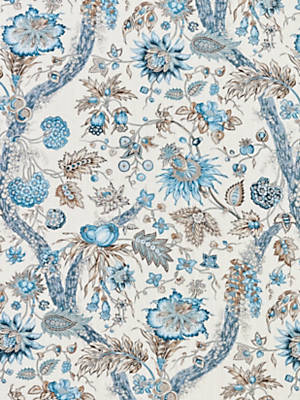
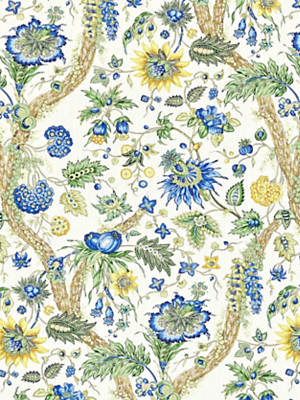

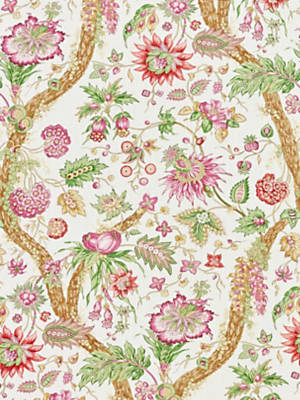
1. e.
Avignon Brocade
SC 27322
French
Silk and metal thread, 18th century
Anonymous Gift, in memory of Judge Henry Hilton, 1944 44.118.1
Drawing inspiration from an exquisite 18th-century French dalmatic, a wide-sleeved tunic worn as a liturgical vestment, Avignon Brocade lends a touch of spellbinding beauty to any space. This silk-blend textile boasts an enchanting brocaded landscape design, intricately woven in the age-old lampas construction. Available in three colorways, Avignon Brocade is an irresistible decoration that transforms any room into a sanctuary of timeless elegance.
Avignon Brocade
Click on the product below to learn more, request memos, place a reserve or order yardage.
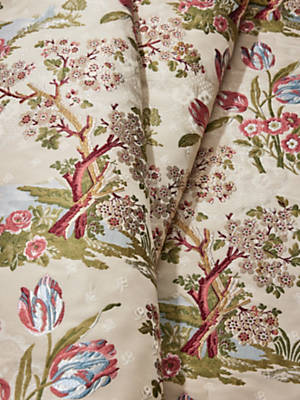
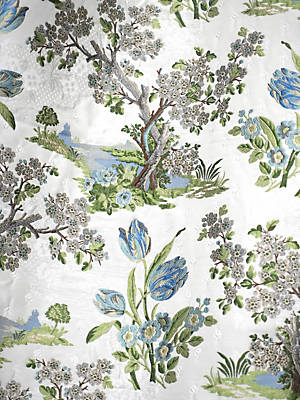
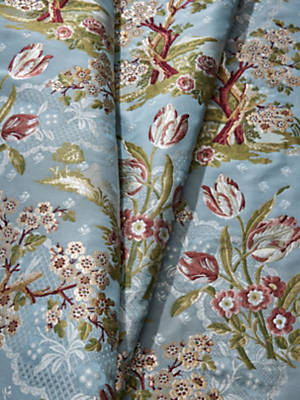
1. f.
Regis Velvet Damask
SC 27321
French
Silk, first quarter 18th century
Gift of Mrs. Van Santvoord Merle-Smith, 1933 33.39.35
Regis Velvet Damask is a luxurious, silk cut velvet inspired by a length of French furnishing velvet from the first quarter of the 18th century. We have amplified the regal damask pattern on the original fabric, now in The Met collection, with rich, plush piles resulting in a grand and decadent textile perfect for wall upholstery, drapery panels, and chair seats and backs.
Regis Velvet Damask is sold by the repeat to ensure the cutting of complete panel motifs.
Regis Velvet Damask
Click on the product below to learn more, request memos, place a reserve or order yardage.
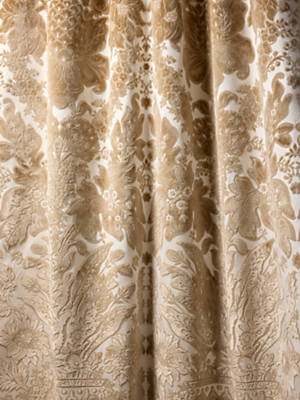
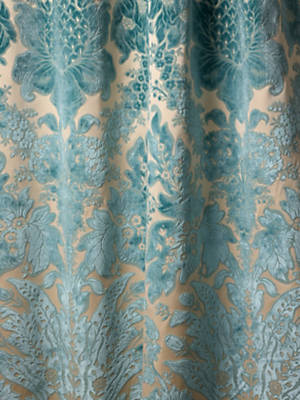
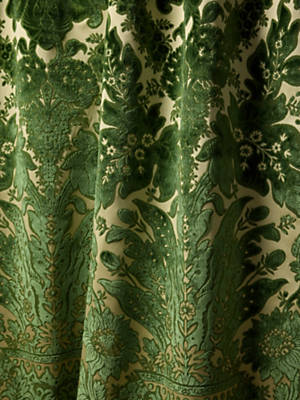
1. g.
Reine Embroidered Tape
SC T3342

Armchair
(FAUTEUIL À LA REINE)
Designed by Jacques Gondouin (French, 1737–1818)
Carved and gilded beech, modern silk lampas; 1779
Gift of Susan Dwight Bliss, 1944 44.157.2
Our Reine Embroidered Tape is inspired by an 18th-century fauteuil, or armchair, originally intended for Marie-Antoinette's grand cabinet intérieur at Versailles. The armchair boasts finely brocaded and appliquéd silk with botanical motifs.
Made with viscose embroidery on a cotton-satin tape, this floral decoration can add exquisite detail to the border of an upholstered ottoman or serve as a vertical element on Roman shades.
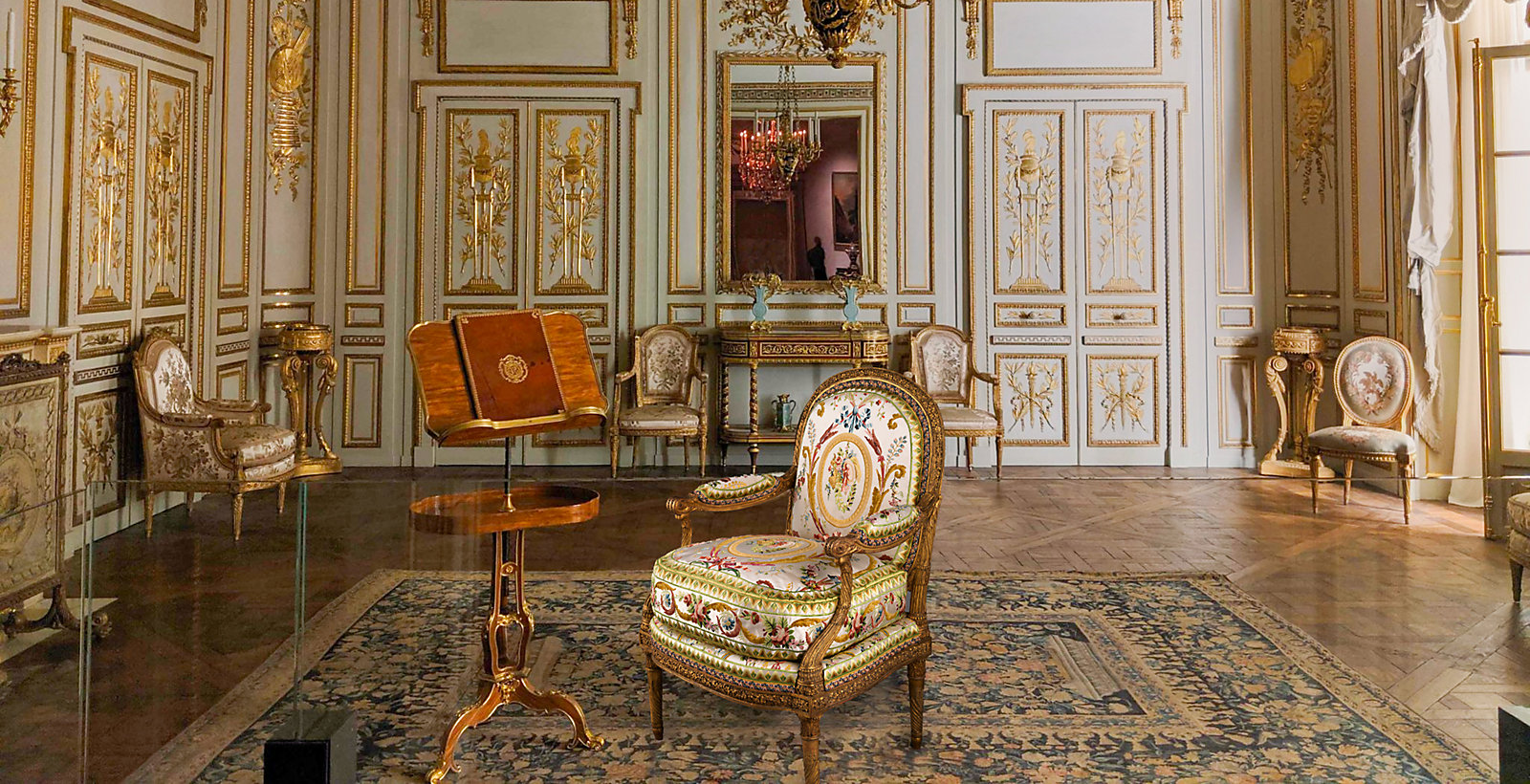
Reine Embroidered Tape
Click on the product below to learn more, request memos, place a reserve or order yardage.
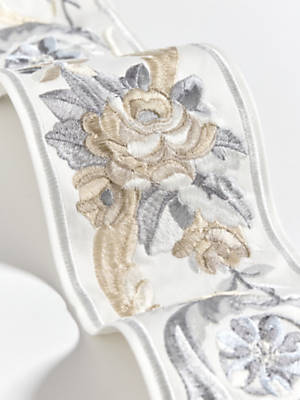
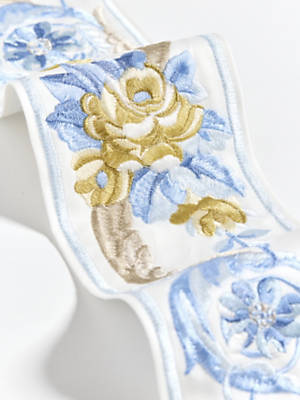
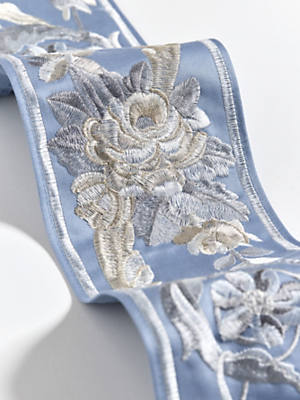
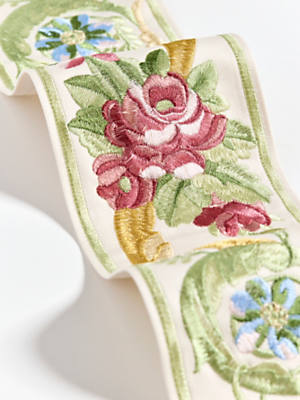
5. h.
Flamme Embroidered Tape
SC T3335
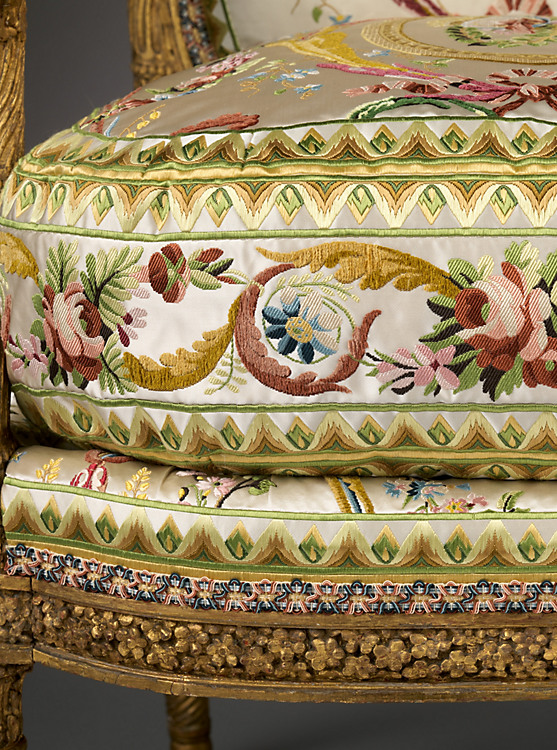
Armchair
(FAUTEUIL À LA REINE)
Designed by Jacques Gondouin (French, 1737–1818)
Carved and gilded beech, modern silk lampas; 1779
Gift of Susan Dwight Bliss, 1944 44.157.2
The Flamme Embroidered Tape is inspired by an 18th-century fauteuil, or armchair, originally intended for Marie-Antoinette's grand cabinet intérieur at Versailles. The armchair boasts finely brocaded and appliquéd silk with botanical motifs.
Based on the border of the armchair, this is a viscose-embroidered silk-and-cotton tape whose versatile and symmetrical design can be used in both traditional and contemporary environments.
Flamme Embroidered Tape
Click on the product below to learn more, request memos, place a reserve or order yardage.
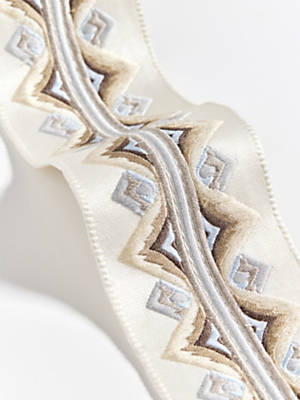
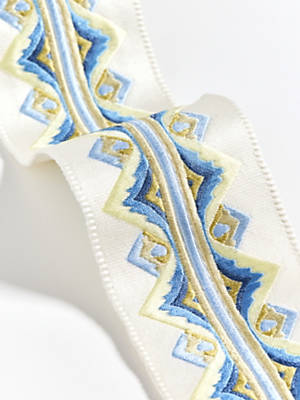
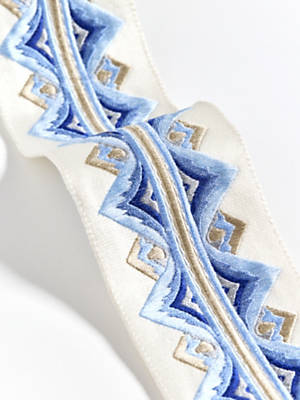

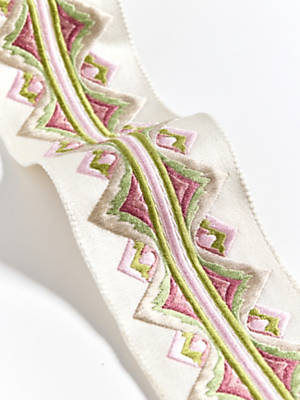
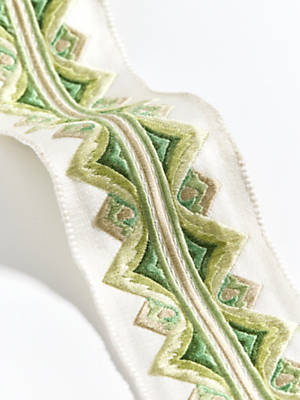
5. i.
Parlor Velvet
Patterned Cut & Un-cut Velvet
SC 27324
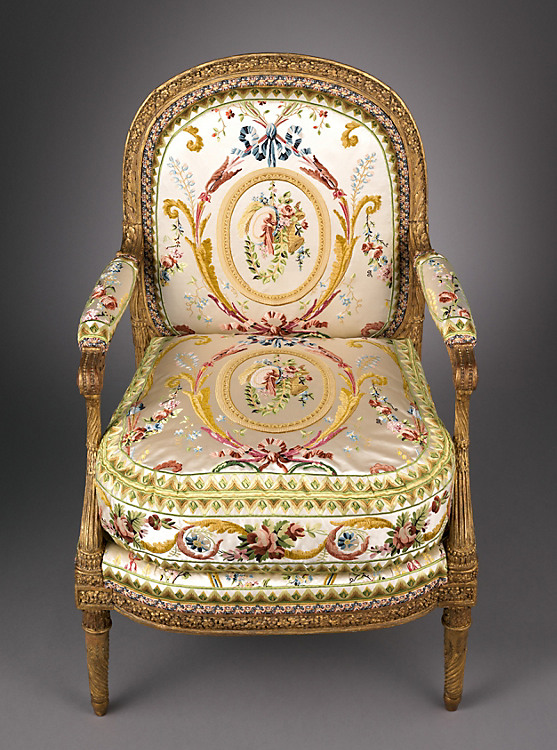
Armchair
(FAUTEUIL À LA REINE)
Designed by Jacques Gondouin (French, 1737–1818)
Carved and gilded beech, modern silk lampas; 1779
Gift of Susan Dwight Bliss, 1944 44.157.2
Parlor Velvet is inspired by an 18th-century fauteuil, or armchair, originally intended for Marie-Antoinette's grand cabinet intérieur at Versailles. The armchair boasts finely brocaded and appliquéd silk with botanical motifs.
A cotton-and-viscose velvet, this fabric uses cut and uncut pile for both a shine and matte effect that adds depth to the structured pattern.
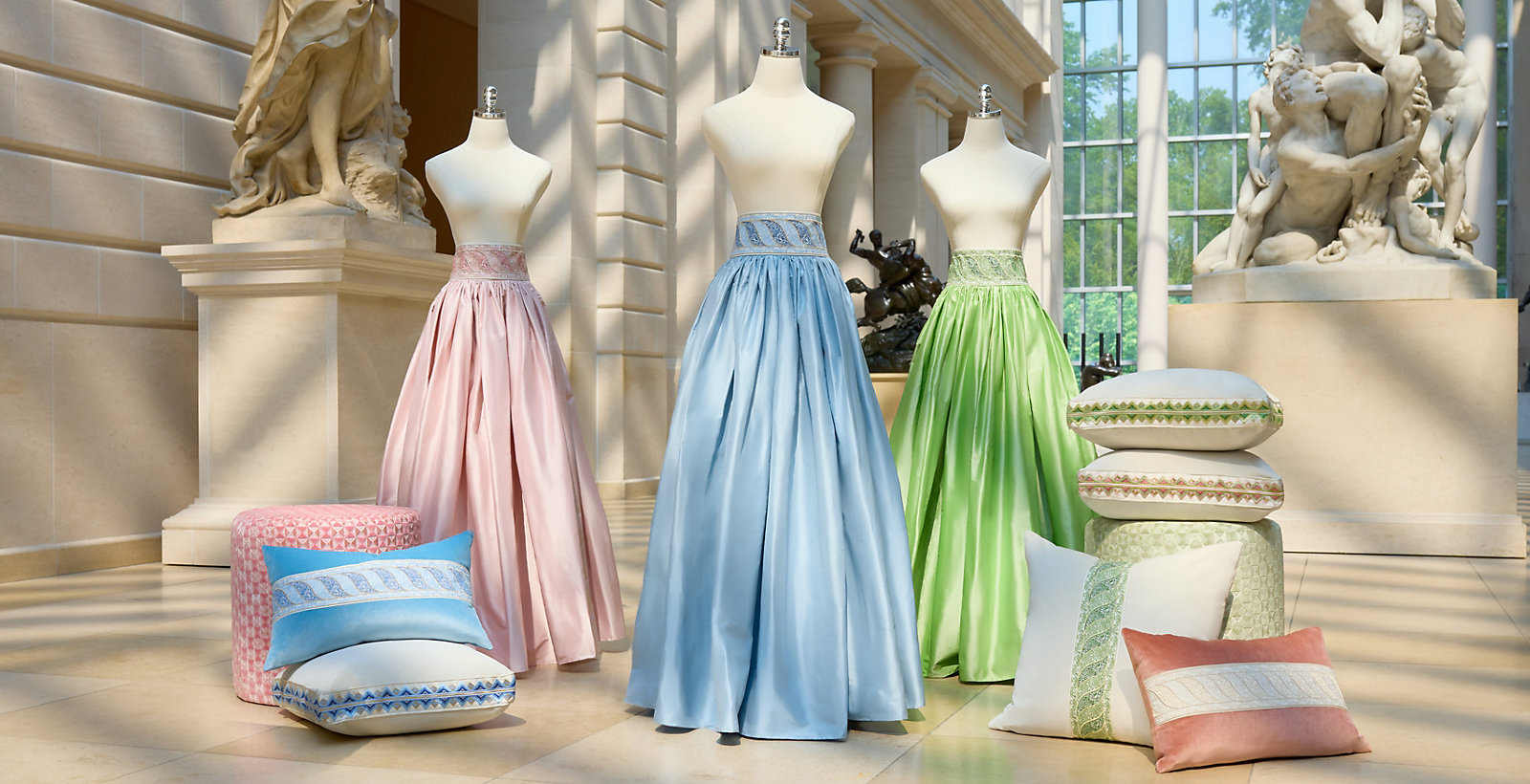
Parlor Velvet
Click on the product below to learn more, request memos, place a reserve or order yardage.
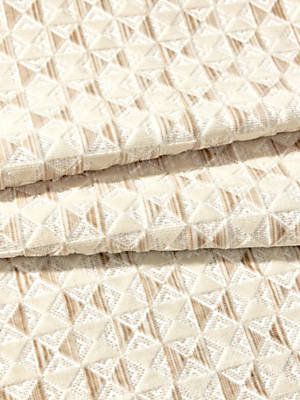
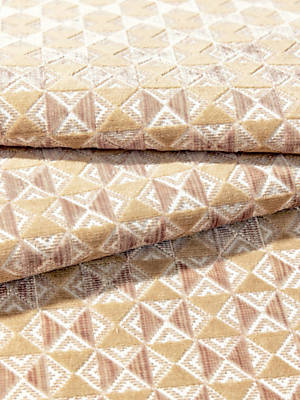
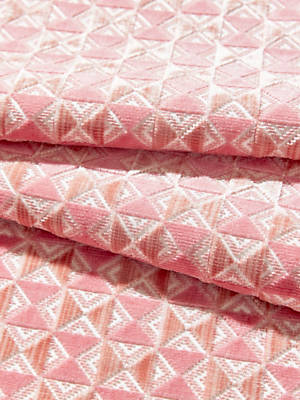
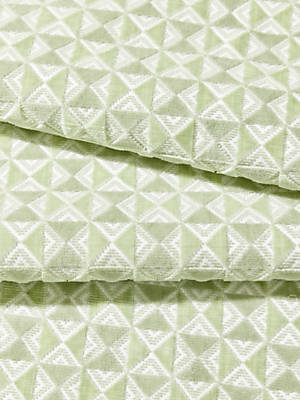
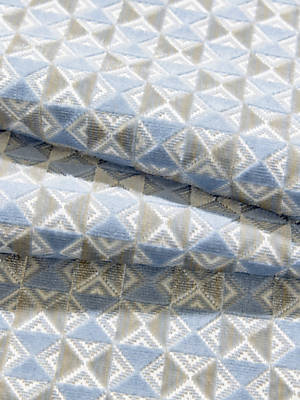


2.
Medieval Art and The Cloisters
The Museum's collection of medieval and Byzantine art is among the most comprehensive in the world. Displayed in both The Met Fifth Avenue and in the Museum's branch in northern Manhattan, The Met Cloisters, the collection encompasses the art of the Mediterranean and Europe from the fall of Rome in the fourth century to the beginning of the Renaissance in the early sixteenth century. It also includes pre-medieval European works of art created during the Bronze Age and early Iron Age.
2. a.
Millefleur Velvet
SC 27328
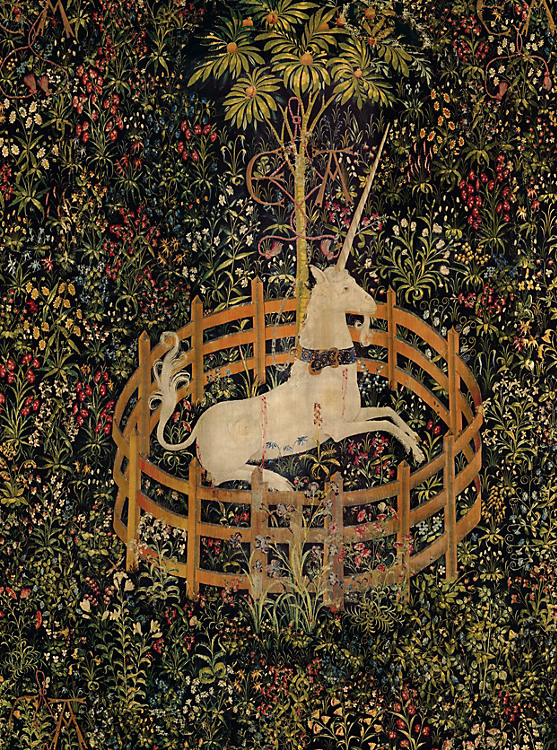
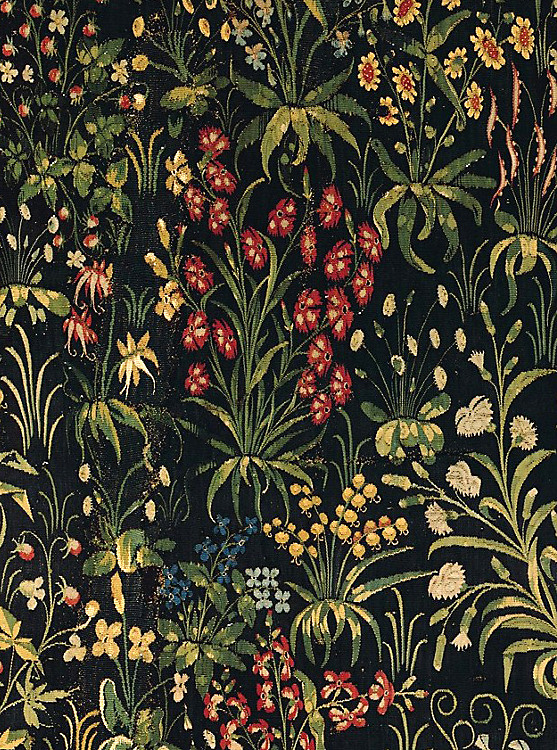
The Unicorn Rests in a Garden (from the Unicorn Tapestries)
French and South Netherlandish
Wool warp with wool, silk, silver, and gilt wefts; 1495–1505
Gift of John D. Rockefeller Jr., 1937 37.80.6
Millefleur Velvet borrows its pattern from The Unicorn Rests in a Garden (1495–1505), a highlight of the collection at The Met Cloisters. Crafted with meticulous precision in a cut-and-epingle 100% cotton velvet weave, Millefleur Velvet evokes the charm and craftsmanship of the original medieval French and South Netherlandish tapestry. Its bold palette and intricate botanical detail captivate the discerning eye, paying homage to a true icon of medieval artistry.
Millefleur Velvet
Click on the product below to learn more, request memos, place a reserve or order yardage.
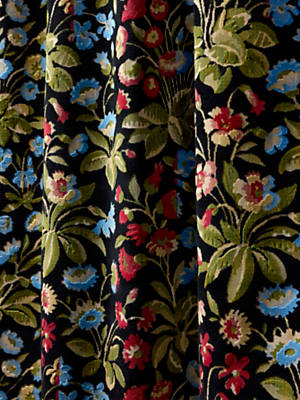
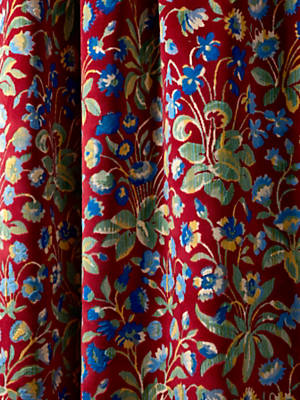
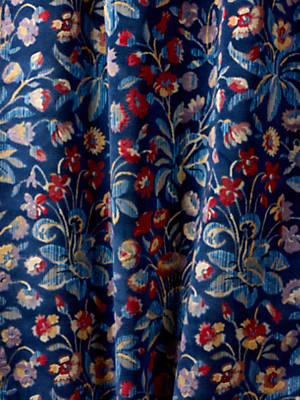

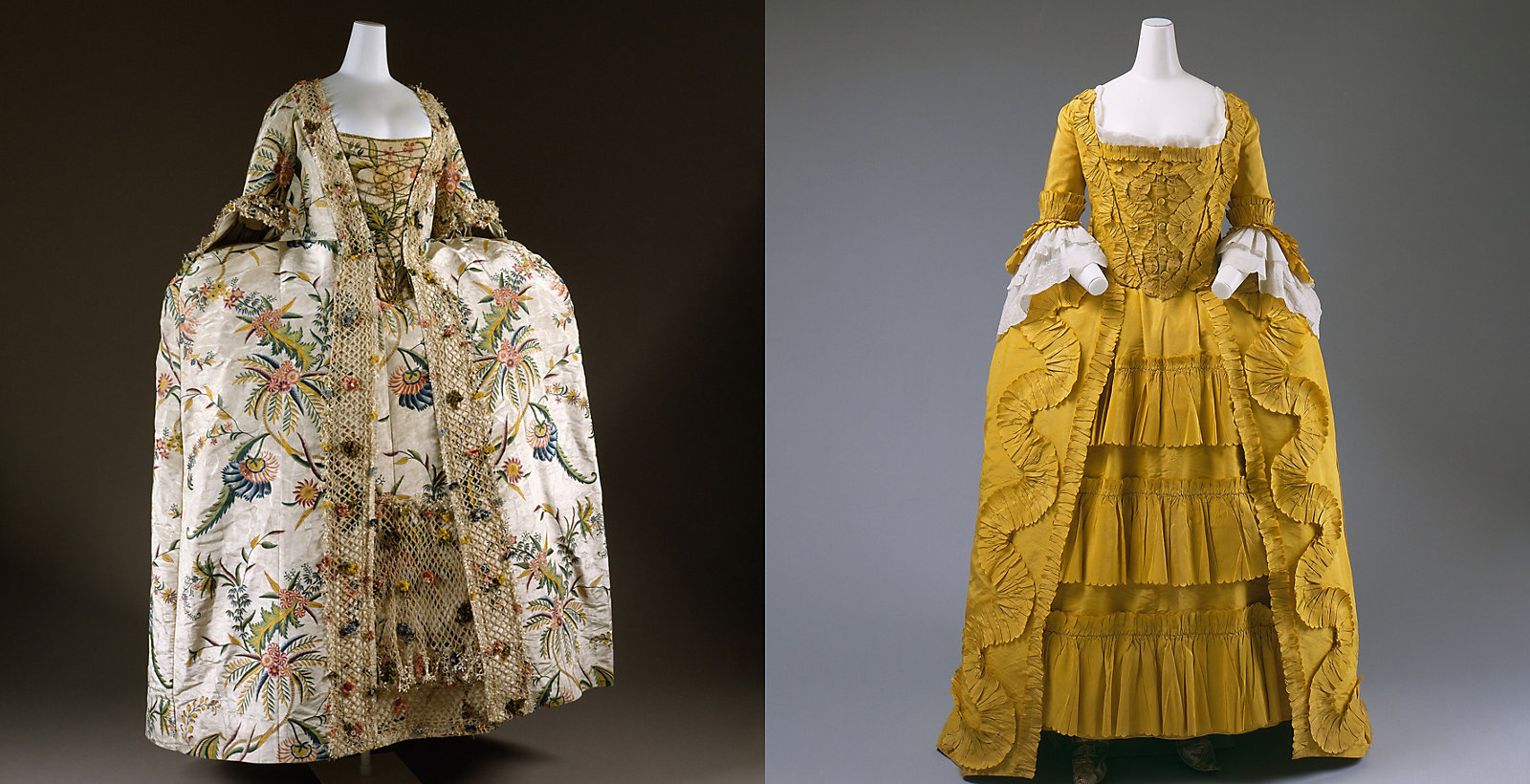
3.
The Costume Institute
The Costume Institute's collection of more than 33,000 costumes and accessories represents five continents and seven centuries of fashionable dress and accessories for men, women, and children, from the fifteenth century to the present. Behind the scenes is a state-of-the-art costume conservation laboratory; a study/storage facility to house the combined holdings of The Costume Institute and Brooklyn Museum Costume Collection; and The Irene Lewisohn Costume Reference Library, one of the world's foremost fashion libraries.
3. a.
Seraphine Embroidered Silk
SC 27325
British
Silk, pigment, linen; 1740s
Harris Brisbane Dick Fund, 1995 1995.235a, b
Seraphine Embroidered Silk draws its inspiration from a luxurious robe à la française in The Met’s Costume Institute. The exemplary 18th-century British garment, crafted from hand-painted silk, with a dramatic silhouette that tapers at the waist and billows at the hips, epitomizes the insatiable baroque opulence of its era. Seraphine, in turn, captures the essence of these qualities, with its exquisite floral embroidery adorning a foundation of 100% pure silk. A true showstopper, Seraphine is the embodiment of timeless elegance, poised to stand as the centerpiece of any space.
Seraphine Embroidered Silk
Click on the product below to learn more, request memos, place a reserve or order yardage.
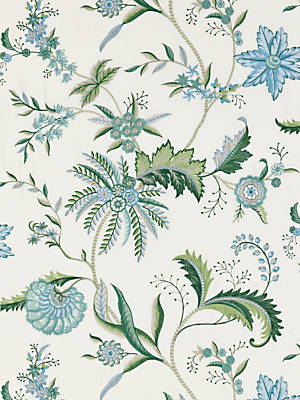
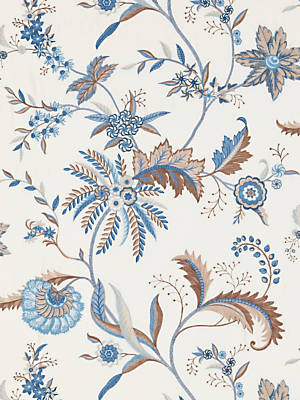
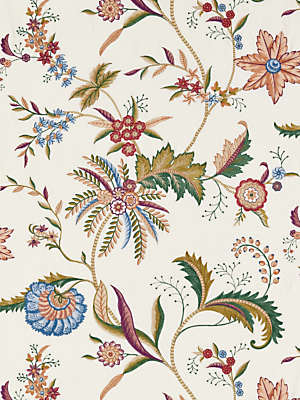
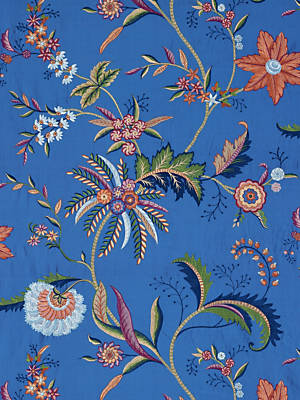
3. b.
Ruffle Tape
SC T3341
Inspired by a bright canary-yellow dress from 18th-century Britain in the collection of The Costume Institute, this tape’s centralized ruffle lends a simplistic yet delicate detail.
Made of 100% silk ruching, this serpentine tape adds an eye-catching layer.
Ruffle Tape
Click on the product below to learn more, request memos, place a reserve or order yardage.
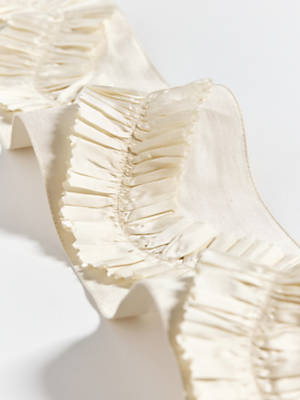
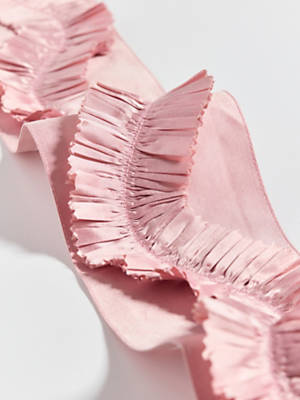
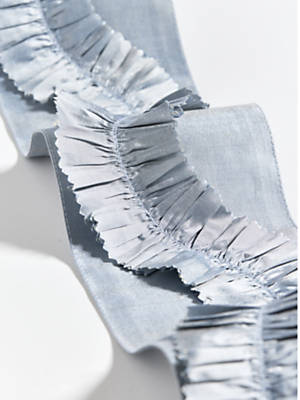
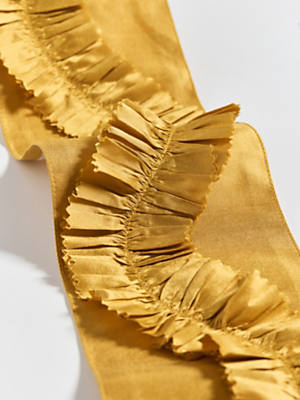
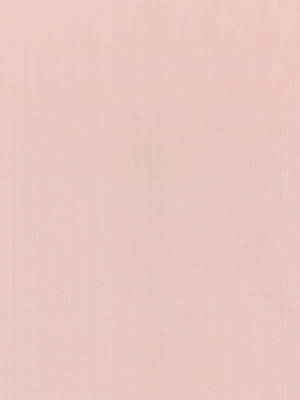
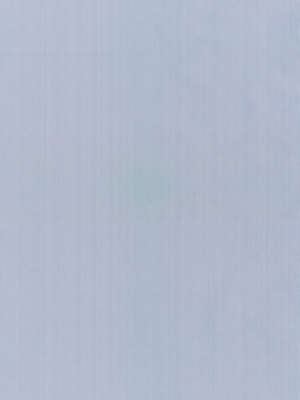
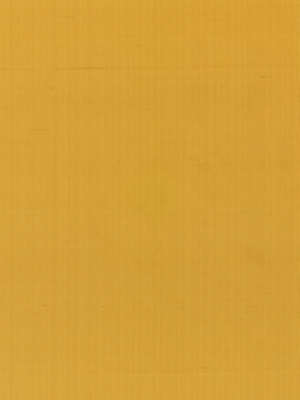


4.
Arms & Armor
The Met’s Department of Arms and Armor collects, preserves, researches, publishes, and exhibits distinguished examples representing the art of the armorer, swordsmith, and gunmaker. Arms and armor have been a vital part of virtually all cultures for thousands of years, pivotal not only in conquest and defense, but also in court pageantry and ceremonial events. Throughout time the best armor and weapons have represented the highest artistic and technical capabilities of the society and period in which they were made, forming a unique aspect of both art history and material culture. It is one of the most comprehensive and encyclopedic collections of its kind.
SCALAMANDRÉ OFFERINGS INSPIRED BY ARMS & ARMOR
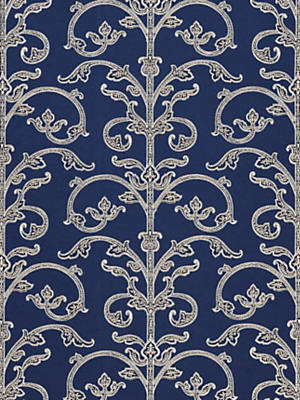
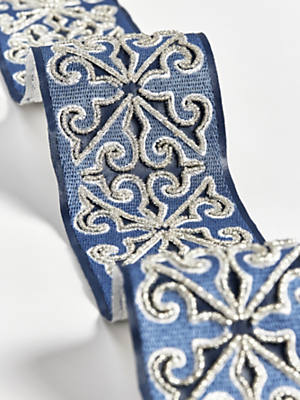
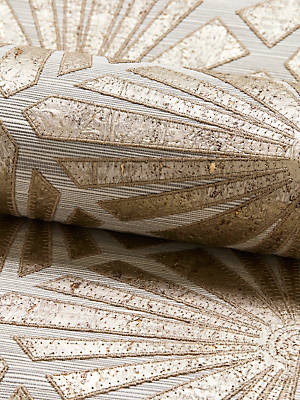
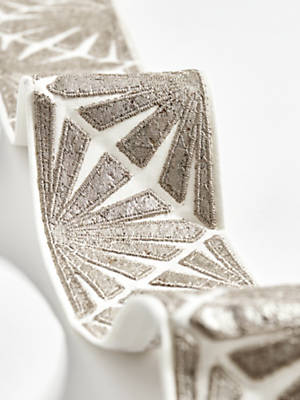
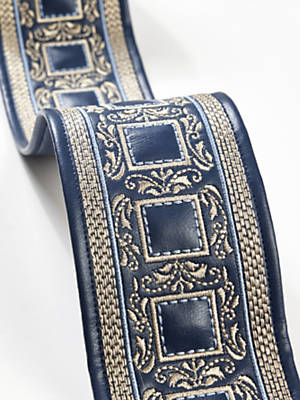
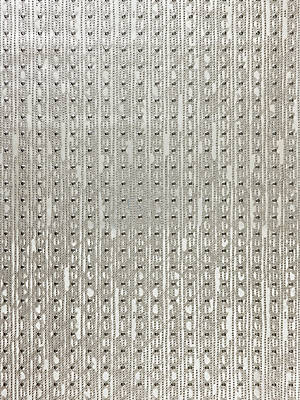
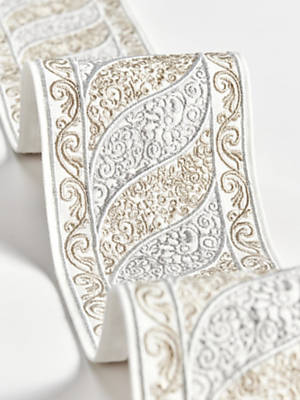
4. a.
Saxony Scroll
Embroidered Linen Wallcovering
SC WP88558

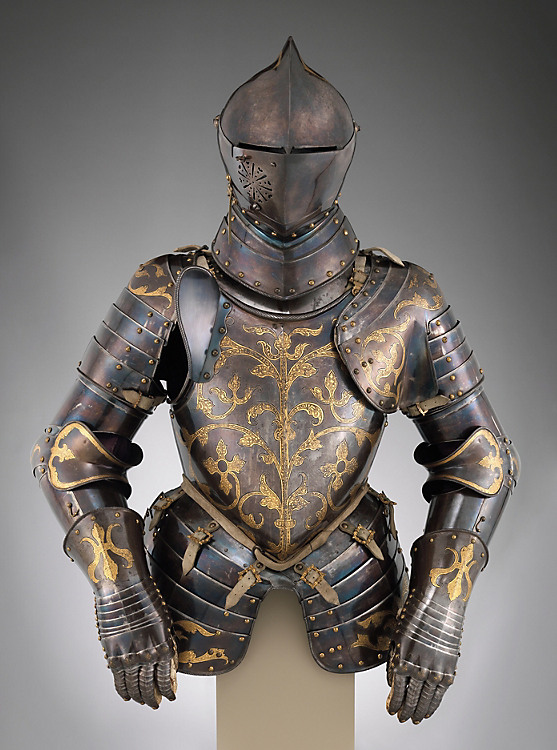
Foot-Combat Armor of Prince-Elector Christian I of Saxony
Anton Peffenhauser (German, 1525–1603)
Steel, gold, leather, copper alloy; 1591
Gift of Henry Walters, 1927 27.206a–l
Combat on foot between contestants separated by a waist-high barrier was a popular sport in European courts during the 16th and 17th centuries. Our Saxony products are inspired by the patterning on combat armor commissioned for Christian I of Augsburg during the 16th century. These gilded adornments give the work a sense of craftmanship and regal delicacy.
This design is embroidered on a linen-and-cotton fabric to emulate the decorative pattern on the armor’s breastplate. The fabric is paperbacked for the wall, and its dimensional stitching evokes a sense of delicacy compared to the strength and durability of the Museum’s armor. This stately wallcovering would make a memorable grand foyer or an elegant dining room, and coordinates with the Saxony Embellished Tape.
Saxony Scroll Wallcovering
Click on the product below to learn more, request memos, place a reserve or order yardage.
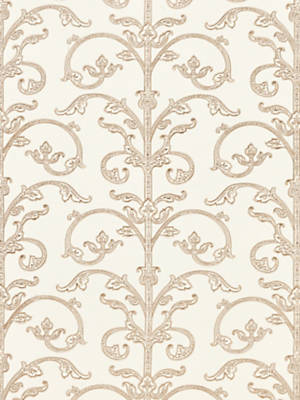
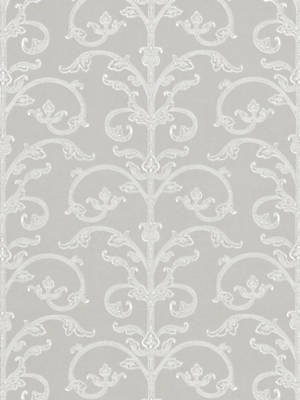

4. b.
Saxony Embellished Tape
SC T3337
Embroidered on 3"-wide faux leather with detailed beading outlining the armor’s intricate pattern repeating every 3.15", this elegant tape coordinates with the Saxony Scroll Wallcovering.
4. c.
Milan Diamond Wallcovering
Metallic Cork Appliqué Embroidered on Grasscloth
SC WP88556
Elements of an Italian Light-Cavalry Armor
alla Tedesca (in the German Fashion)
Italian, Milan
Steel, gold, copper alloy, leather; ca. 1510
Gift of William H. Riggs, 1913 14.25.716b–f
The Milanese armor that inspired our Milan Diamond Grasscloth and Appliqué Tape is a unique example of Italian armor made with German influences. Created around 1510, this rare example with fluted surfaces in the German fashion is etched with Christian symbolism and references to the Bible, including images of the Virgin and Child and saints Paul and George as well as Latin inscriptions. The armor is adorned with richly gilt ornamentation that we’ve emulated in our products, which will add charm to any room they’re featured in.
This wallcovering is made of laser-cut metallic cork appliquéd on grasscloth. The mix of materials in this textile creates an interesting texture that is both eye-catching and understated.

Milan Diamond Grasscloth
Click on the product below to learn more, request memos, place a reserve or order yardage.
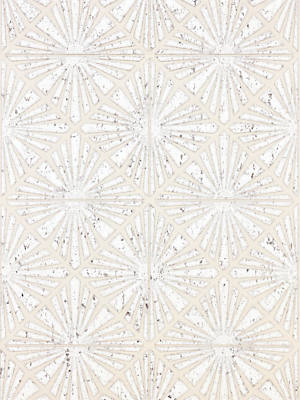

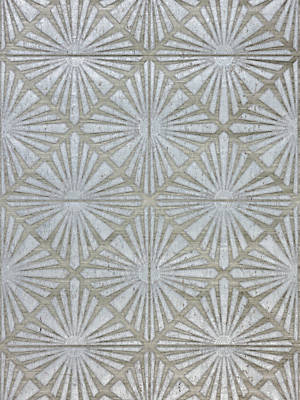
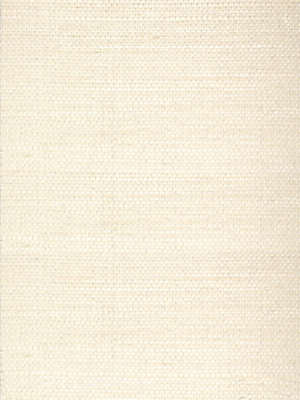
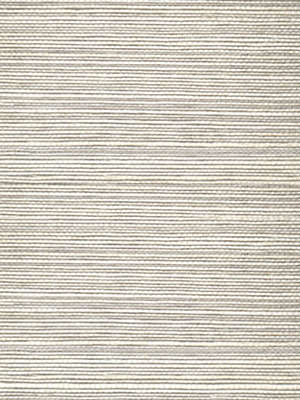
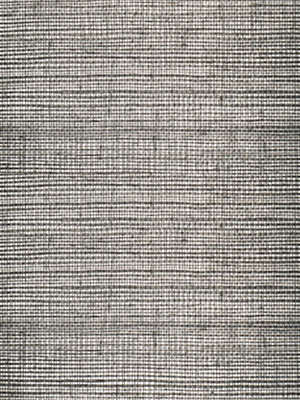
4. d.
Milan Appliqué Tape
Metallic Cork Appliqué on Linen / Cotton
SC T3338
This 3" tape is made of laser-cut metallic cork appliquéd on a linen-and-cotton ground with a 5.2" repeat.
4. e.
Archduke Embroidered Tape
SC T3339
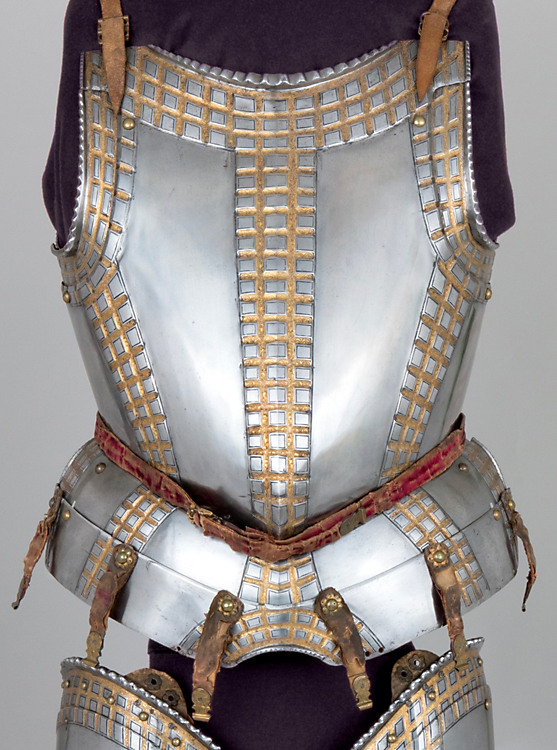
Elements from a Garniture Made for Christian I of Saxony
Anton Peffenhauser (German, 1525–1603)
Steel, gold, leather, brass; 1582
Fletcher Fund, 1938 38.163.1a–d
Inspired by 16th-century German armor intended for light cavalry or infantry use, our Archduke Embroidered Tape emulates the sleek, geometric design elements on the original, which was created in 1582 by the celebrated armorer Anton Peffenhauser. The armor’s decorative motif has been reimagined with texture and dimension for an artful addition to pillows, wallcoverings, or furniture pieces.
Embroidered on a 3"-wide faux-leather ground, the tape uses padding to create dimension within a structured design.

Archduke Embroidered Tape
Click on the product below to learn more, request memos, place a reserve or order yardage.
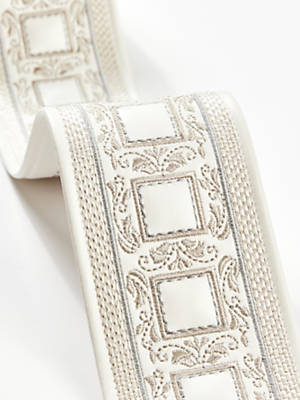
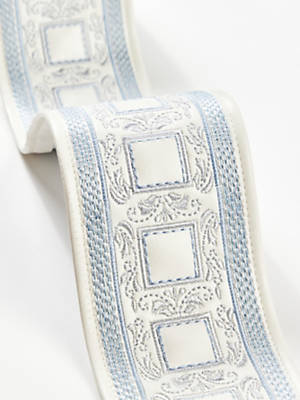
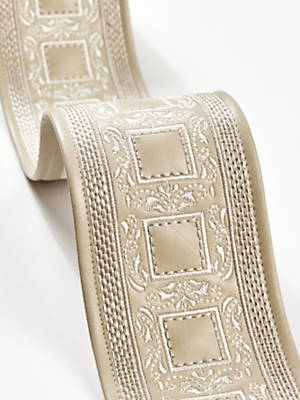
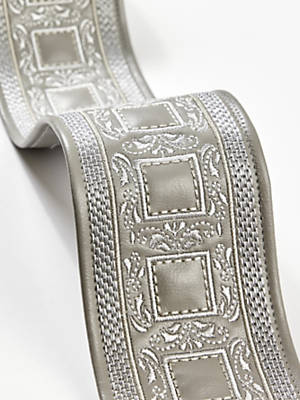

4. f.
Knight Wallcovering
Handcrafted Textured Mylar
SC WP88559
Our Knight Wallcovering is inspired by armor with northern Italian features characteristic of Milanese or Brescian workmanship. This especially thick type was made for protection against firearms, which were becoming increasingly popular and efficient weapons. Weighing over 86 pounds, it’s one of the heaviest known examples of field armor. Before armor of this kind was completed, it was fired at with a pistol or musket to test its effectiveness against bullets, and the bullet dents were left to showcase its strength and quality.
Uniquely handmade with polymer, this wallcovering is incredibly dimensional and adds texture and shine to any room it is featured in.

Knight Wallcovering
Click on the product below to learn more, request memos, place a reserve or order yardage.
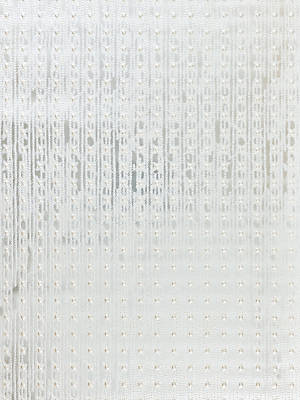


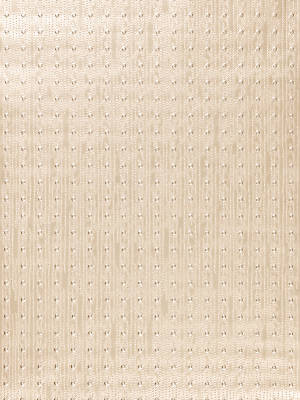
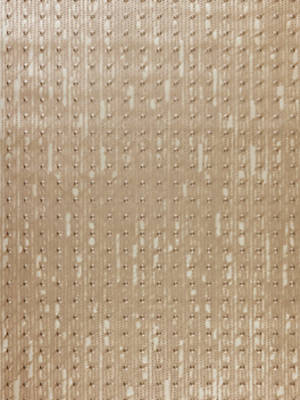
4. g.
Paisley Embroidered Tape
On a Linen / Cotton Ground
SC T3340
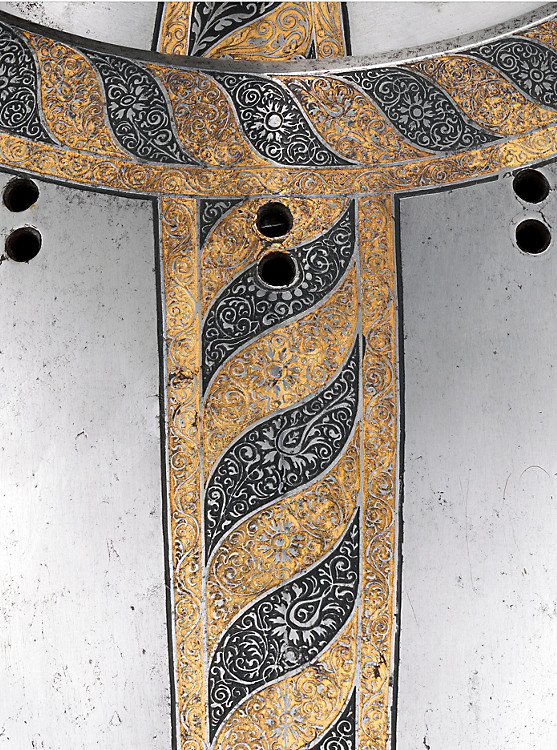
Field and Tournament Armor of Johann Wilhelm, Duke of Saxe-Weimar
Attributed to Anton Peffenhauser
(German, 1525–1603)
Steel, gold, brass, textile, leather; ca. 1565
Bashford Dean Memorial Collection, Gift of Helen Fahnestock Hubbard, in memory of her father,
Harris C. Fahnestock, 1929 29.155.2
The intricate field and tournament armor (ca. 1565) of Johann Wilhelm, Duke of Saxe-Weimar, is a finely crafted work attributed to the leading armorer of Augsburg, Germany, Anton Peffenhauser. The elaborate etched decoration inspired the creation of our Paisley Embroidered Tape, which displays the same floral teardrop pattern in alternating colors.
It is crafted with elegant viscose embroidery on linen-and-cotton ground to replicate the armor’s detailing, and uses a tone-on-tone palette to create both contrast and consistency.

Paisley Embroidered Tape
Click on the product below to learn more, request memos, place a reserve or order yardage.

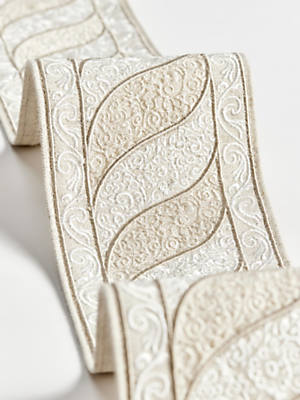
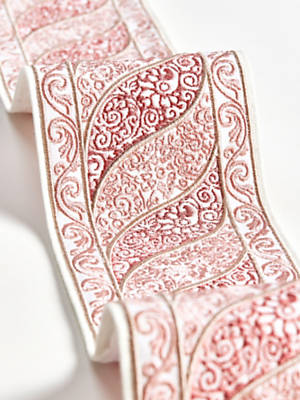

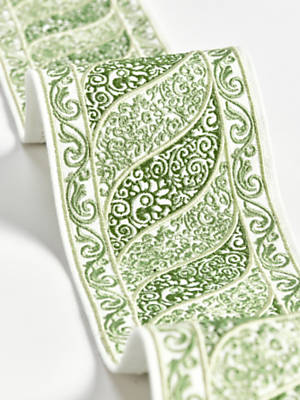


5.
Greek & Roman Art
The Museum's collection of Greek and Roman art comprises more than thirty thousand works ranging in date from the Neolithic period (ca. 4500 B.C.) to the time of the Roman emperor Constantine's conversion to Christianity in A.D. 312. It includes the art of many cultures and is among the most comprehensive in North America. The geographic regions represented are Greece and Italy, but not as delimited by modern political frontiers: Greek colonies were established around the Mediterranean basin and on the shores of the Black Sea, and Cyprus became increasingly Hellenized. For Roman art, the geographical limits coincide with the expansion of the Roman Empire. The department also exhibits the art of prehistoric Greece (Helladic, Cycladic, and Minoan) and pre-Roman art of Italic peoples, notably the Etruscans.
5. a.
Fret Mosaic Grasscloth
Embroidered Greek Key Mica Appliqué
SC WP88557

Terracotta fragment of a kylix (drinking cup)
Greek, Attic
Terracotta; red-figure; 490–480 B.C.
Gift of Dietrich von Bothmer, Distinguished
Research Curator, Greek and Roman Art, 2011 2011.604.1.2407
Taking inspiration from a Greek drinking cup, or kylix, dating to 490–480 B.C., the Fret Mosaic Grasscloth’s Greek key motif is both timeless and elegant. A recurrent detail in ancient Greek design, the continuous meander of this iconic device symbolizes eternity and infinity.
Offered in three colorways, this wallcovering features precision-cut mica appliquéd on woven grasscloth. The Greek key has been interpreted as a dynamic allover motif. Its dimension and texture make it a refined yet eye-catching wallcovering.

Fret Mosaic Grasscloth
Click on the product below to learn more, request memos, place a reserve or order yardage.
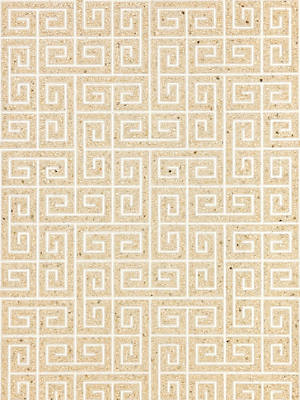
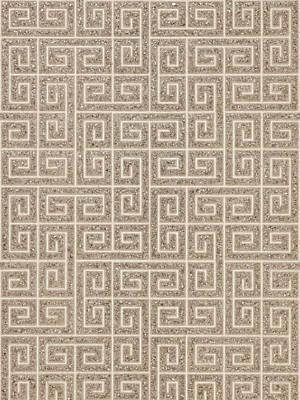
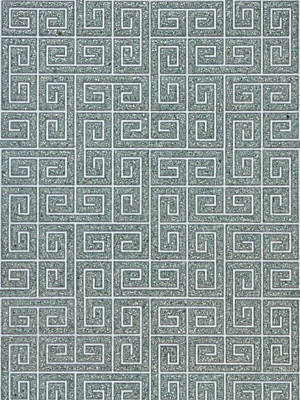
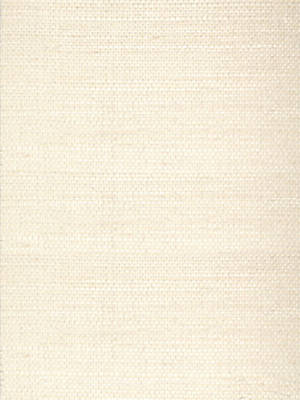
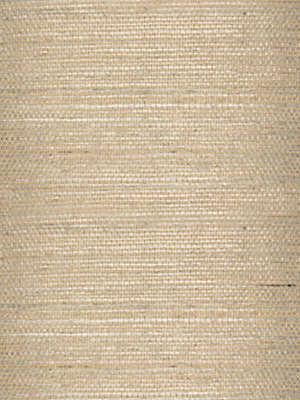
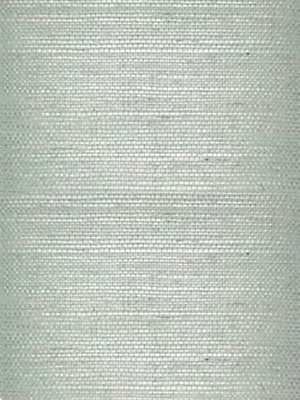


6.
Islamic Art
The Met's collection of Islamic art ranges in date from the seventh to the twenty-first century. Its more than 15,000 objects reflect the great diversity and range of the cultural traditions of Islam, with works from as far westward as Spain and Morocco and as far eastward as Central Asia and Indonesia. Comprising both sacred and secular objects, the collection reveals the mutual influence of artistic practices such as calligraphy, and the exchange of motifs such as vegetal ornament (the arabesque) and geometric patterning in both realms.
SCALAMANDRÉ OFFERINGS INSPIRED BY ISLAMIC ART
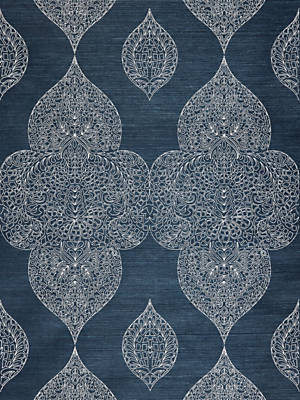

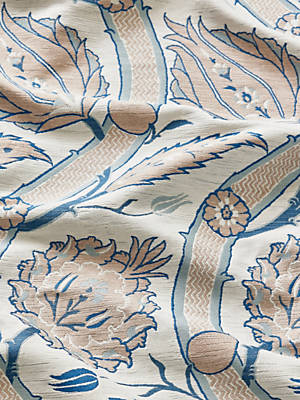
6. a.
Taj Embroidered Sisal
SC WP88555
Arches supported by baluster pillars became popular in mid-17th-century Indian palaces during the reign of Shah Jahan. The form then spread throughout central and northern India, showing up in both residential and religious spaces.
Embroidered on sisal, this wallcovering reproduces the elaborate details and shapes of the Museum’s example.

Taj Embroidered Sisal
Click on the product below to learn more, request memos, place a reserve or order yardage.
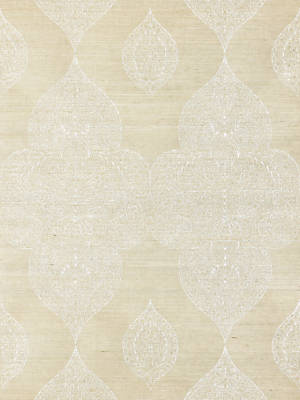


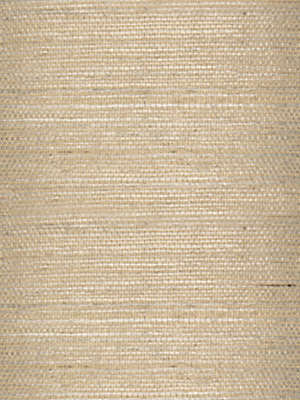
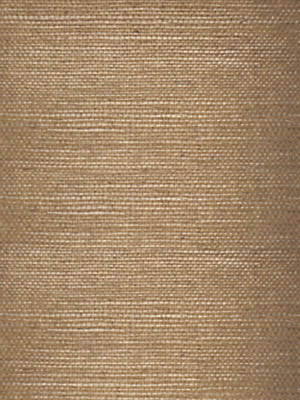
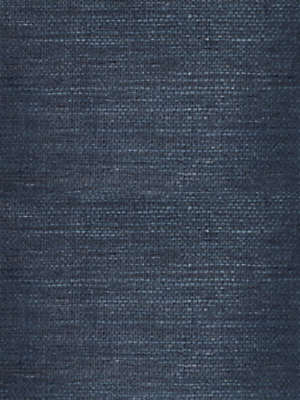
6. b.
Karanfil Block Print Wallpaper
Hand Block Printed
SC WP88560
Karanfil Block Print Wallpaper
Material Width: 21.25"
Horizontal Repeat: 7.125"
Vertial Repeat: 7.75"
(Image above is showing 7.125" wide detail)
Attributed to Turkey, Bursa
Silk, metal-wrapped thread, cut and voided velvet;
17th century
Theodore M. Davis Collection,
Bequest of Theodore M. Davis, 1915 30.95.142
The Karanfil Block Print is a tribute to a 17th-century Turkish panel in the Museum’s Islamic art collection. The original source is a cut velvet featuring repeating stylized carnations. The carnation motif present on both the original textile and our wallpaper is a Turkish symbol of life.
This wallpaper is hand-printed with wood blocks on non-woven paper to create an eye-catching piece of art for the wall.
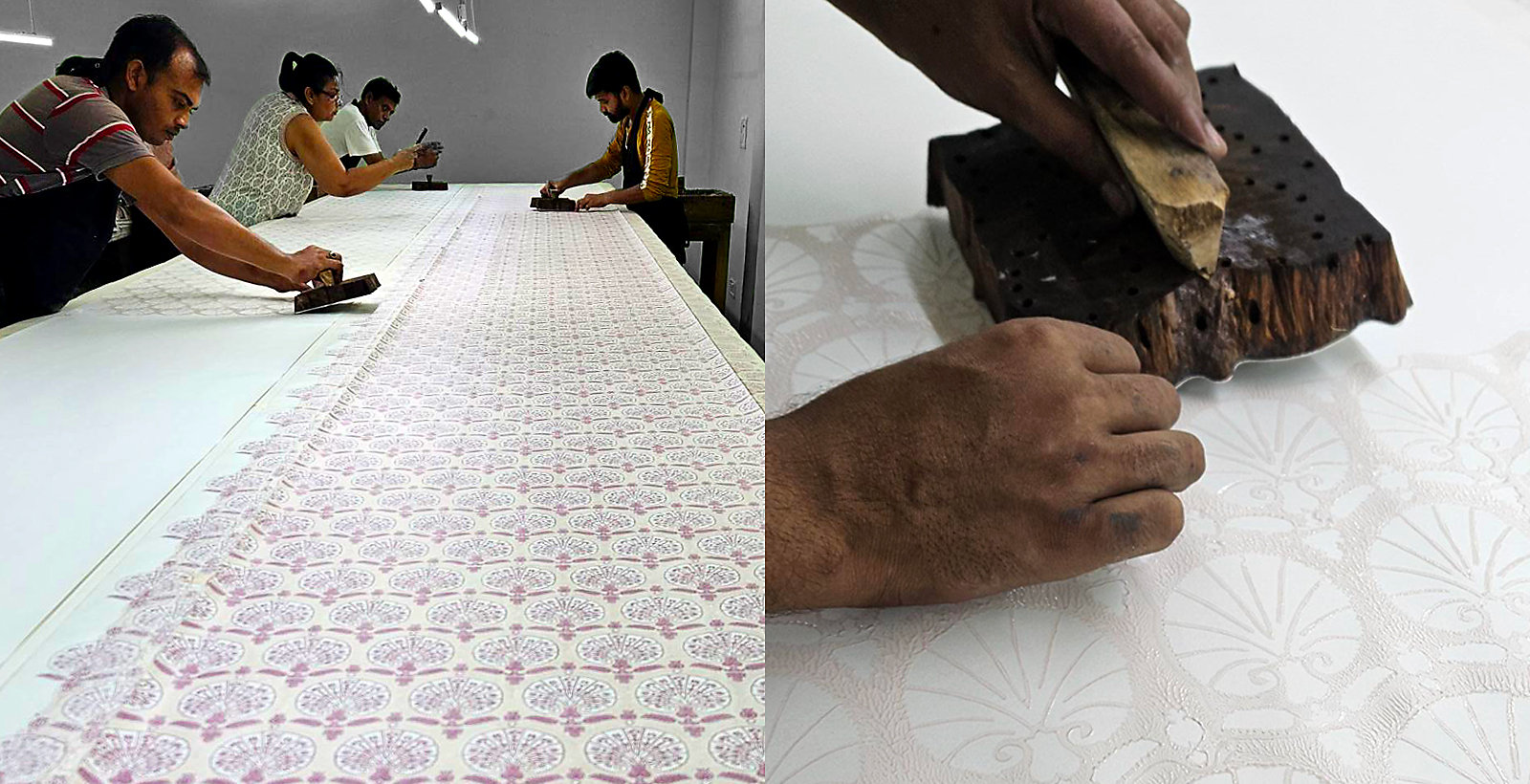
Karanfil Block Print Wallpaper
Click on the product below to learn more, request memos, place a reserve or order yardage.
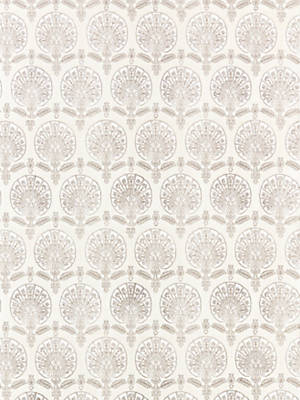

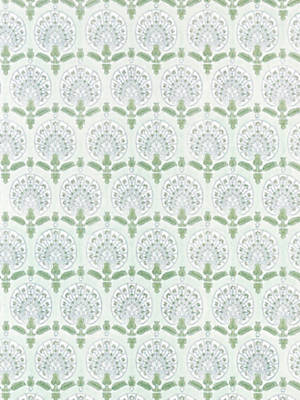
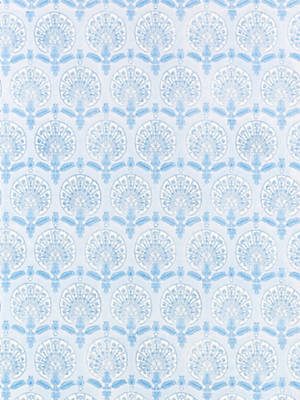

6. c.
Kemha Woven
SC 27326
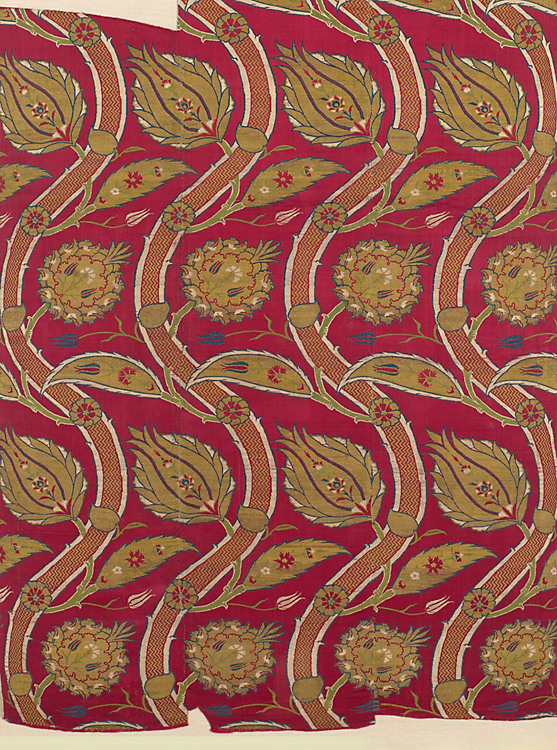
Fragmentary Loom Width with Wavy-Vine Pattern
Attributed to Turkey, probably Istanbul
Silk, metal-wrapped thread, lampas (kemha);
ca. 1565–80
Purchase, Joseph Pulitzer Bequest, 1952 52.20.21
Popular among the elite of 16th-century Istanbul, kemha weaves were spectacular, large-pattern silks that were favored materials for luxury garments. Their glimmering patterns in multi-weave designs catch light and create dimension in any space.
Inspired by the textiles of the Ottoman empire, Kemha Woven is a viscose-and-cotton weave that features recurring tulip and pomegranate motifs. Originating as wildflowers indigenous to eastern Persia and western Anatolia, now Turkey, tulips became a symbol of wealth, power, and the divine, while the pomegranate served as an emblem of prosperity and abundance.
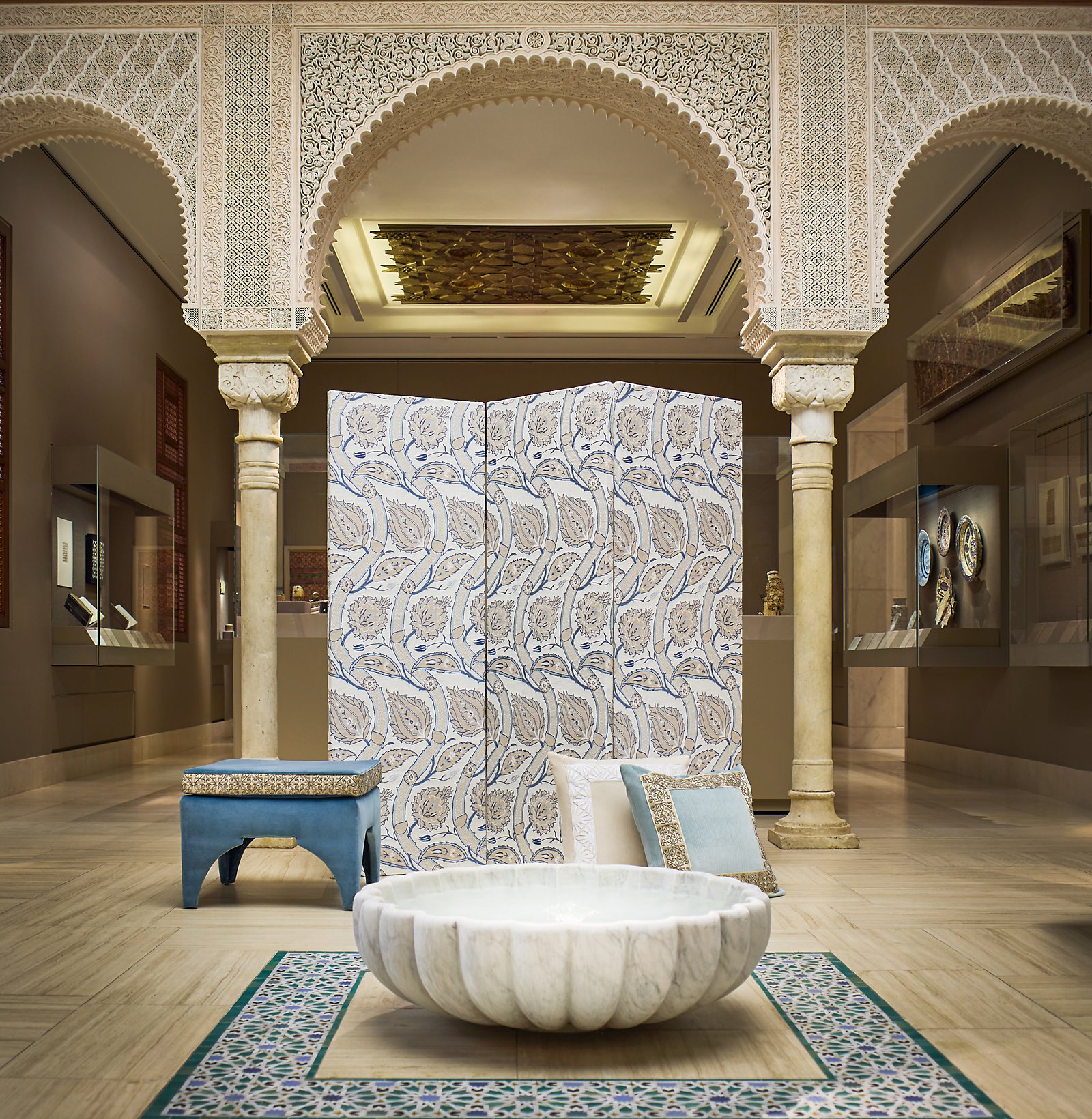
Kemha Woven
Click on the product below to learn more, request memos, place a reserve or order yardage.

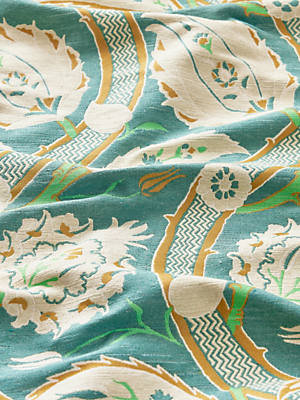
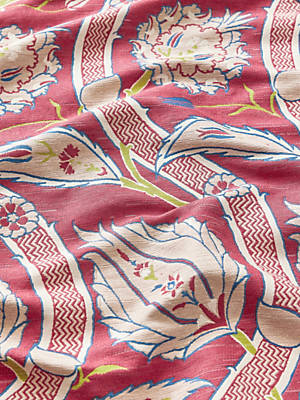

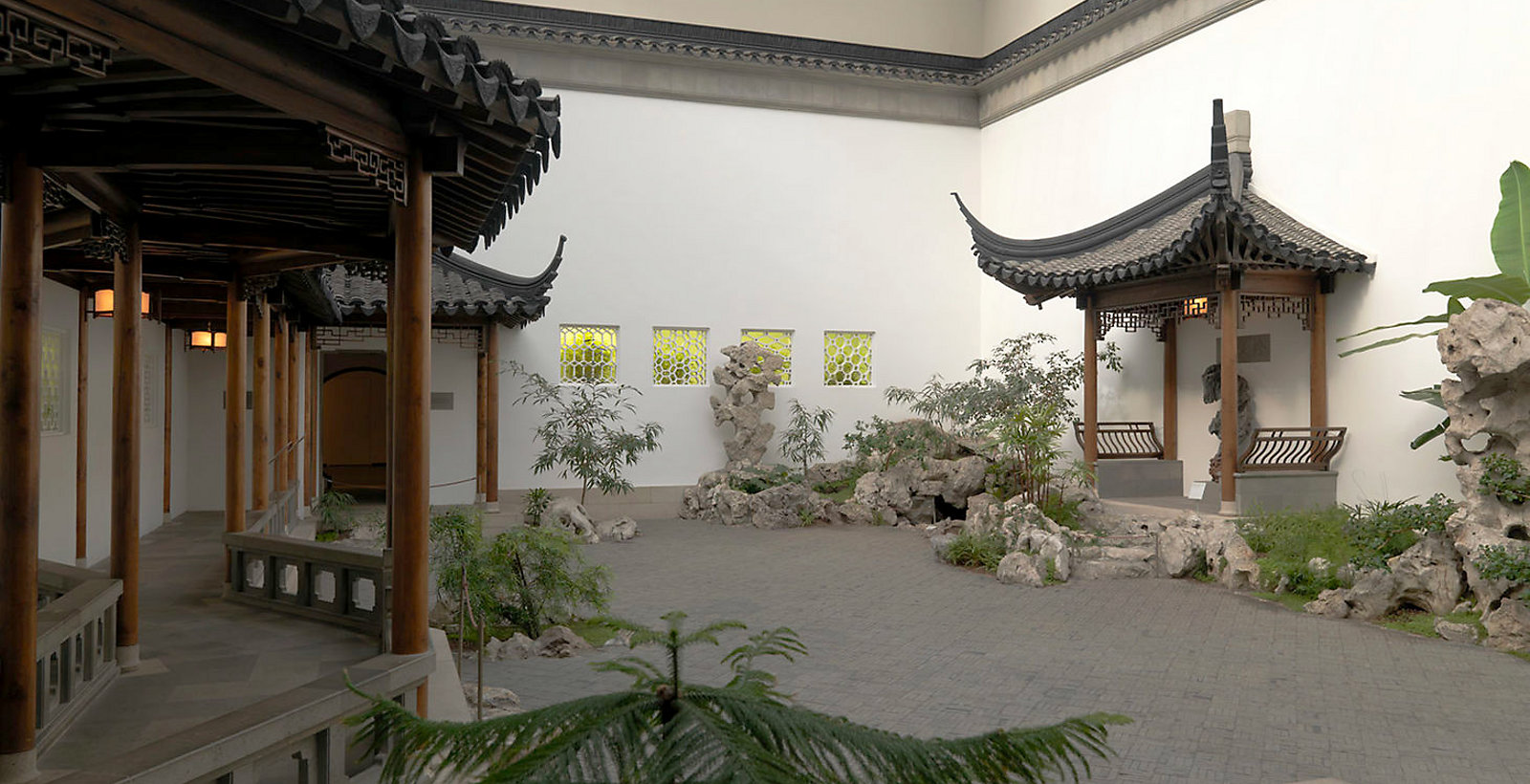
7.
Asian Art
The Department of Asian Art fulfills a unique role at The Met by representing the artistic achievements of six major cultural traditions that encompass 5,000 years of history, half the world's population, more than twenty modern nations, and a vast region that ranges from Afghanistan, the Indian subcontinent, and Southeast Asia across the Himalayas to China, Korea, and Japan.
The Met's collection of Asian art—more than 35,000 objects, ranging in date from the third millennium B.C. to the twenty-first century—is one of the largest and most comprehensive in the world. Each of the many civilizations of Asia is represented by outstanding works, providing an unrivaled experience of the artistic traditions of nearly half the world.
SCALAMANDRÉ OFFERINGS INSPIRED BY ASIAN ART
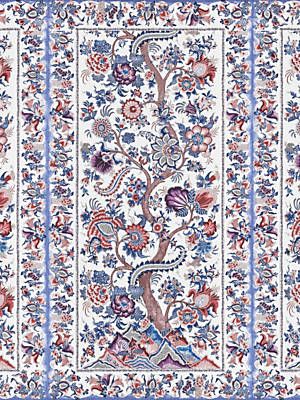

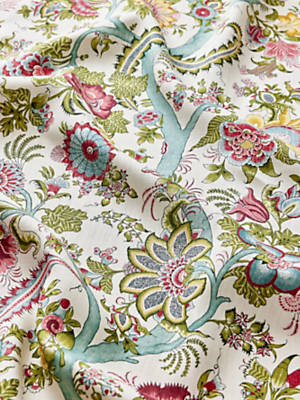
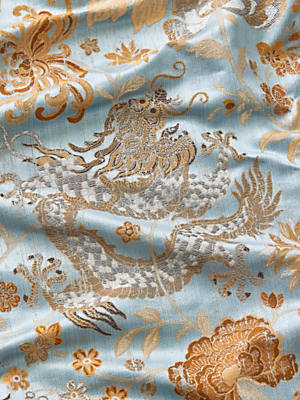
7. a.
Metropolitan Palampore – Mural
Print Wallpaper Mural with Trimmable Border
SC WP88567
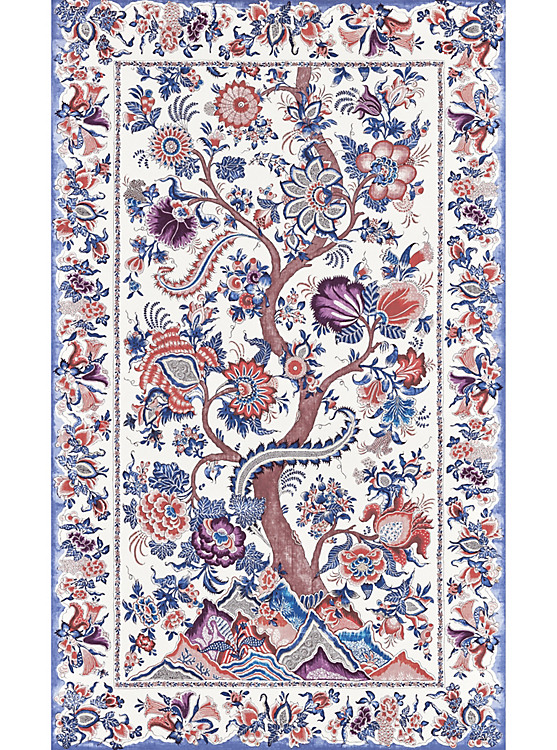
Metropolitan Palampore – Mural
Material Width: 54"
Horizontal Repeat: 54"
Vertical Repeat: 168" / 14'
In 18th-century Europe, Indian dyed cloths known as palampores were prized as hand-printed bed coverings and wall hangings. The inspiration for our pattern is a palampore featuring a flower-and-fruit-bearing serpentine tree emerging from a hillock with stylized peaks. Originally sourced to Sri Lanka, it was likely made for European communities in Batavia and Colombo, or for families of mixed European and Asian descent wishing to emulate Western taste.
The Metropolitan Palampore – Mural is a set-contained panel inside a floral border. A large serpentine tree surrounded by flora is digitally printed on non-woven paper and is a striking focal point in any room. The 14-foot-long panel can be resized for lower ceiling heights. To reduce the height of the mural, the top border may be cut off, straight under the floral garland. The center section of the mural may then be cropped to reduce it to the desired height. The top border will be placed back above the panel to sit at the top of the wall. The standard height of this wall panel is 14 feet (4.66 yards). The border height is 8.5". The bottom border and mountainous base together are 25" high. The center climbing tree section is 134.5" high. Within this section, the pattern vertical repeat is 60.5".
This pattern is also available in both a complementary fabric and wallpaper in four colorways.

Metropolitan Palampore – Mural
Print Wallpaper Panel with Trimmable Border
Click on the product below to learn more, request memos, place a reserve or order yardage.

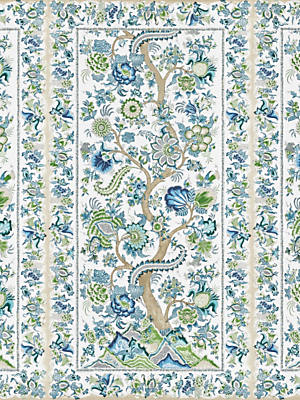
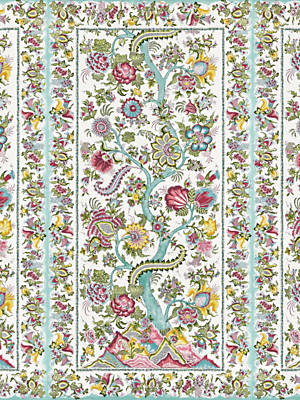

7. b.
Metropolitan Palampore
Print Wallpaper
SC WP88561
The Metropolitan Palampore Wallpaper is digitally printed on non-woven paper. It features a large-scale repeat pattern of the original motif featuring a serpentine tree surrounded by flora. This pattern is also available in both a complementary fabric and wall mural in various colorways.
Metropolitan Palampore - Print Wallpaper
Click on the product below to learn more, request memos, place a reserve or order yardage.

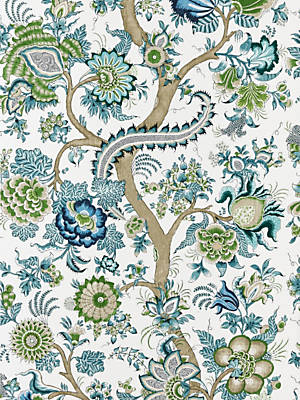
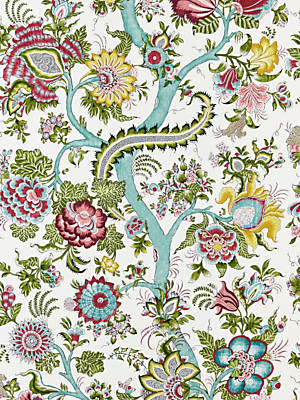
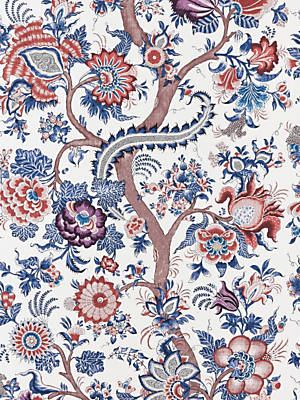
7. c.
Metropolitan Palampore Print
Print Fabric
SC 16649
The Metropolitan Palampore Print features an elemental design depicting a flower-and-fruit-bearing tree, which is digitally printed on a cotton-and-linen blend to ensure clean precision and detail in every roll. This pattern is also available in both a complementary wallpaper and wall mural in various colorways.
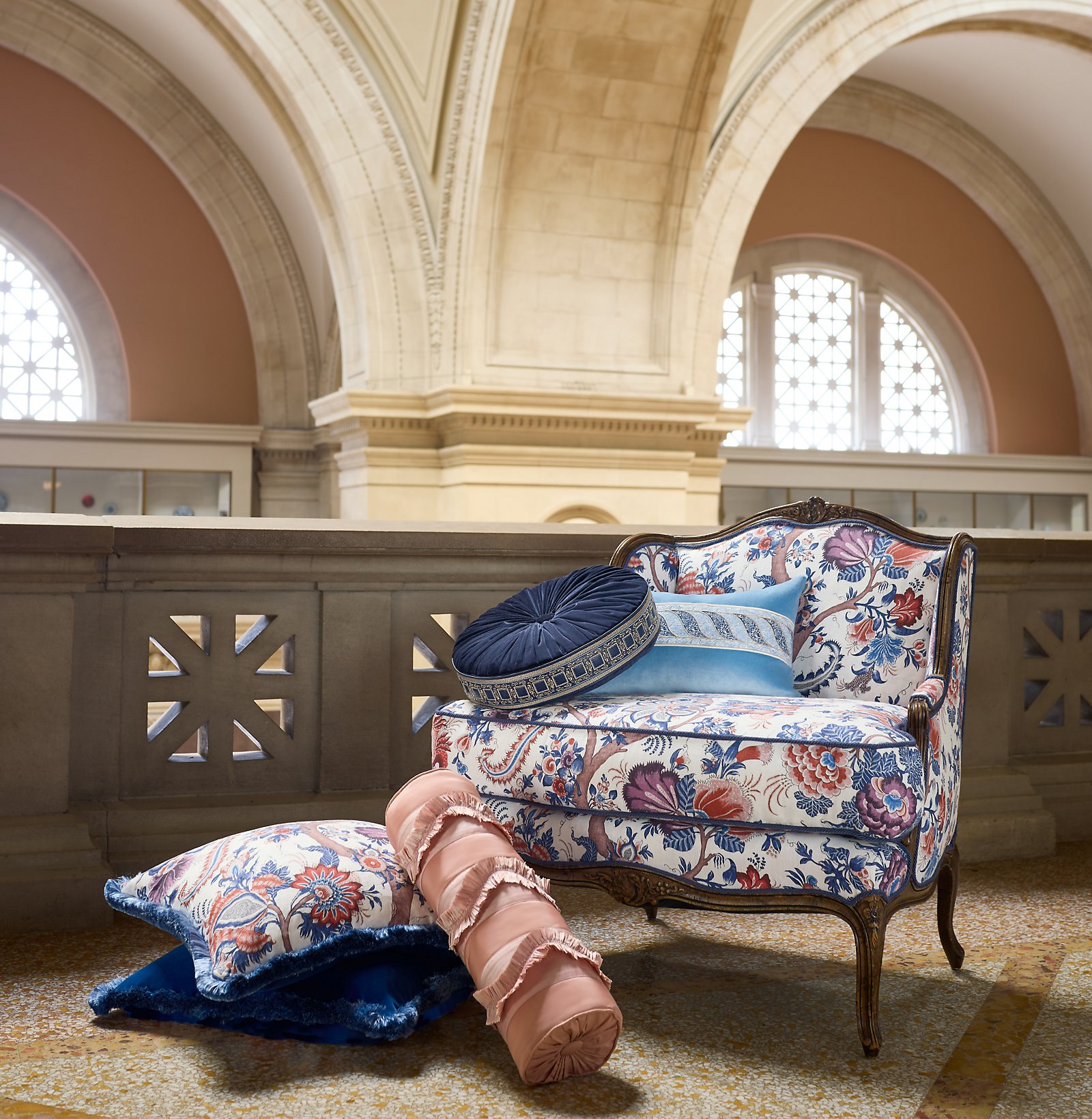
Metropolitan Palampore Print - Print Fabric
Click on the product below to learn more, request memos, place a reserve or order yardage.
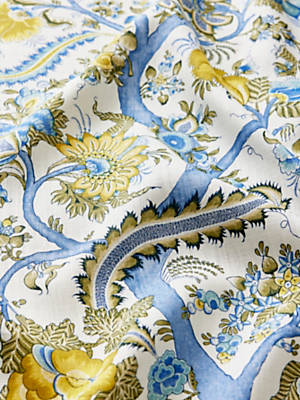
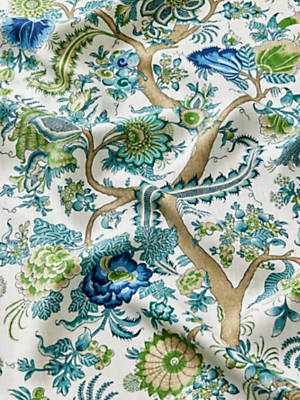

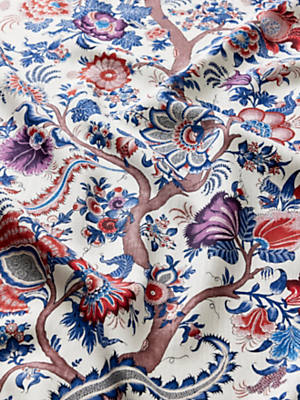
7. d.
Dragon Tableau
Brocaded Jacquard
SC 27327
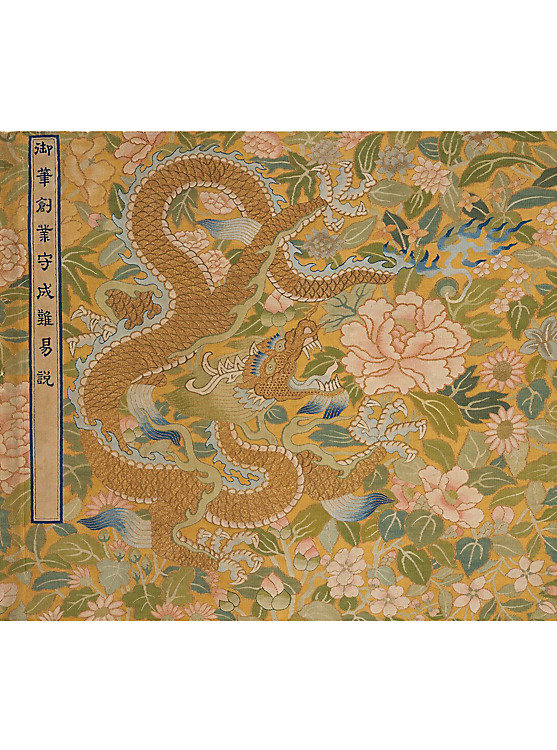
Scroll Cover for Imperial Calligraphy
China
Silk and metallic thread tapestry (kesi);
Qing dynasty (1644–1911), Qianlong period (1736–95)
Fletcher Fund, 1941 41.123.2
Inspired by a woven scroll cover produced to accompany the Qianlong emperor’s calligraphy, the Dragon Tableau fabric celebrates the visual culture of the Qing dynasty, the last in China’s imperial history. In Chinese culture, the dragon represents good luck, strength, and health. Our textile features both a four- and five-clawed dragon—the four-clawed dragon denoting lower ranks, and the five-clawed dragon representing the emperor.
Our Dragon Tableau is a brocaded jacquard fabric that is suitable for curtains, light upholstery, and even walling.
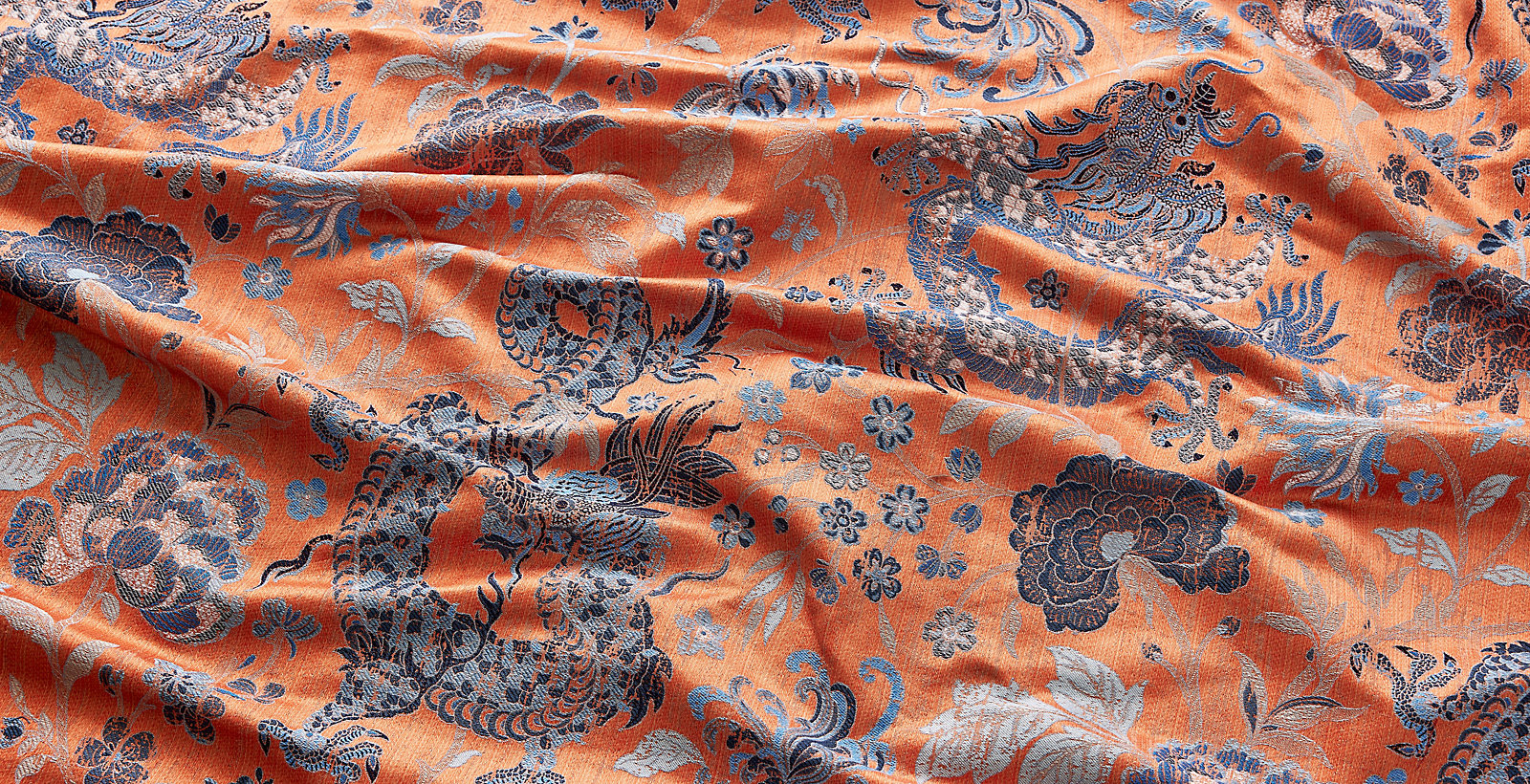
Dragon Tableau
Click on the product below to learn more, request memos, place a reserve or order yardage.


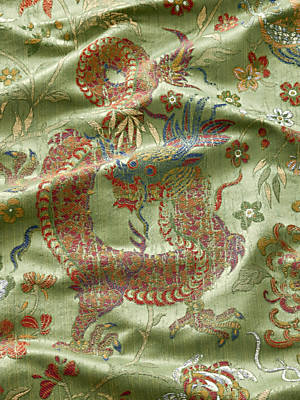



8.
African Art in The Michael C. Rockefeller Wing
In 1969 Nelson Rockefeller announced the gift of his collection of some five hundred works from sub-Saharan Africa to The Met. These were mostly figurative sculpture from West and Central Africa. The Michael C. Rockefeller Wing, which was built to display the collection, opened to the public in 1982, and is now temporarily closed in preparation for the exciting new renovation project which will reenvision these collections for a new generation of visitors. Since its founding, additional gifts have deepened the collection and expanded its parameters, reflecting the importance of recognizing the innovative nature of historical traditions in our own time and major idioms of visual expression ranging from textiles to Ethiopian Christian art and decorative arts from southern Africa.
8. a.
Kasai Velvet
Patterned Cut & Un-cut Velvet
SC 27323
Kuba peoples, Democratic Republic of the Congo
Raffia palm fiber, 1900 (?)
Gift of William B. Goldstein, 1999 1999.522.14
Our Kasai Velvet takes inspiration from a woman’s overskirt made by the Kuba peoples of the Democratic Republic of the Congo. Kuba textiles are a long-standing tradition, significant as emblems of rank and noted for the complexity of their design and surface decoration. Featuring a raffia tabby weave, The Met’s textile is transformed into a unique, soft velvet.
Kasai Velvet adapts the geometric and linear motifs on the original for a luxe and multi-dimensional textile. Its cotton-and-viscose composition and varying pile afford both a shine and matte effect.

Kasai Velvet
Click on the product below to learn more, request memos, place a reserve or order yardage.
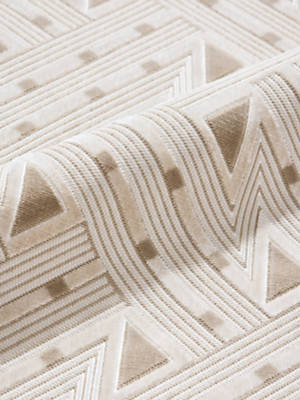
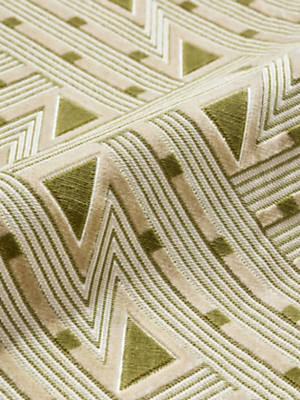
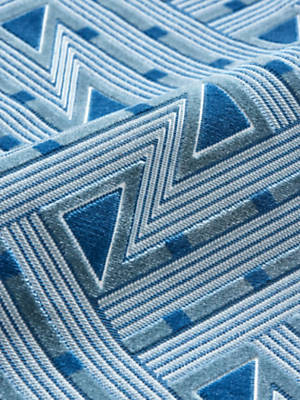
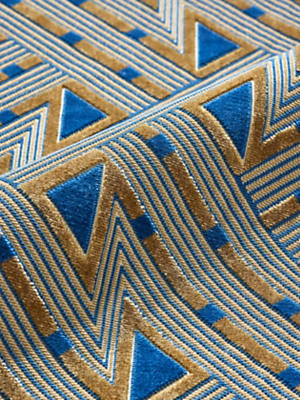
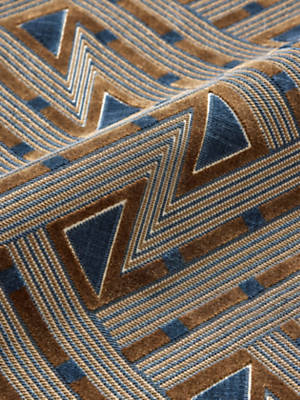


9.
Egyptian Art
The Met collection of ancient Egyptian art consists of approximately 26,000 objects of artistic, historical, and cultural importance, dating from the Paleolithic to the Roman period (ca. 300,000 B.C.–A.D. 4th century). More than half of the collection is derived from the Museum's thirty-five years of archaeological work in Egypt, initiated in 1906 in response to increasing Western interest in the culture of ancient Egypt.
9. a.
Amarna Embellished Tape
Beaded & Embroidered
SC T3336
From Egypt, Middle Kingdom
Faience, gold, carnelian, turquoise; falcon heads
and leaf pendants originally gilded plaster, restored
in gilded silver; eyes originally gilded beads, restored
in gilded plaster; ca. 1850–1775 B.C.
Rogers Fund, 1908 08.200.30
Inspired by a broad collar belonging to an ancient Egyptian noblewoman named Senebtisi, this tape mimics the brilliant colors and design intricacy seen on The Met’s adornment from the Middle Kingdom. In the early Egyptian dynasties, jewelry was made of colored pebbles. These were gradually replaced by glazed beads and semiprecious stones such as turquoise and carnelian, both of which are displayed on this collar in a linear pattern along with two falcon heads, which symbolize divine kingship.
This trim is embroidered on a linen ground with multicolor viscose and intricate beading to add depth and elegance.

Amarna Embellished Tape
Click on the product below to learn more, request memos, place a reserve or order yardage.
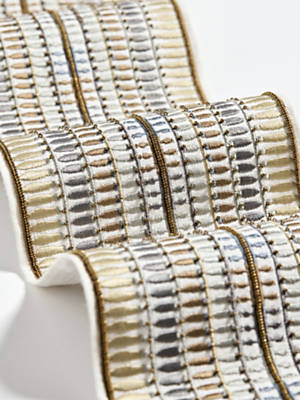
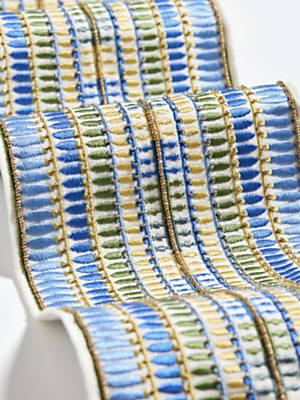
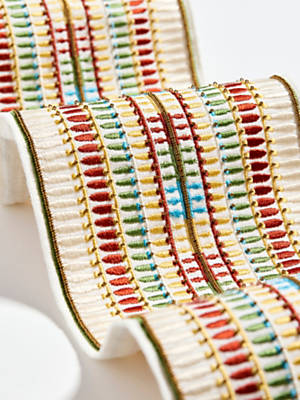
IE - Unsupported Browser
The website is only compatible with Google Chrome, Safari, Firefox and IE – Edge and above browsers.

INTERIOR DESIGNERS
Don’t have an account with us yet? OPEN A TRADE ACCOUNT and shop our extensive product offering with trade pricing and perks. It’s quick, we promise!
GENERAL PUBLIC
If you are a Scalamandré fanatic and want to shop our iconic designs and luxury finished goods, our RETAIL website is where you have access to it all... RED FROM SCALAMANDRÉ.
ACCOUNT HOLDER SIGN IN
If you already have a trade account, but you don't have web access. REQUEST A NEW LOGIN.








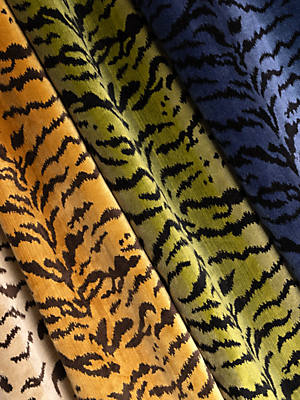

 1.800.932.4361
1.800.932.4361 LIVE CHAT
LIVE CHAT SHOWROOMS / SALES REPS
SHOWROOMS / SALES REPS INSTAGRAM
INSTAGRAM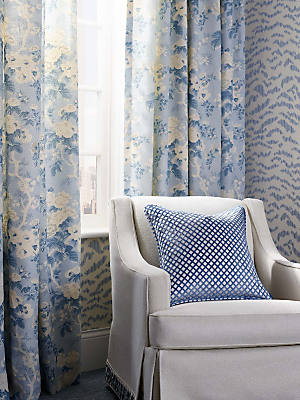










 Aldeco
Aldeco

 Colony
Colony Houlès
Houlès Fischbacher 1819
Fischbacher 1819 James Hare
James Hare Jannelli & Volpi
Jannelli & Volpi Jean Paul Gaultier
Jean Paul Gaultier JWall
JWall Lark Fontaine
Lark Fontaine Lelièvre Paris
Lelièvre Paris Marimekko
Marimekko The Mural Source
The Mural Source Nicolette Mayer
Nicolette Mayer Sandberg
Sandberg Tassinari & Chatel
Tassinari & Chatel Bella Figura Lighting
Bella Figura Lighting Swaim Furniture
Swaim Furniture Tomlinson Furniture
Tomlinson Furniture







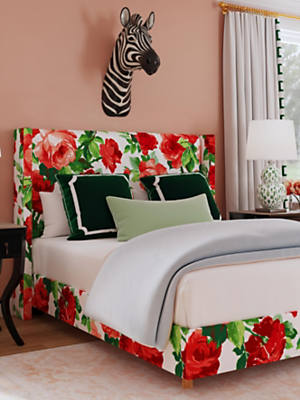







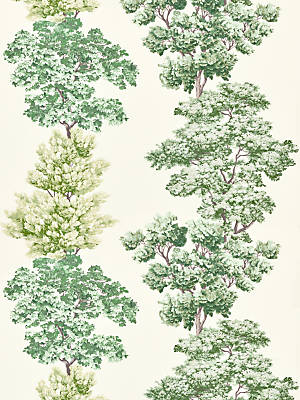
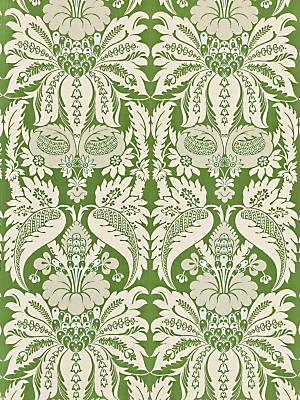
















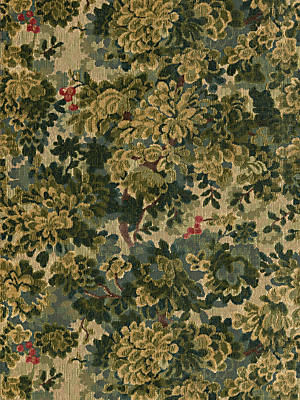
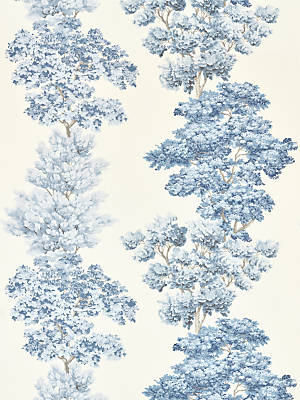
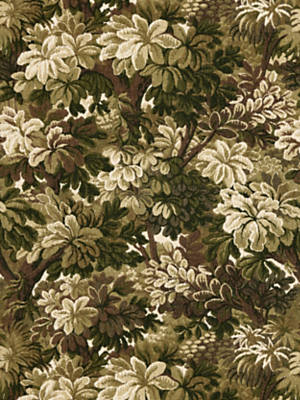
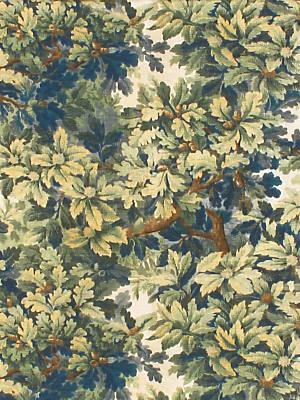
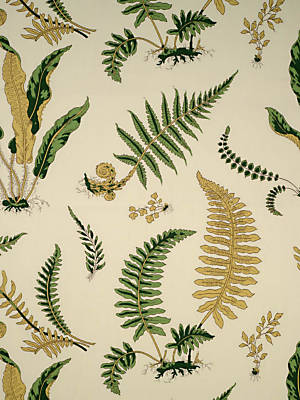
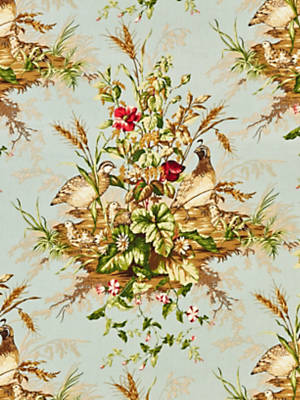
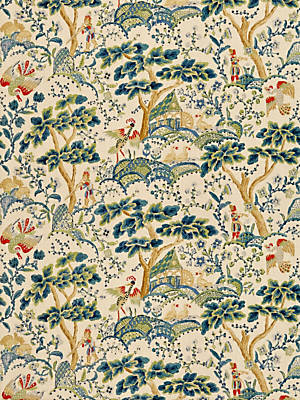
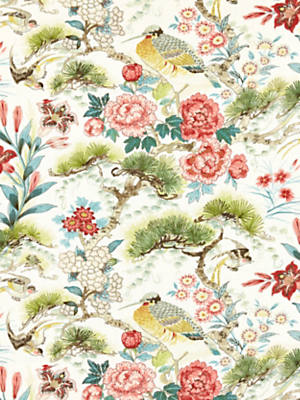
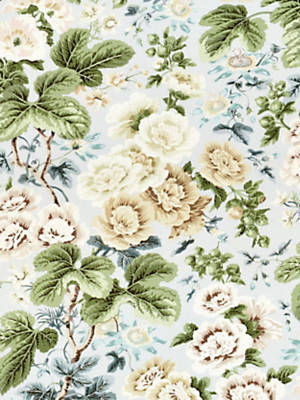
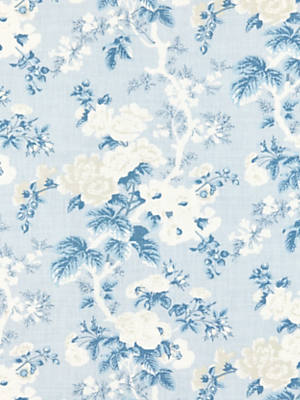
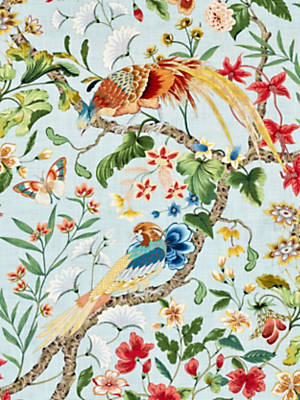
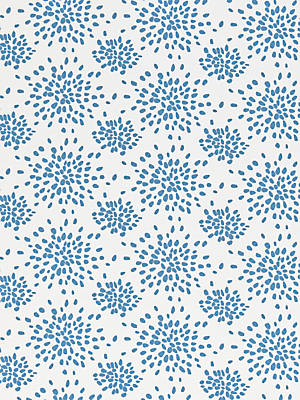
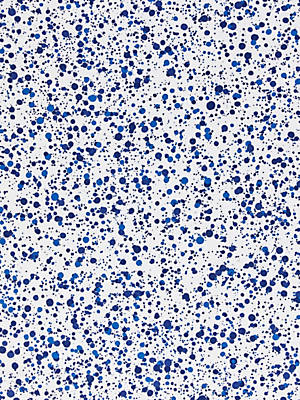

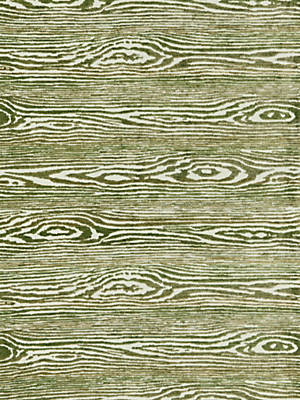

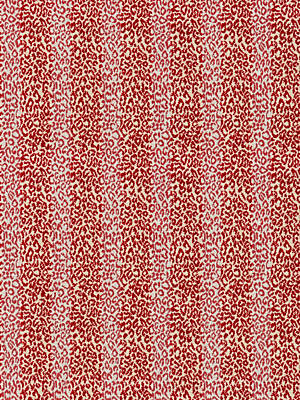
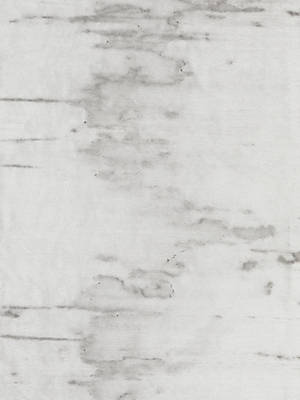



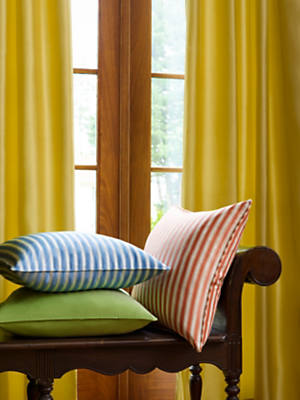


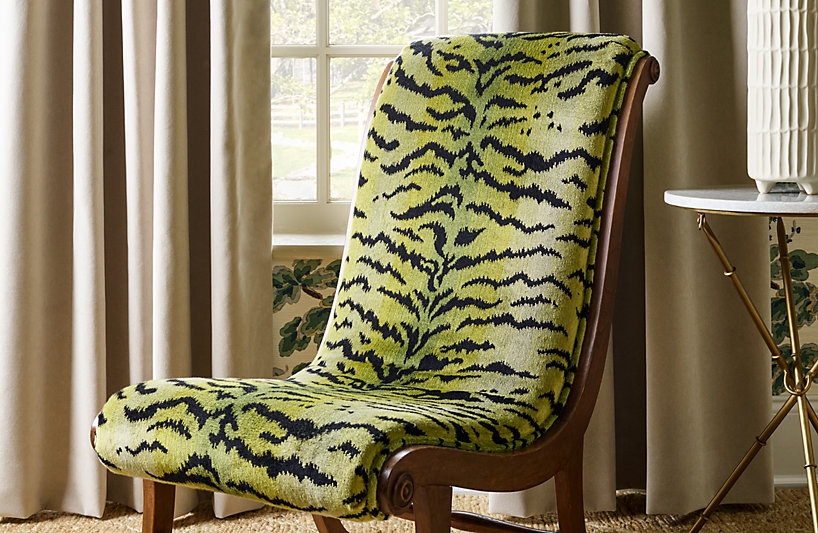 Animal Patterns
Animal Patterns










 SCALAMANDRÉ
SCALAMANDRÉ

































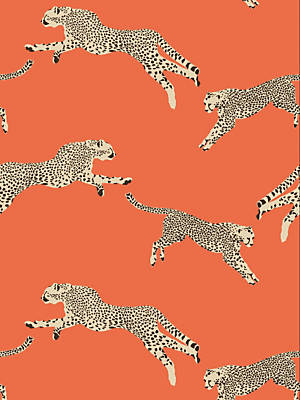

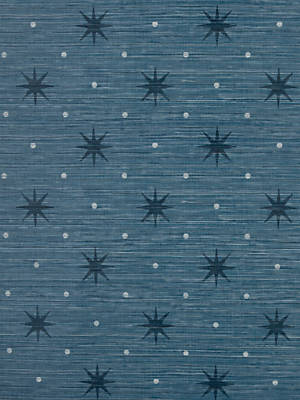
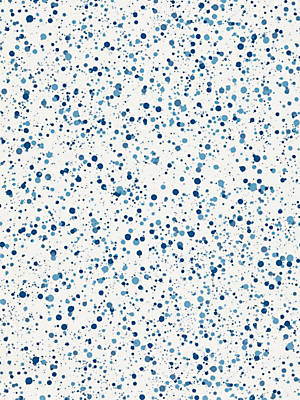

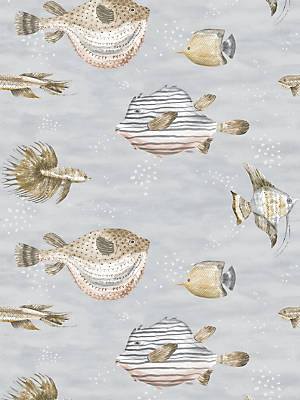
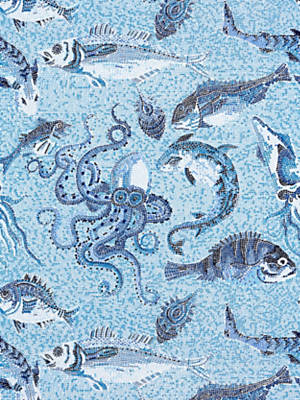
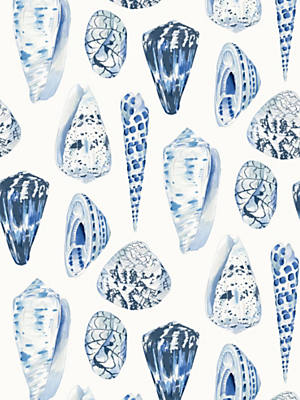
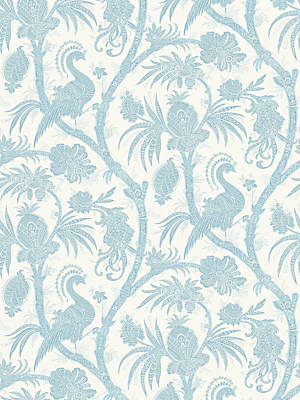
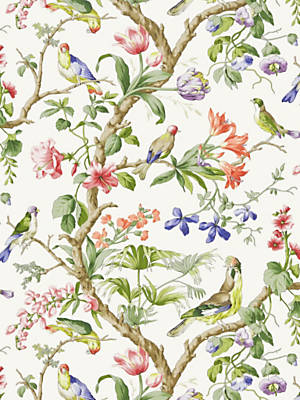
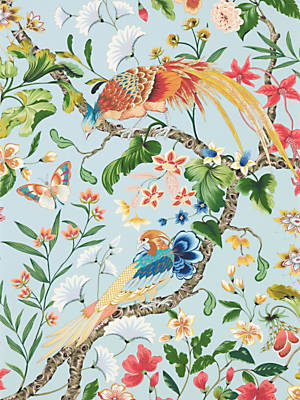

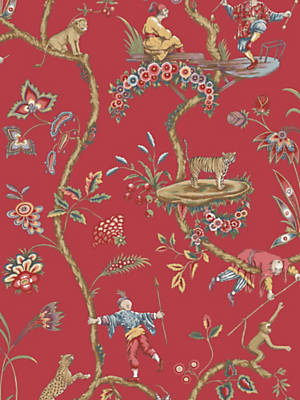
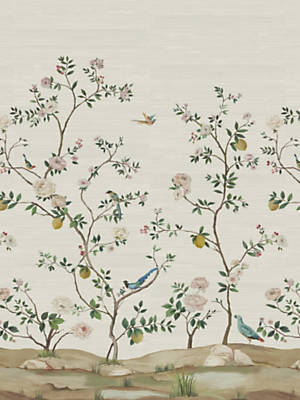
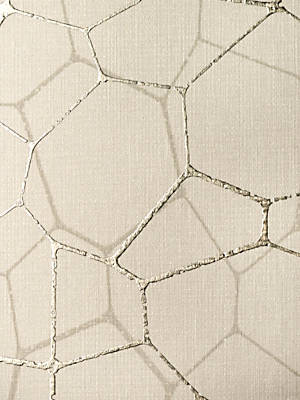
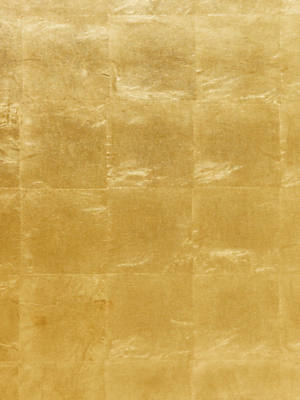

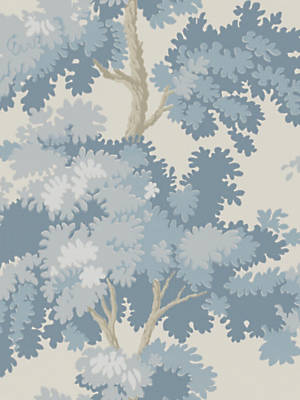
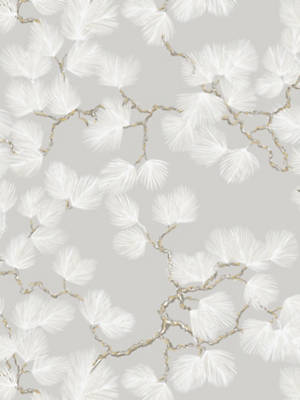
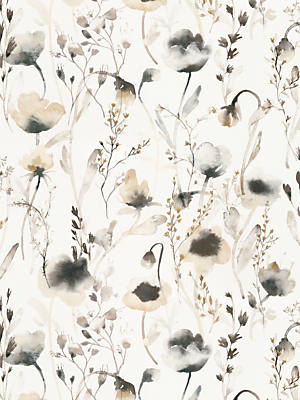
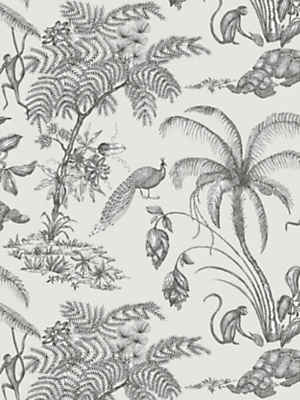
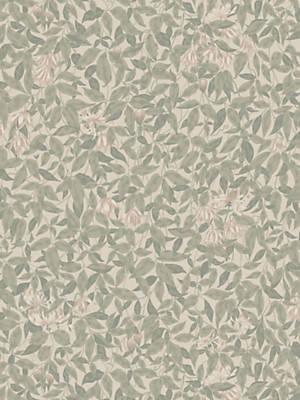

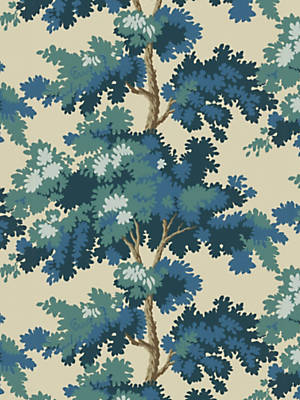





 Scalamandré
Scalamandré












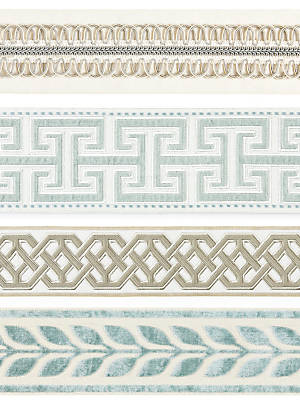
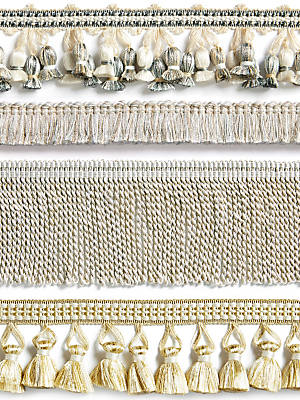
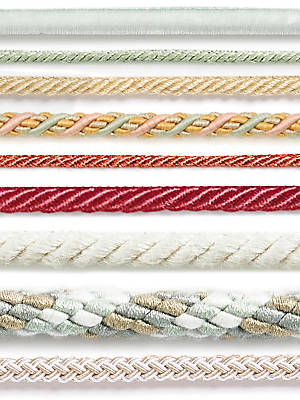
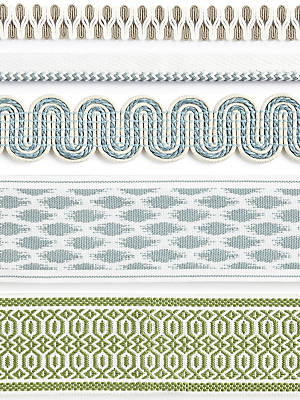



























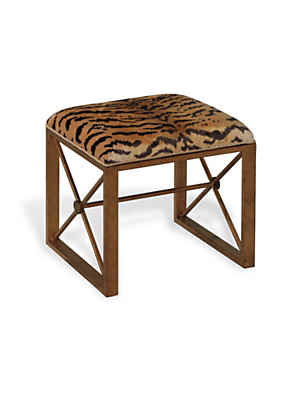
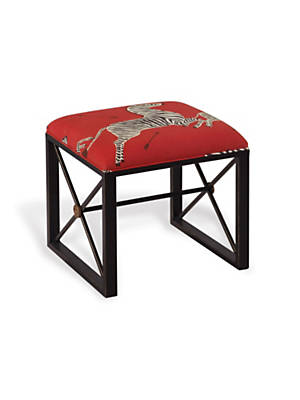




















 START DESIGNING YOUR OWN
START DESIGNING YOUR OWN